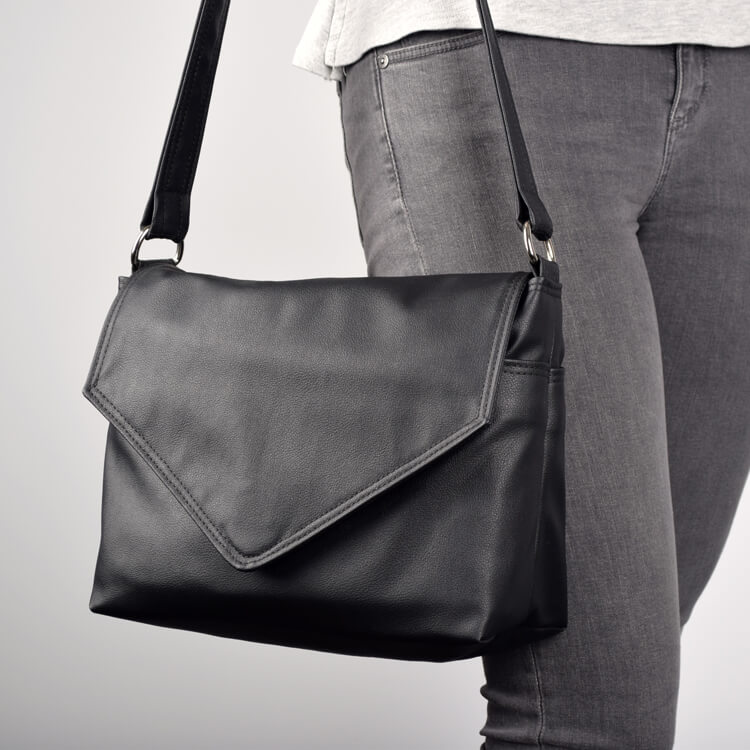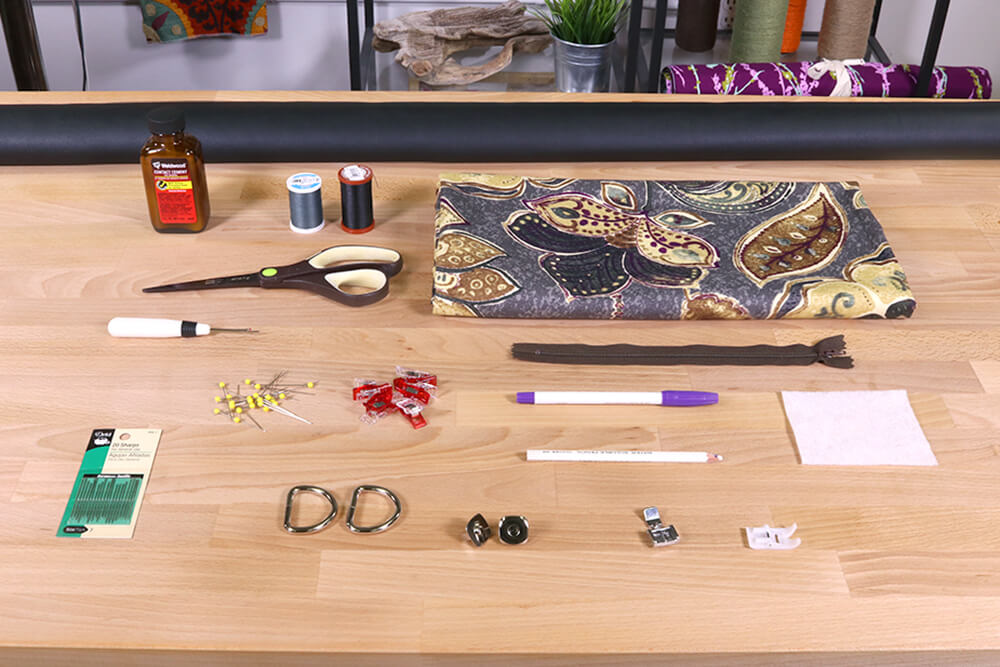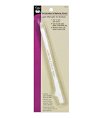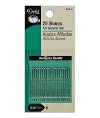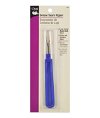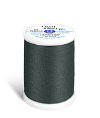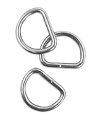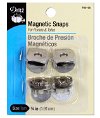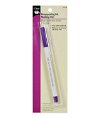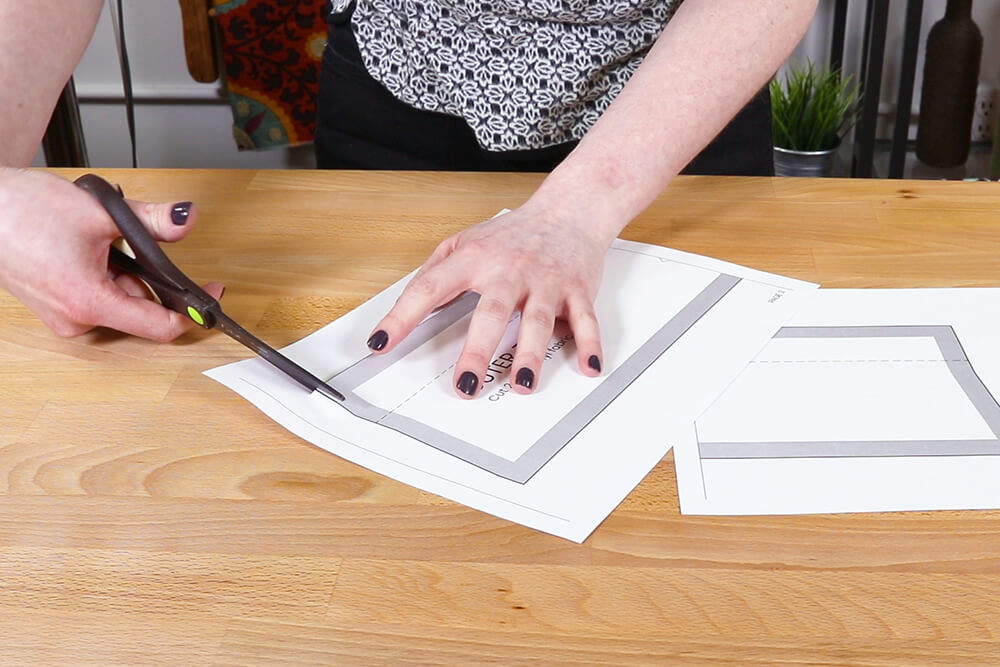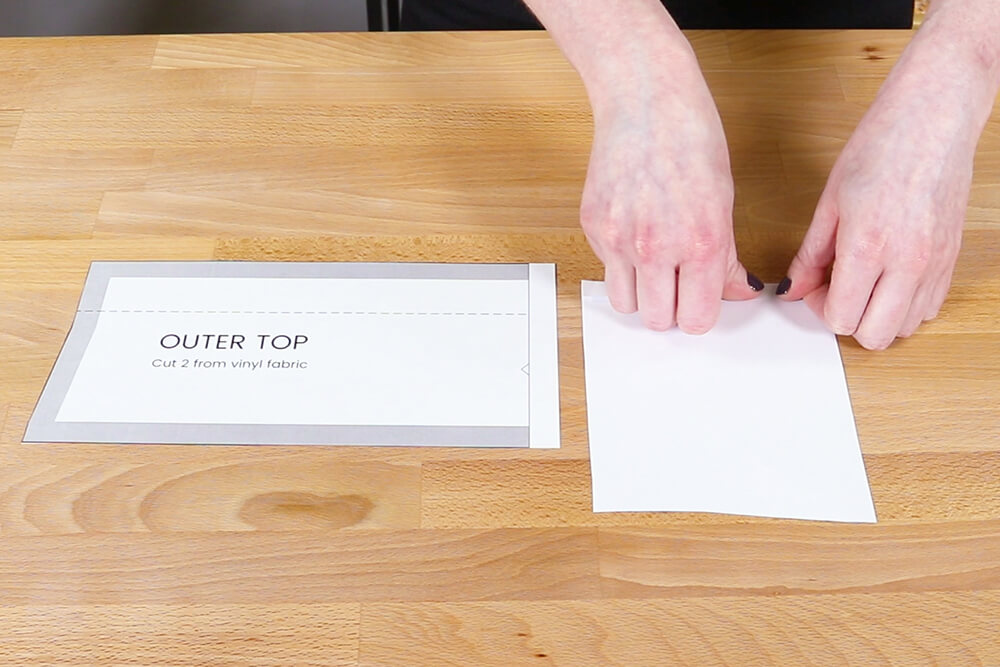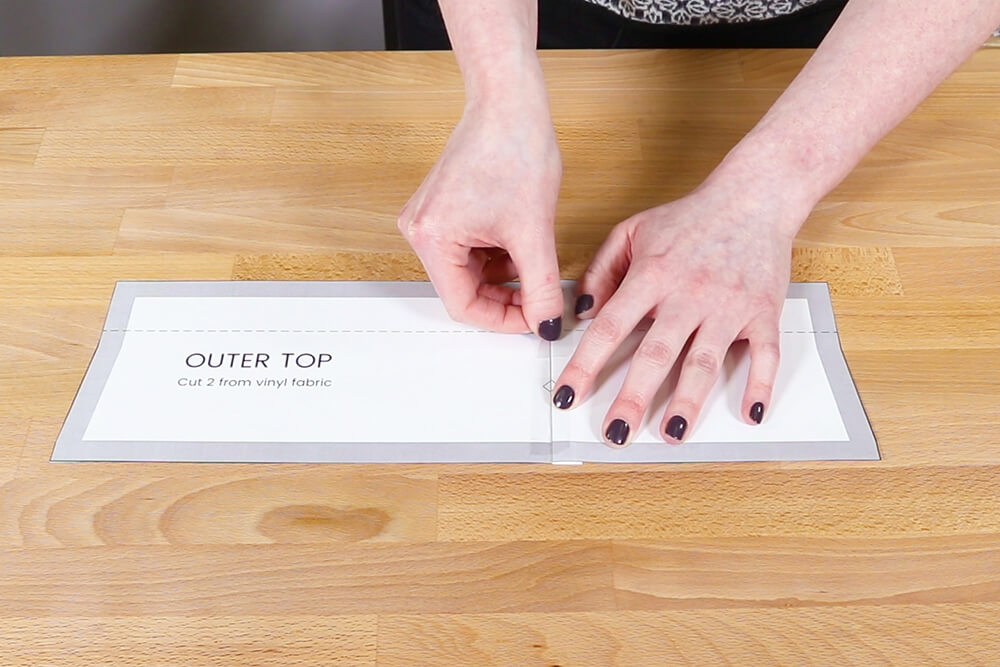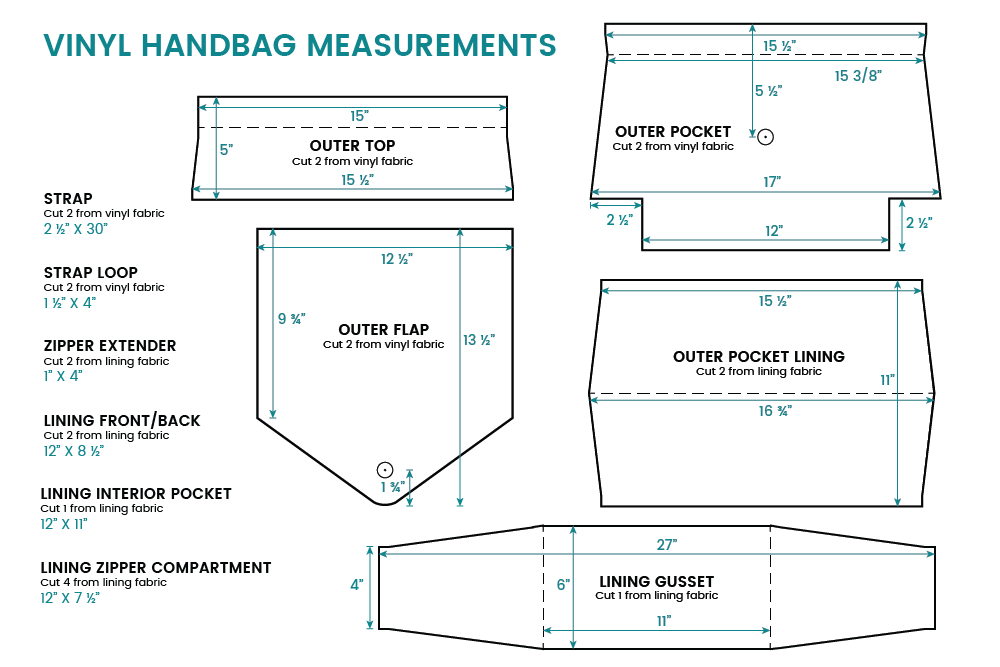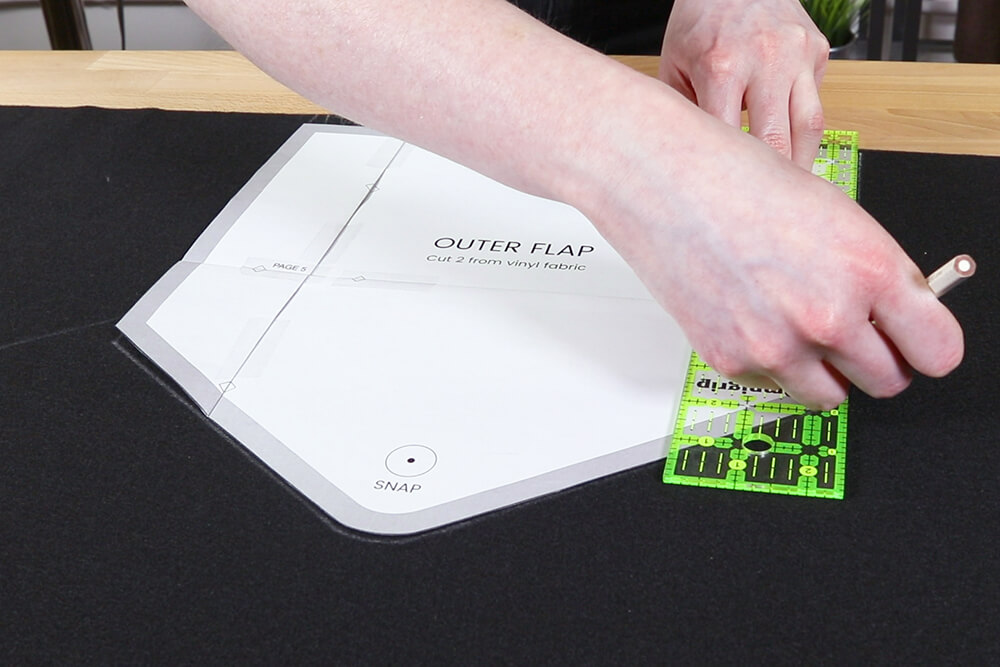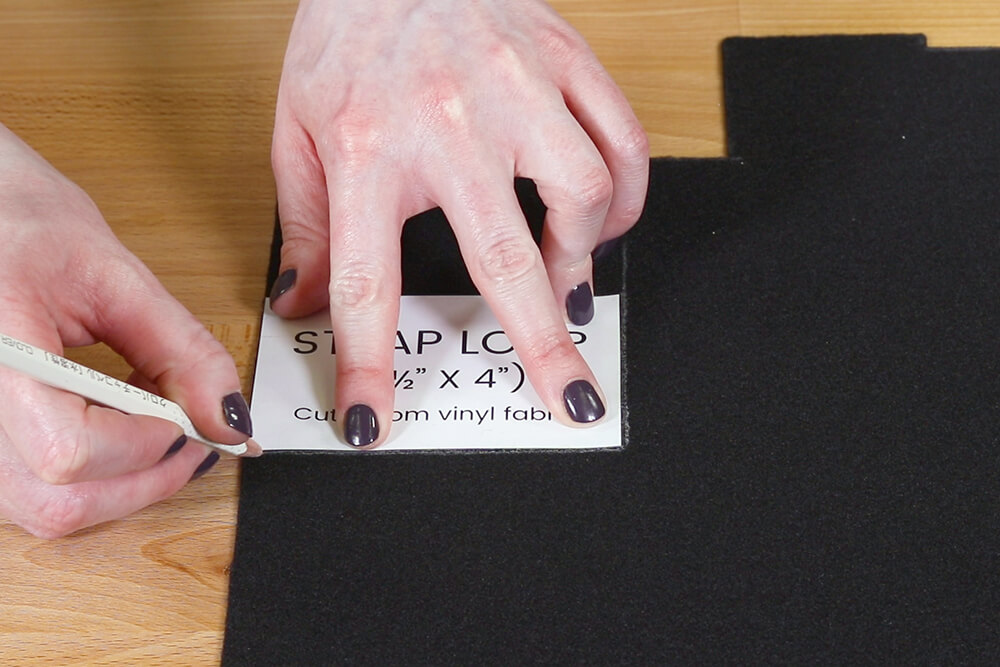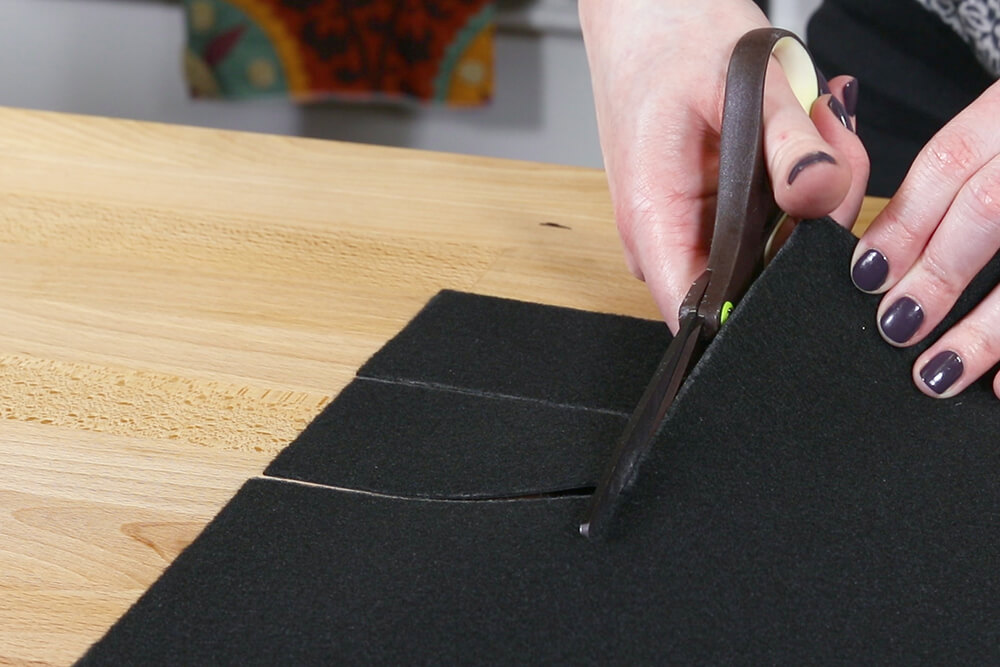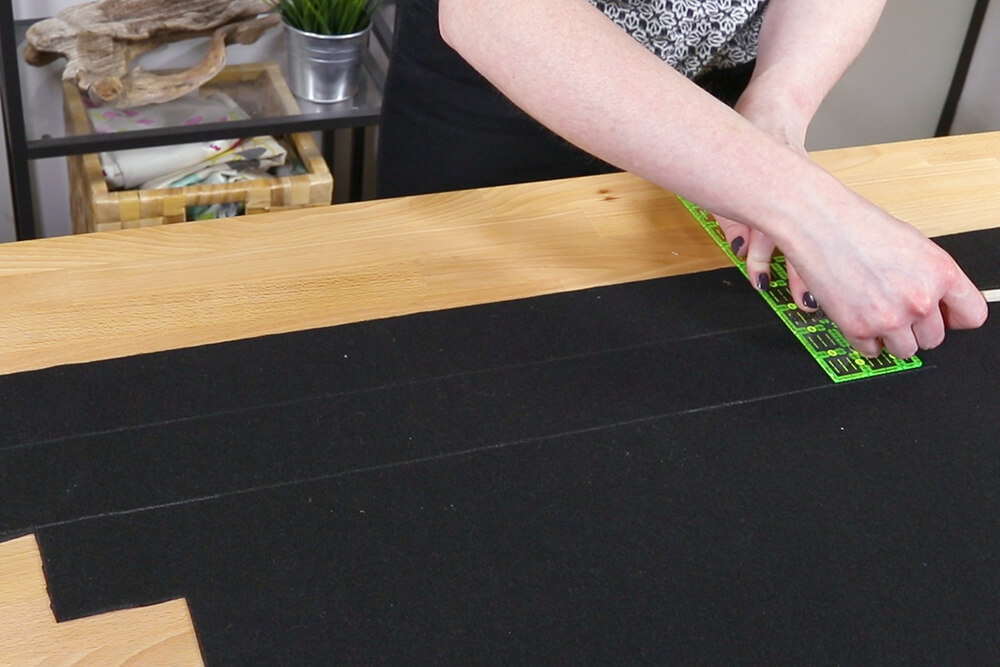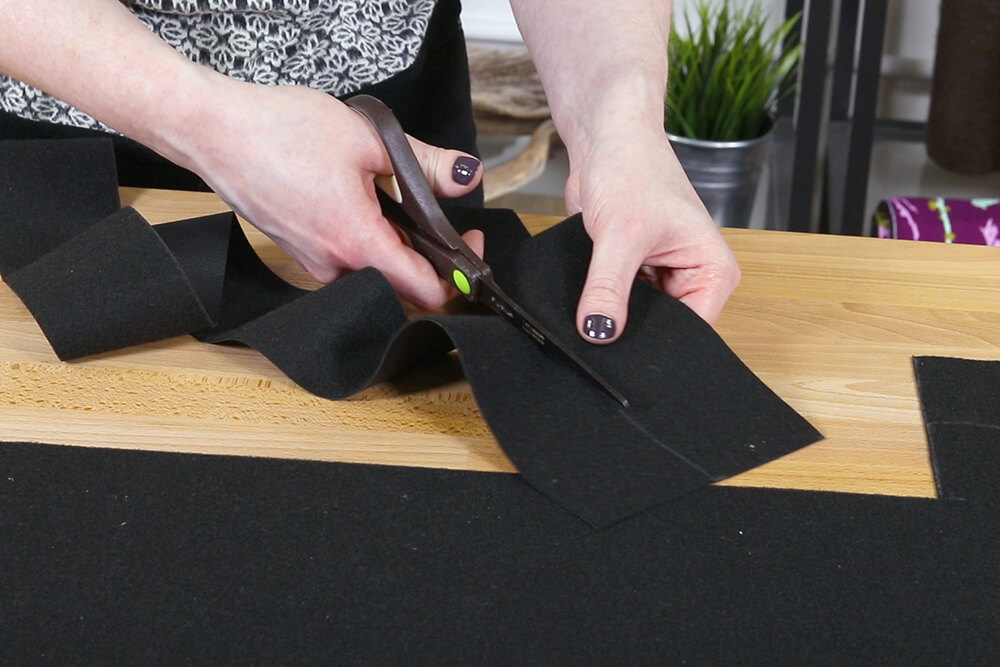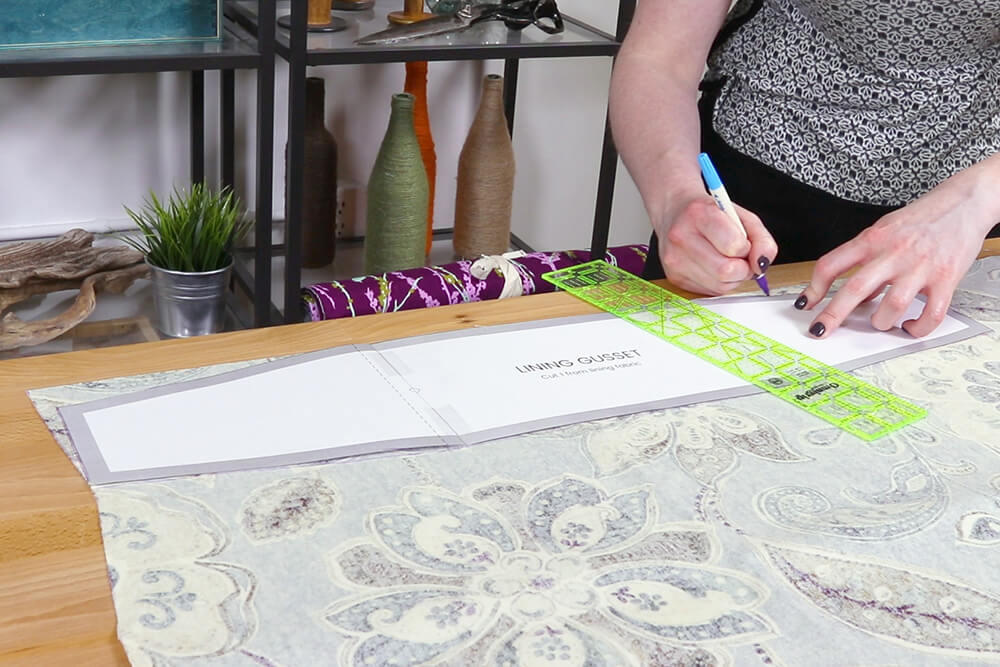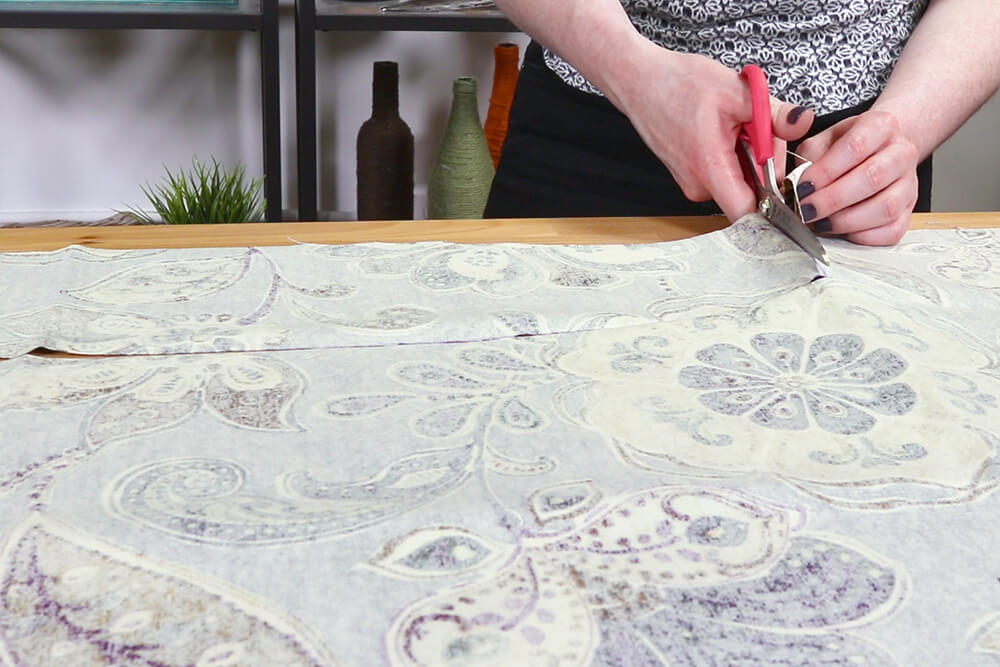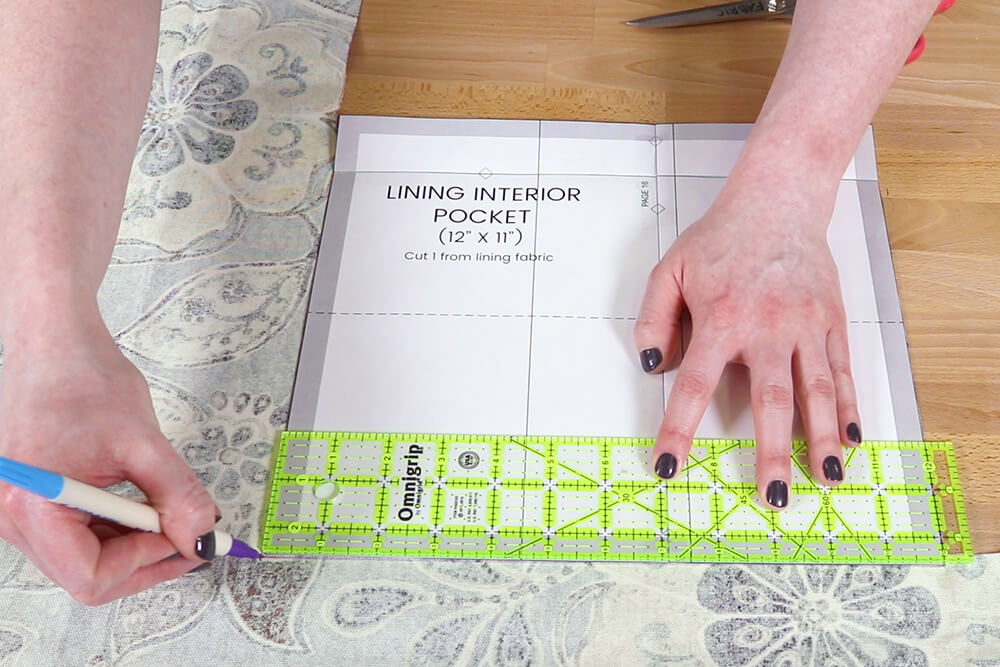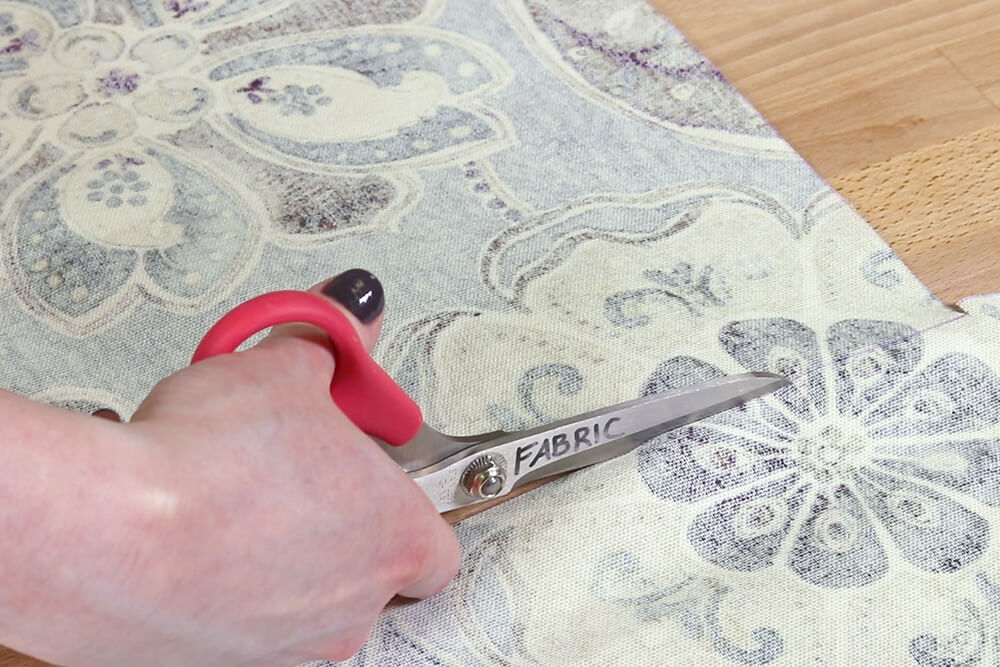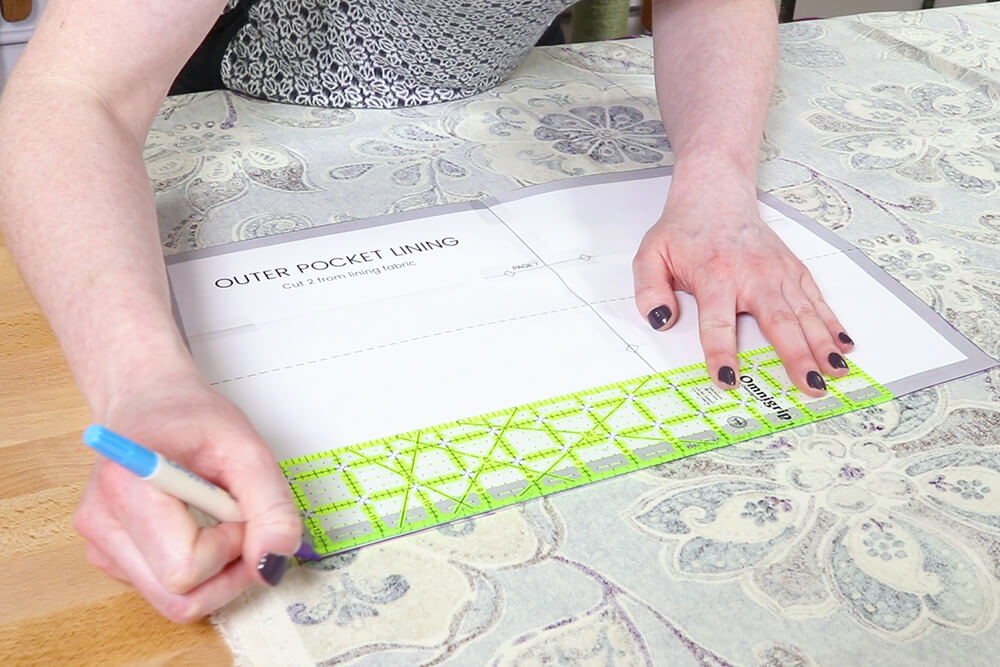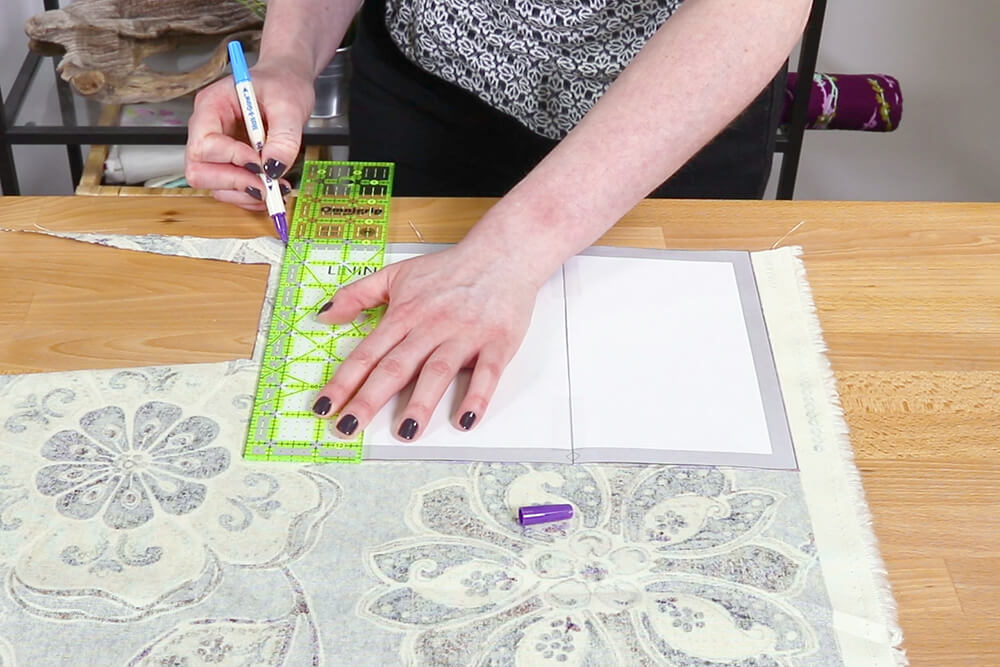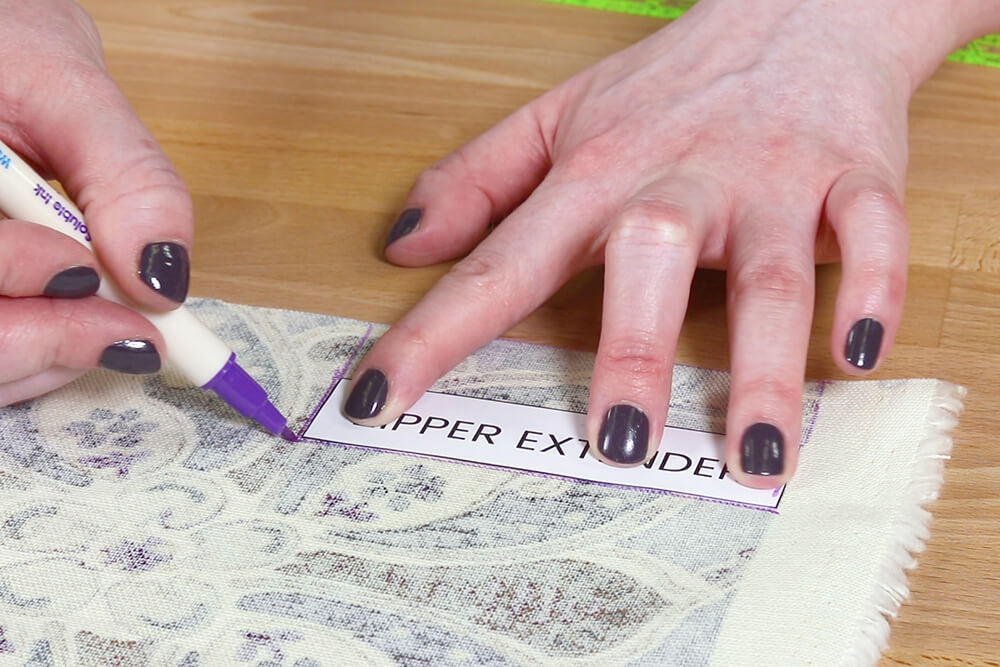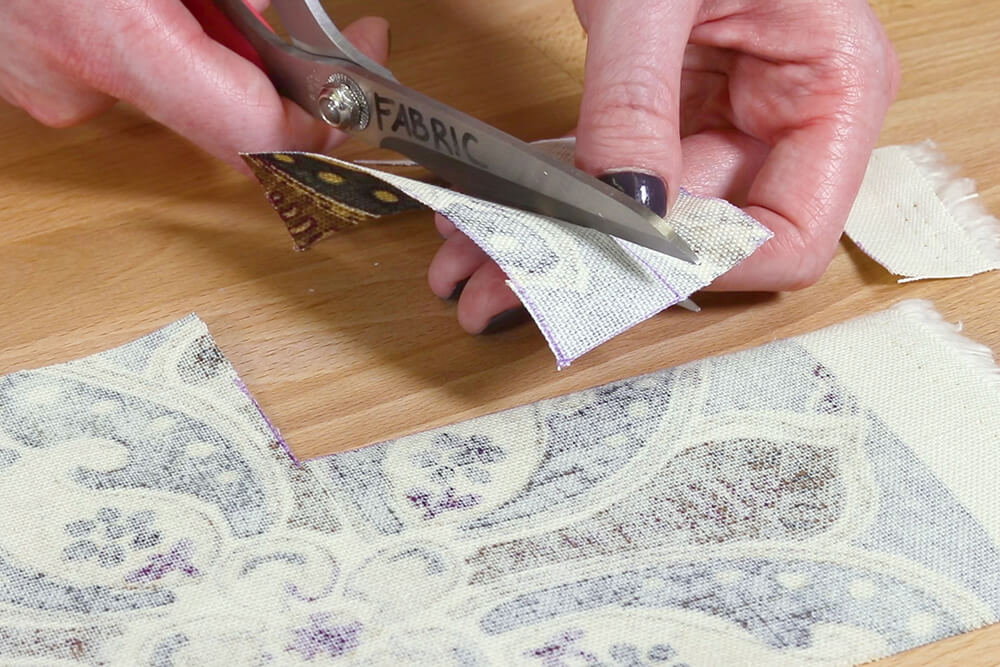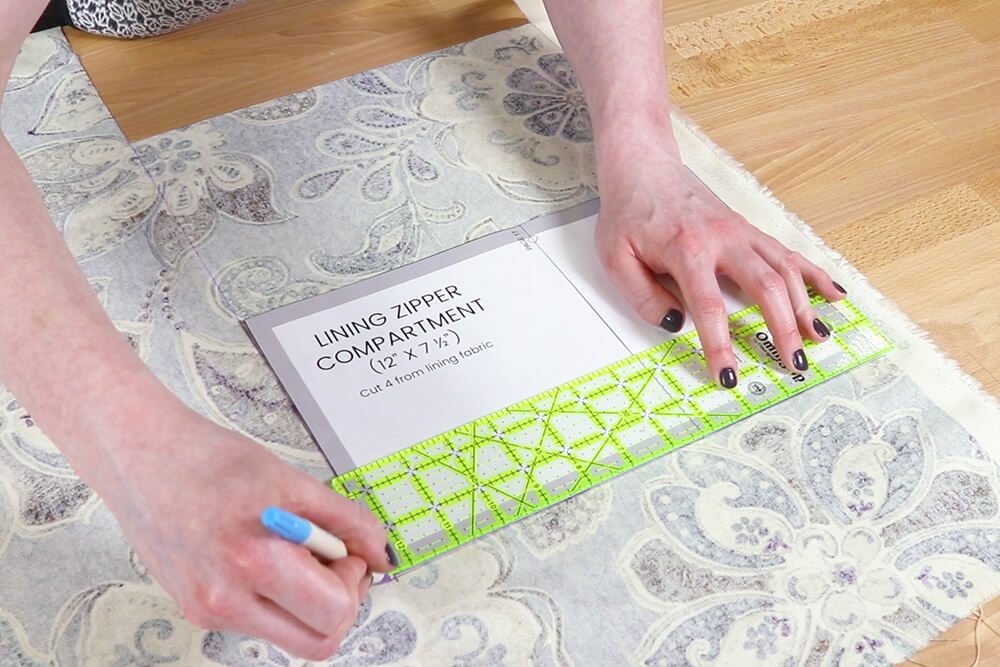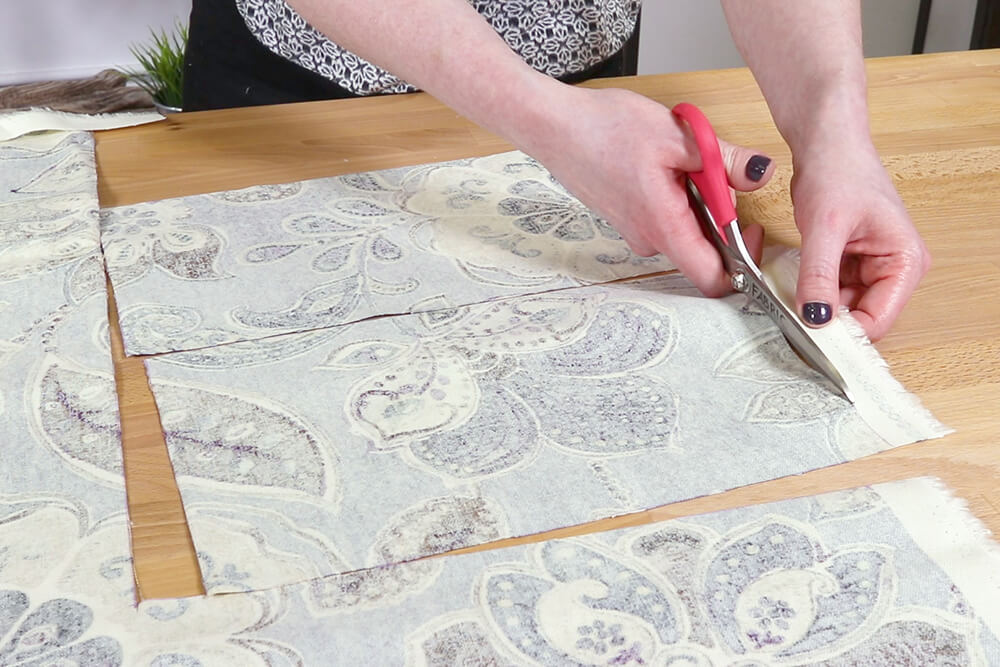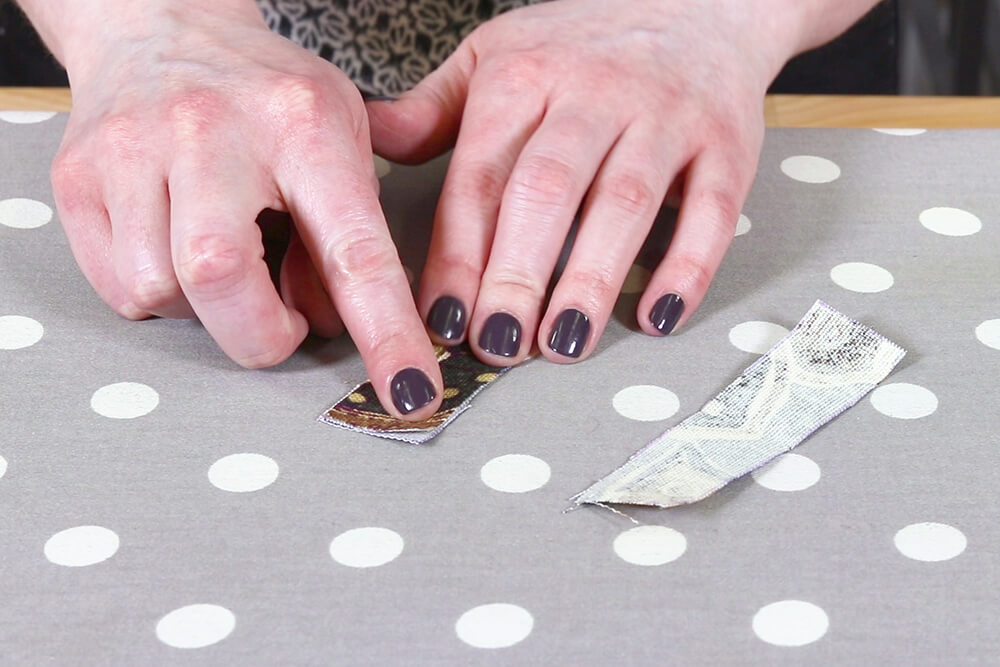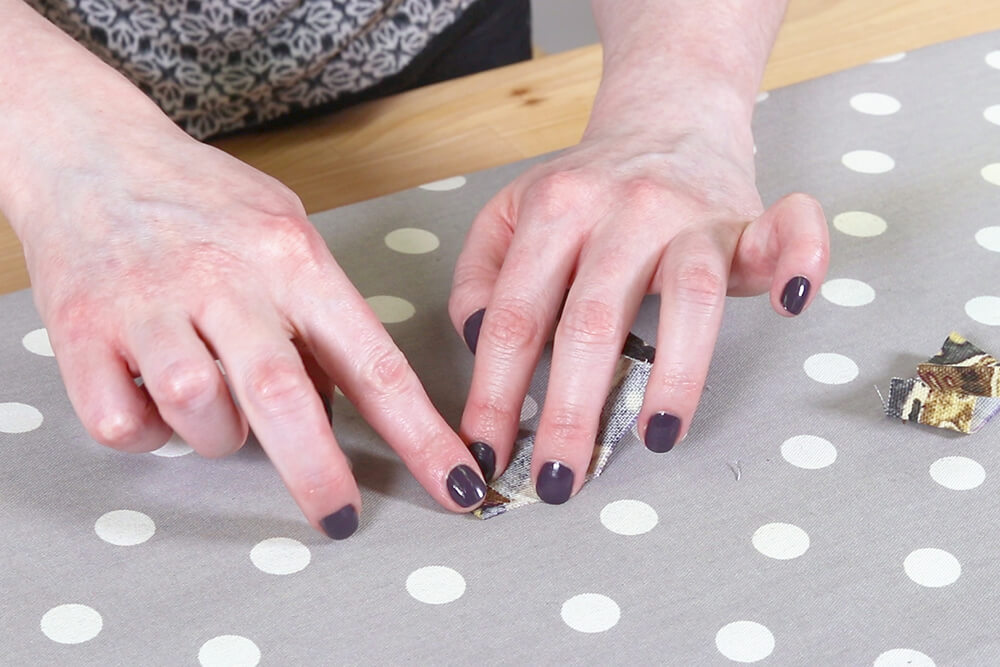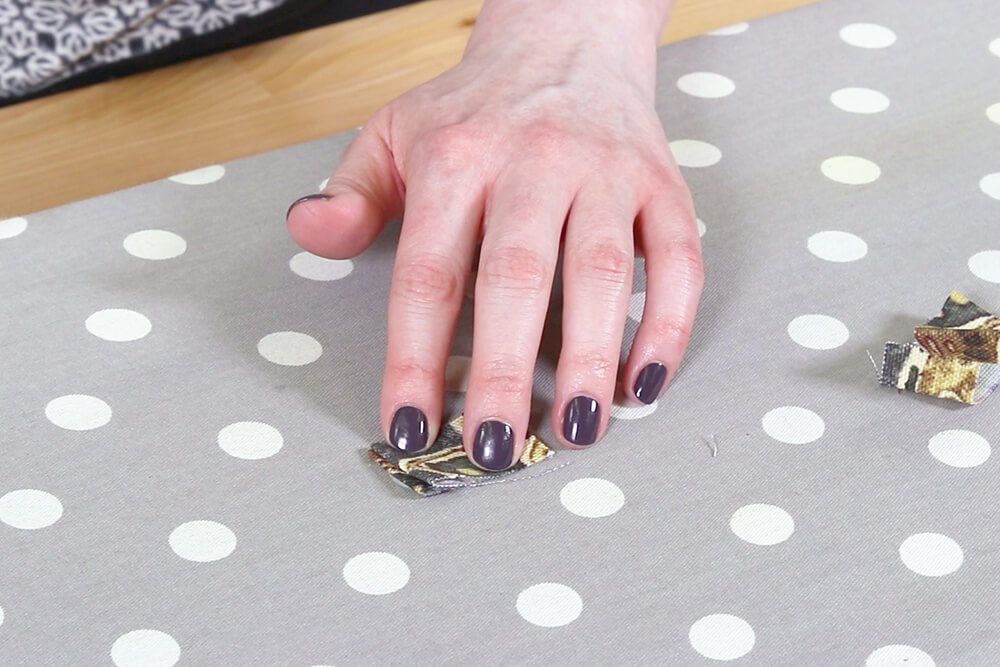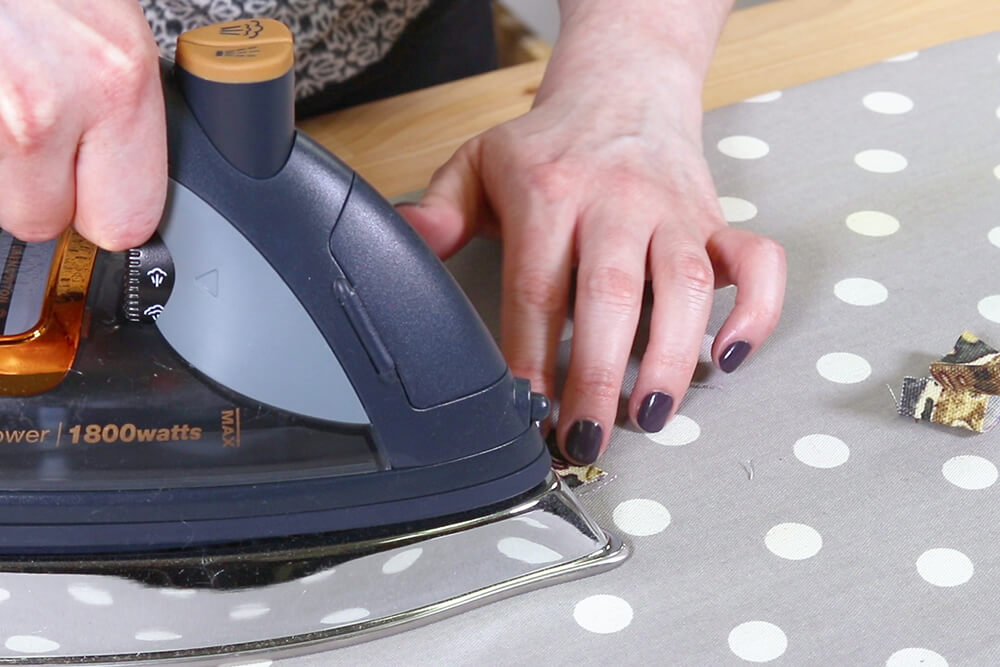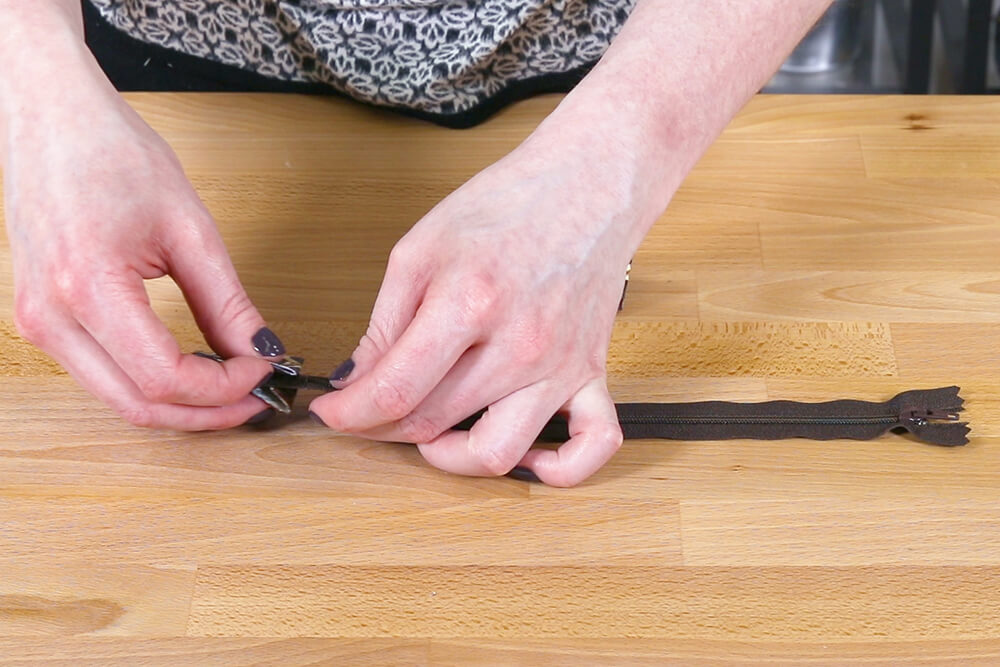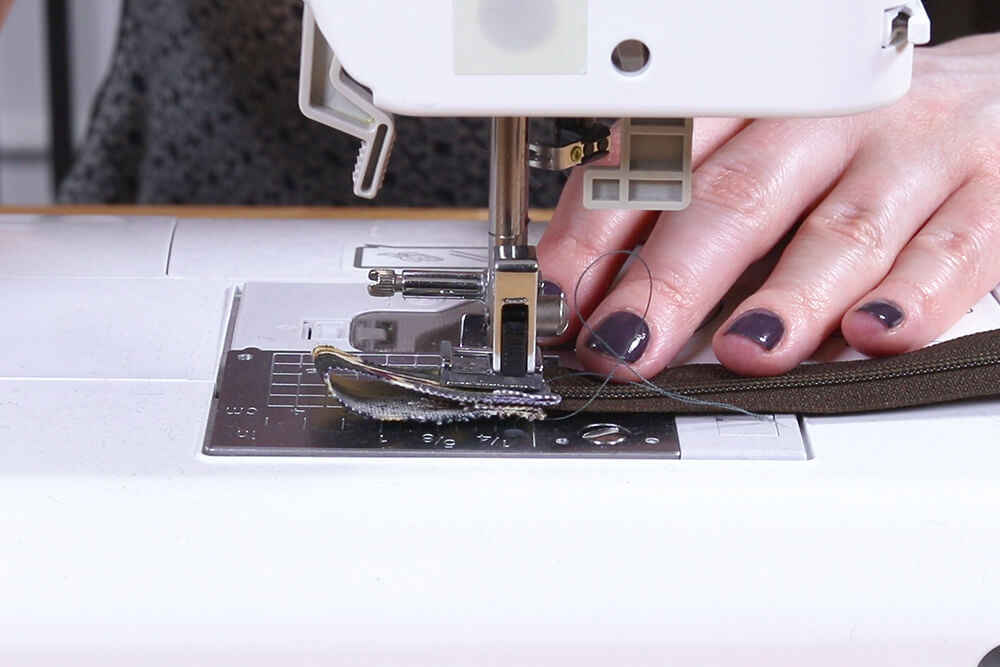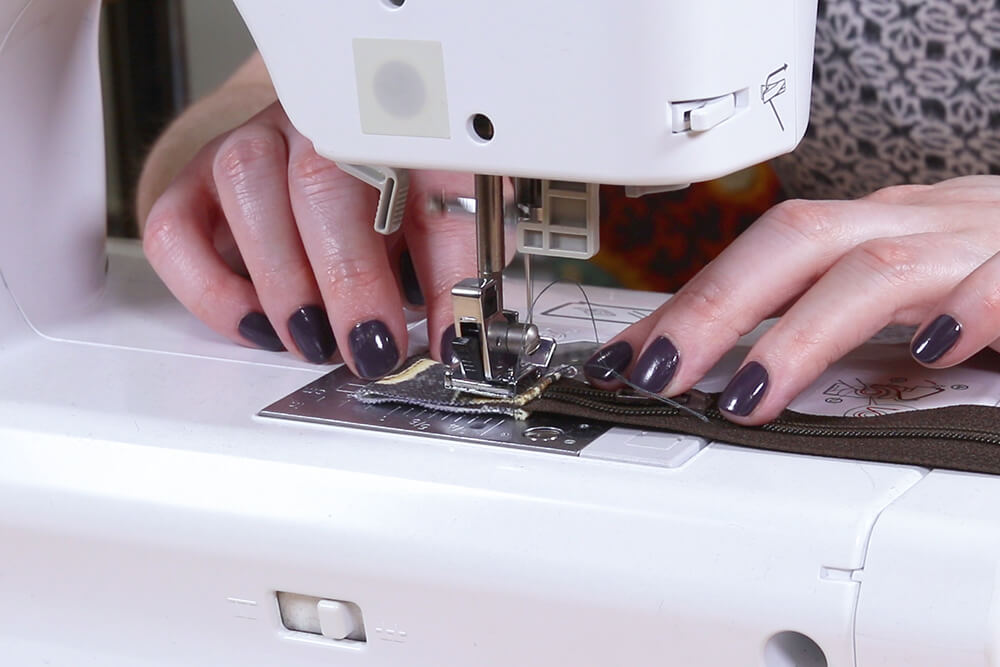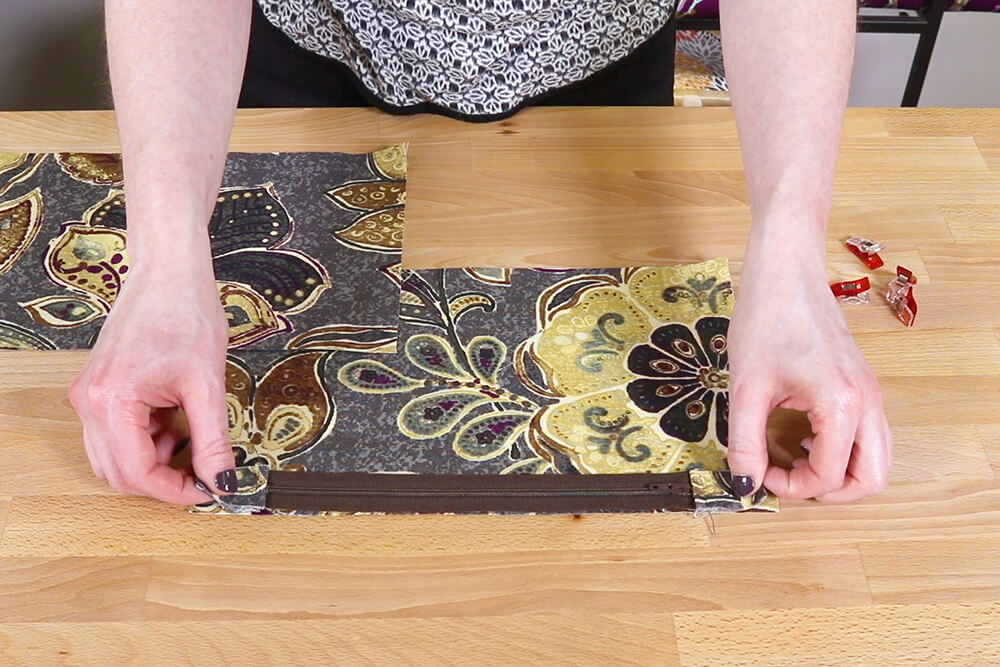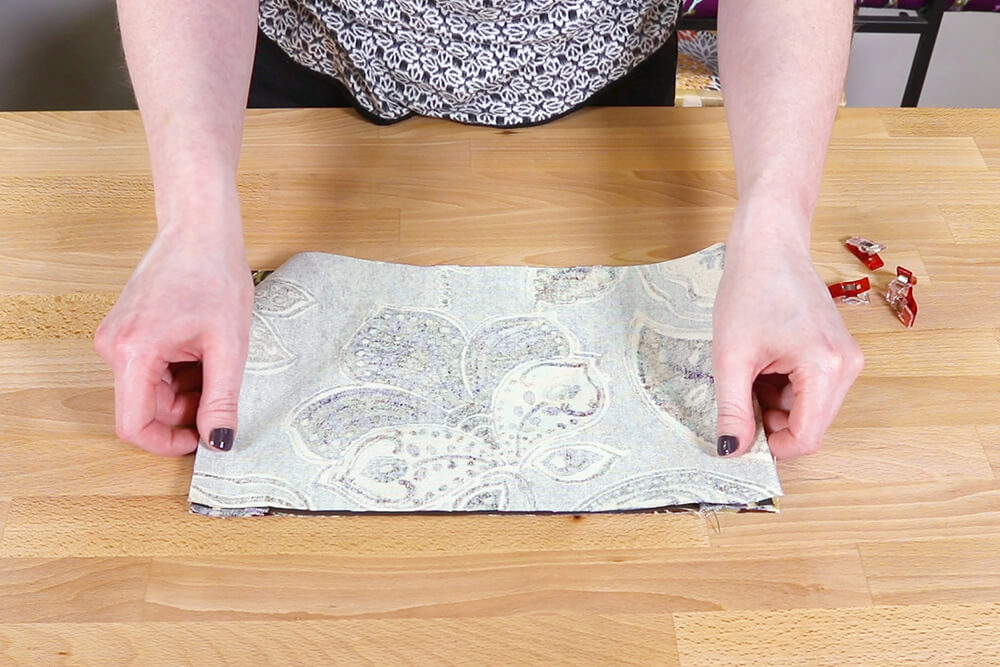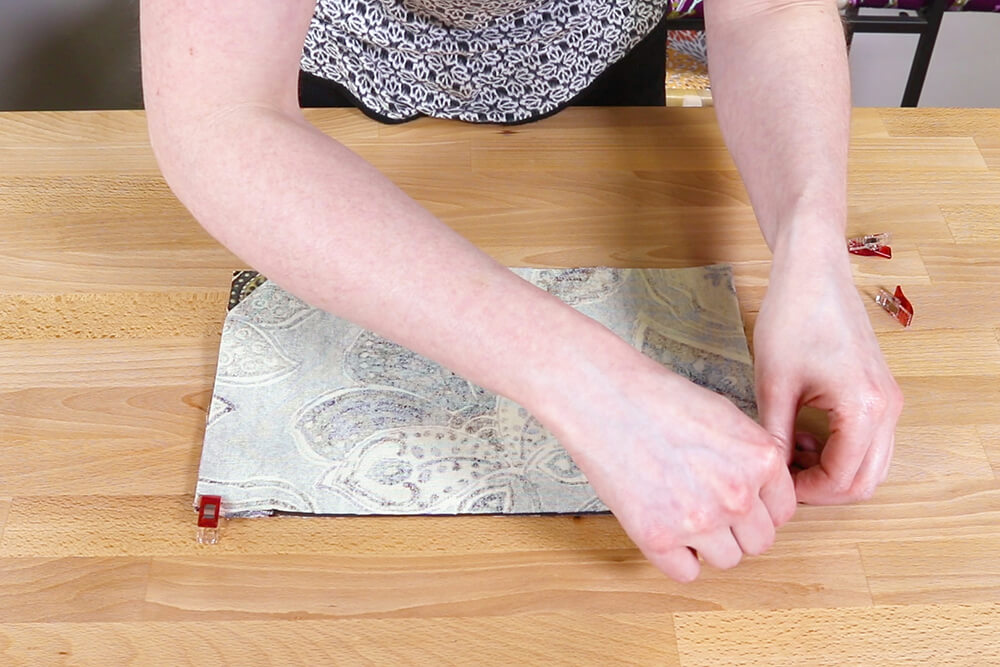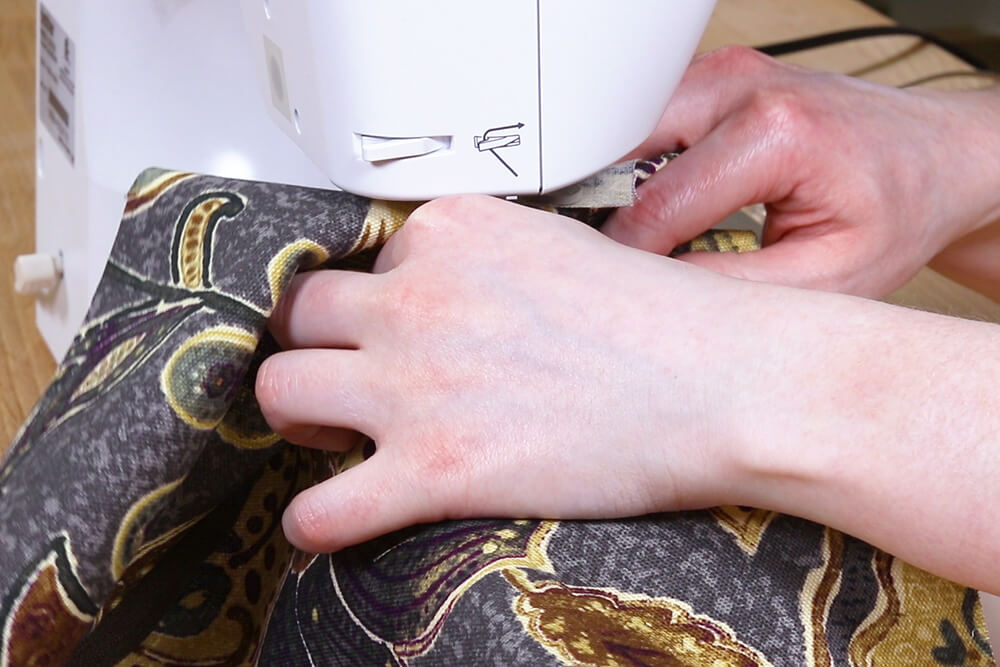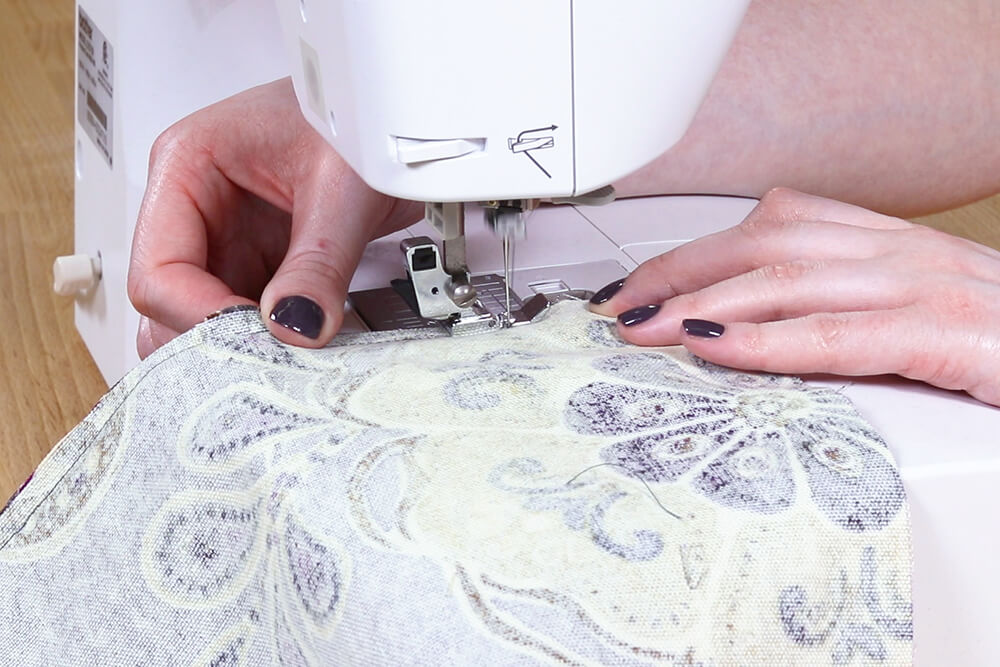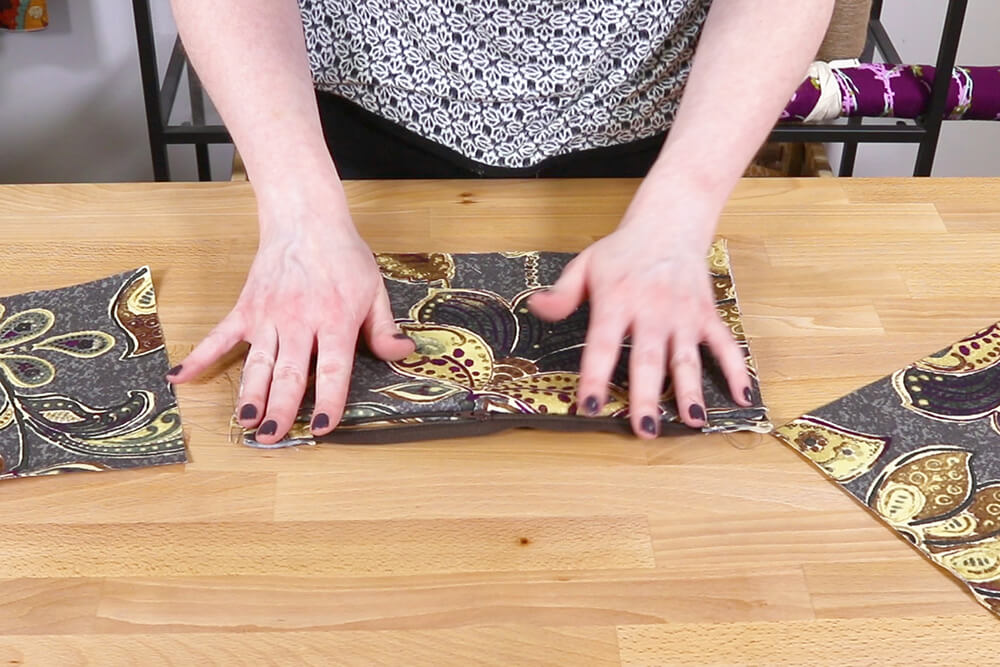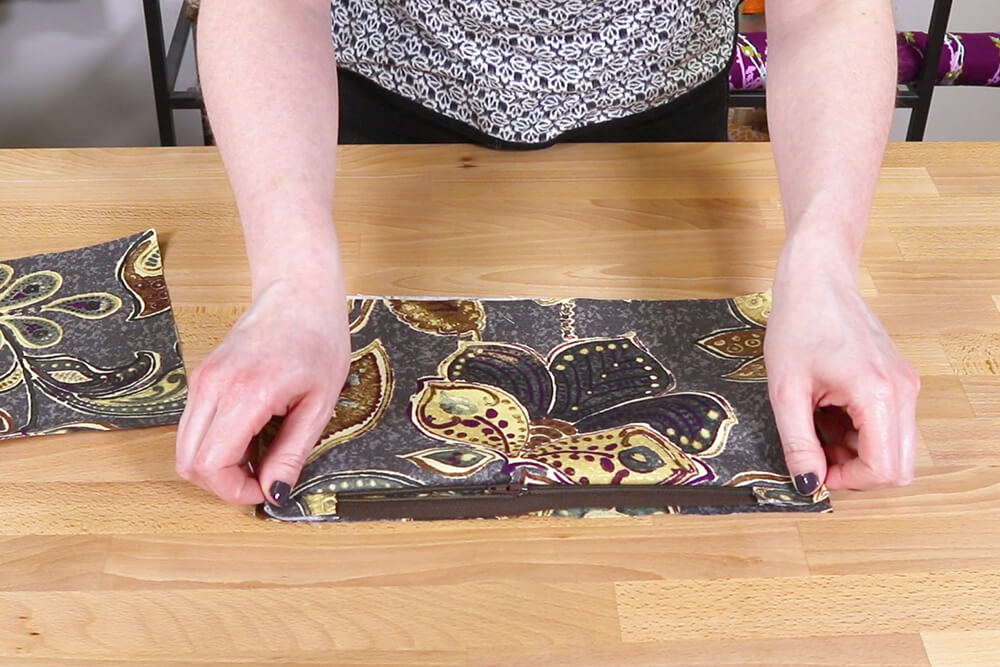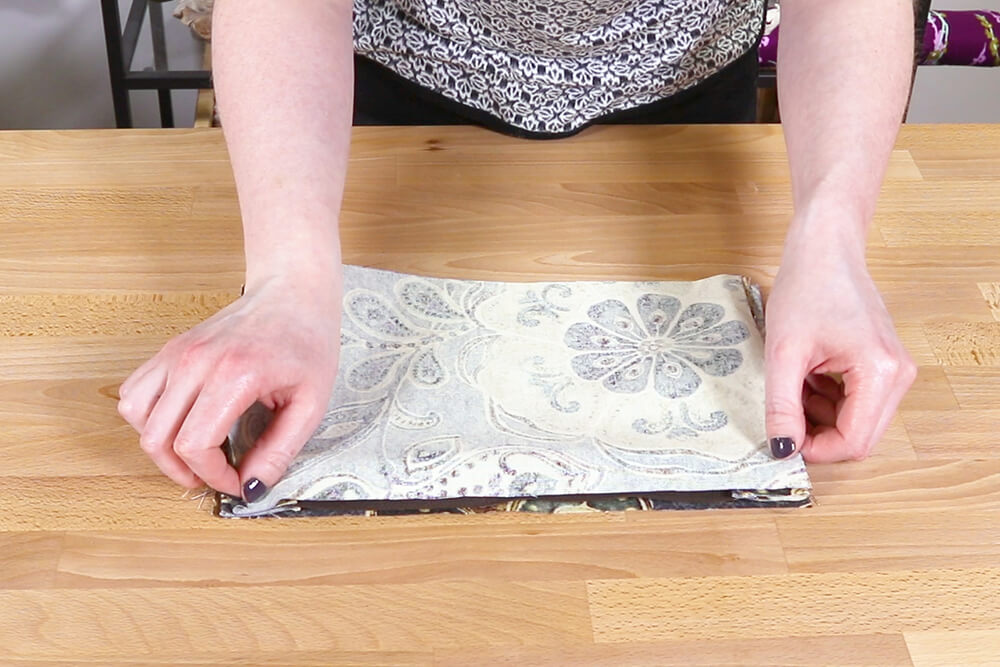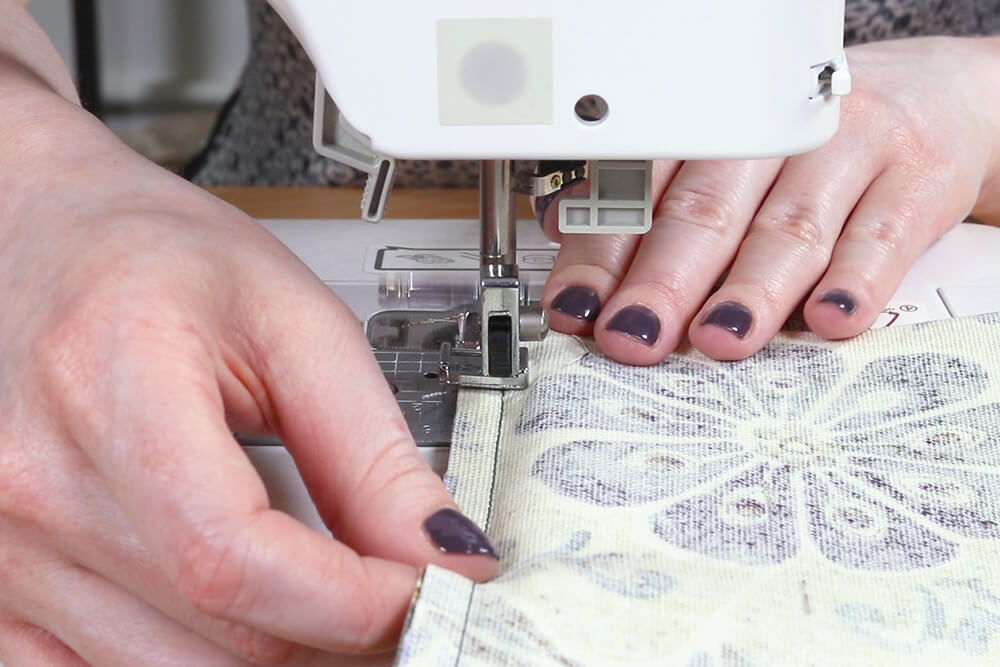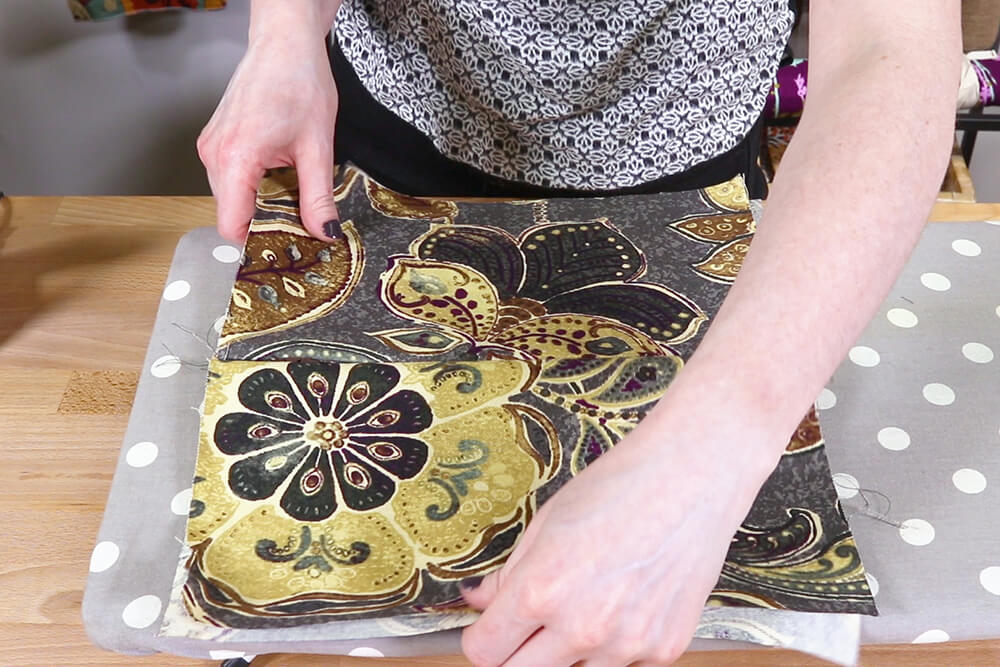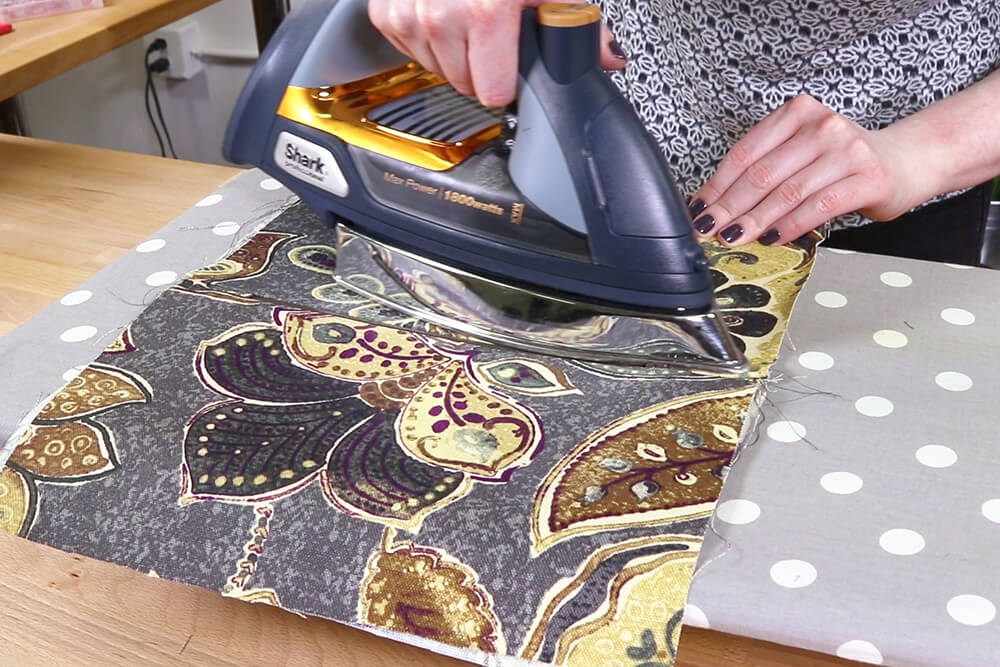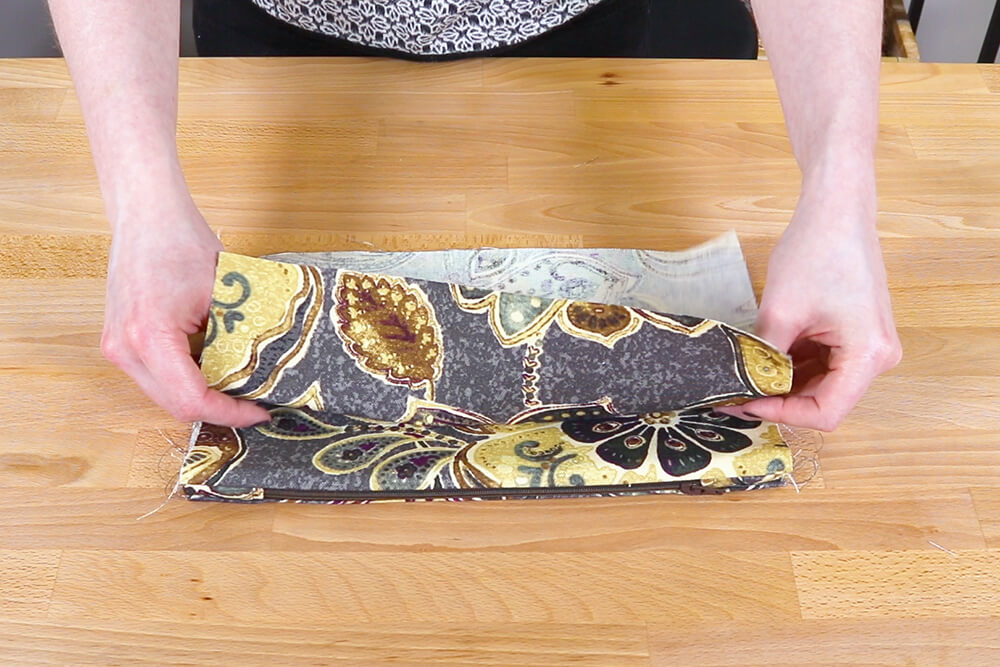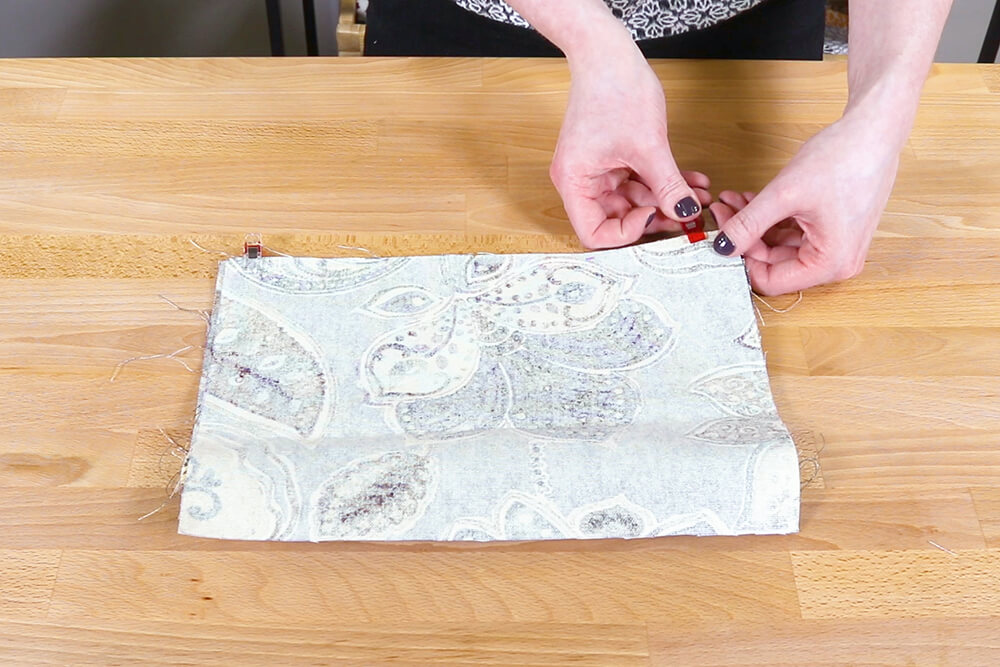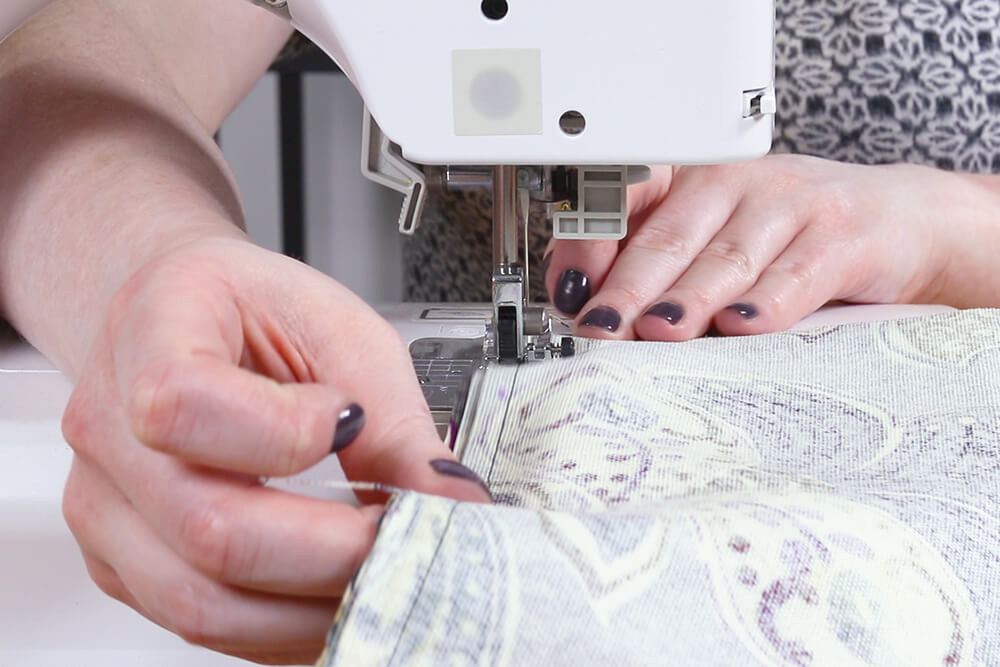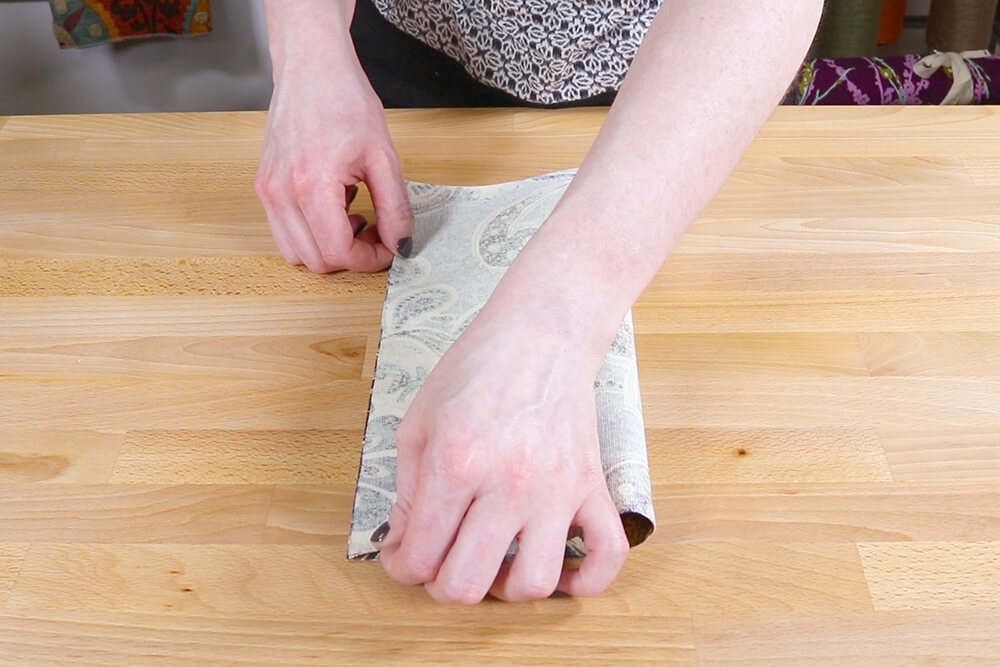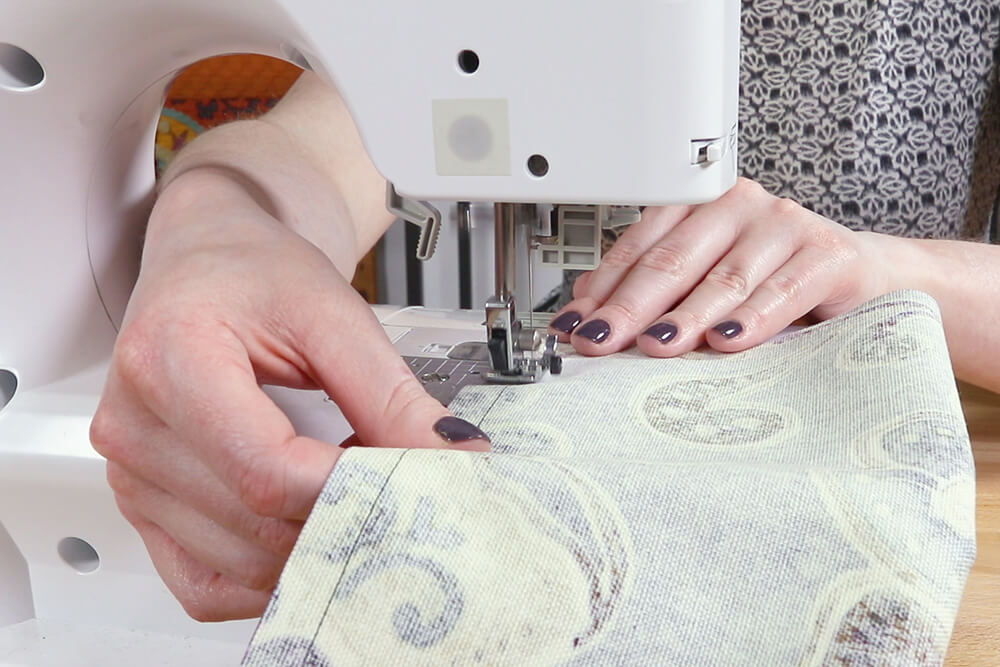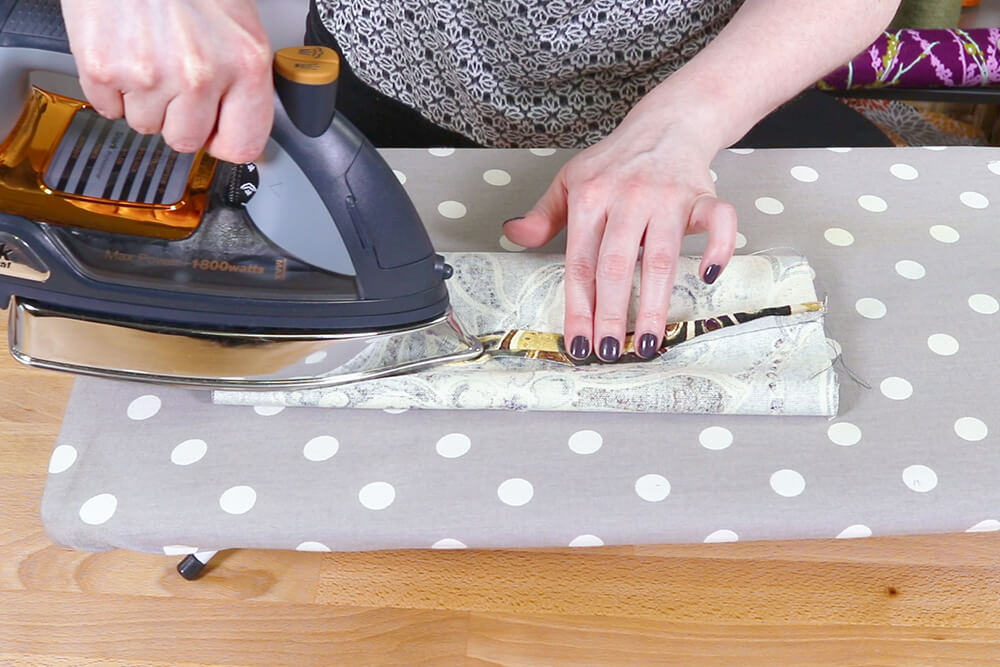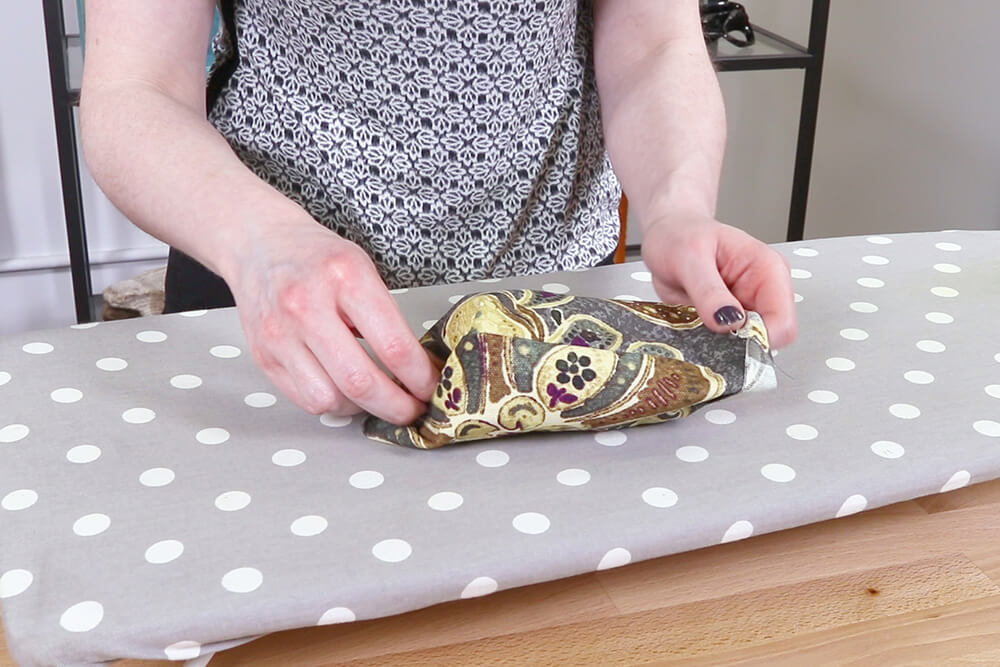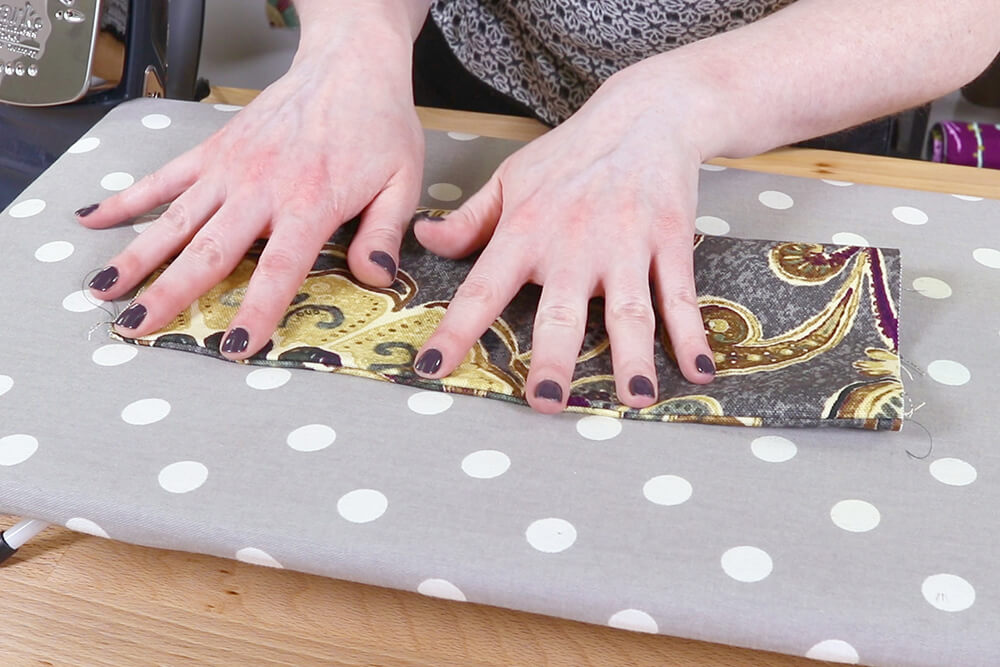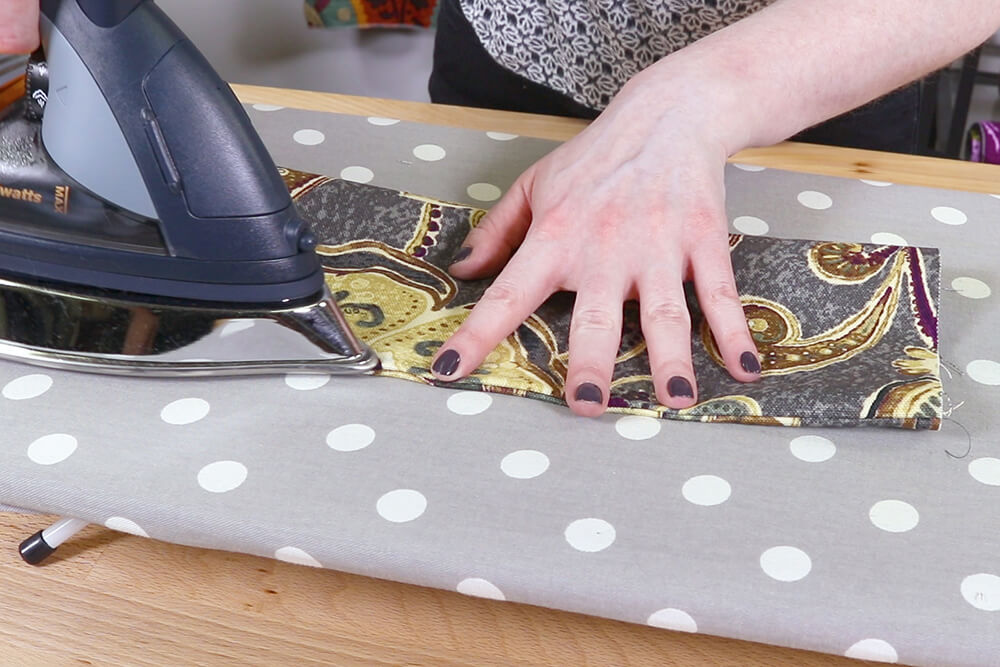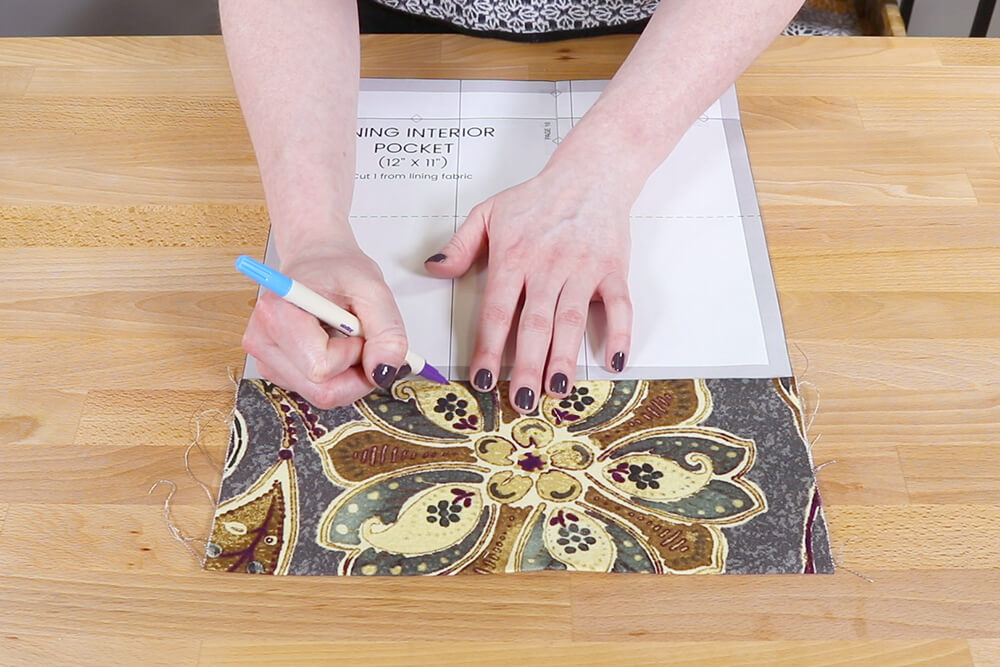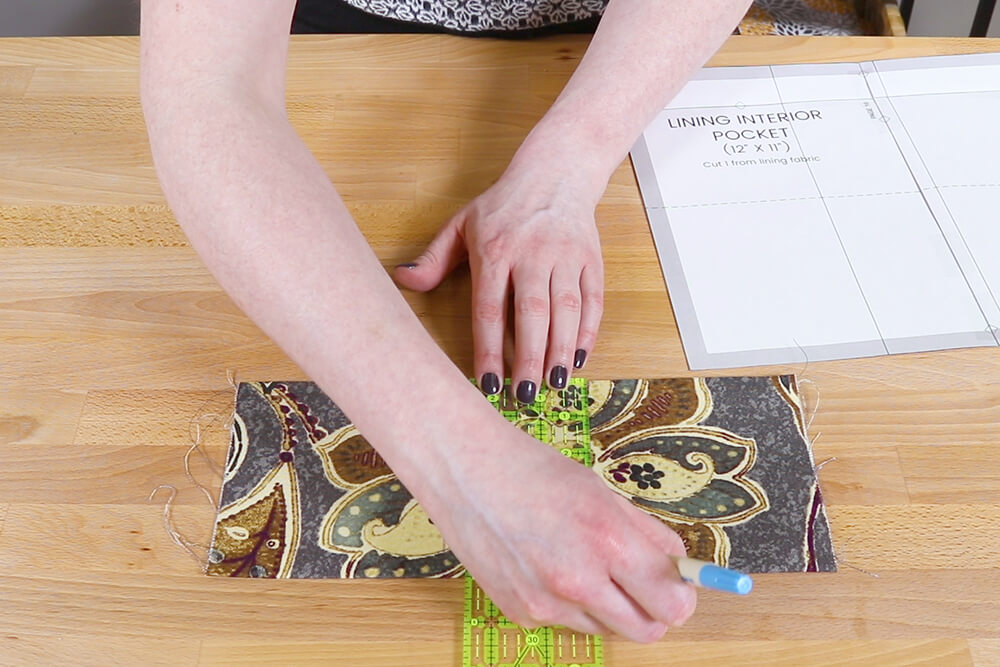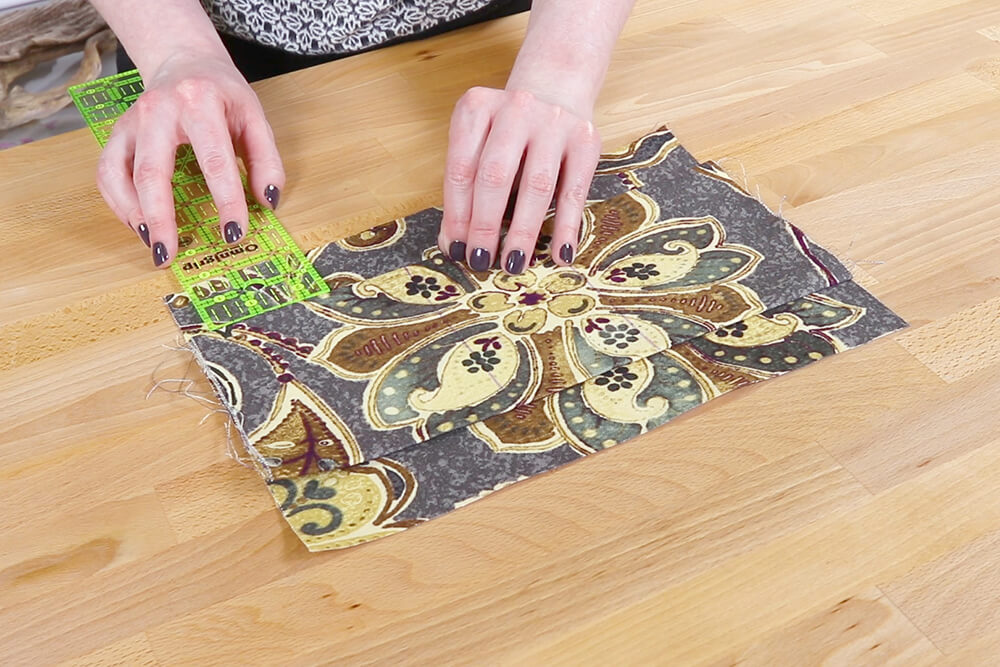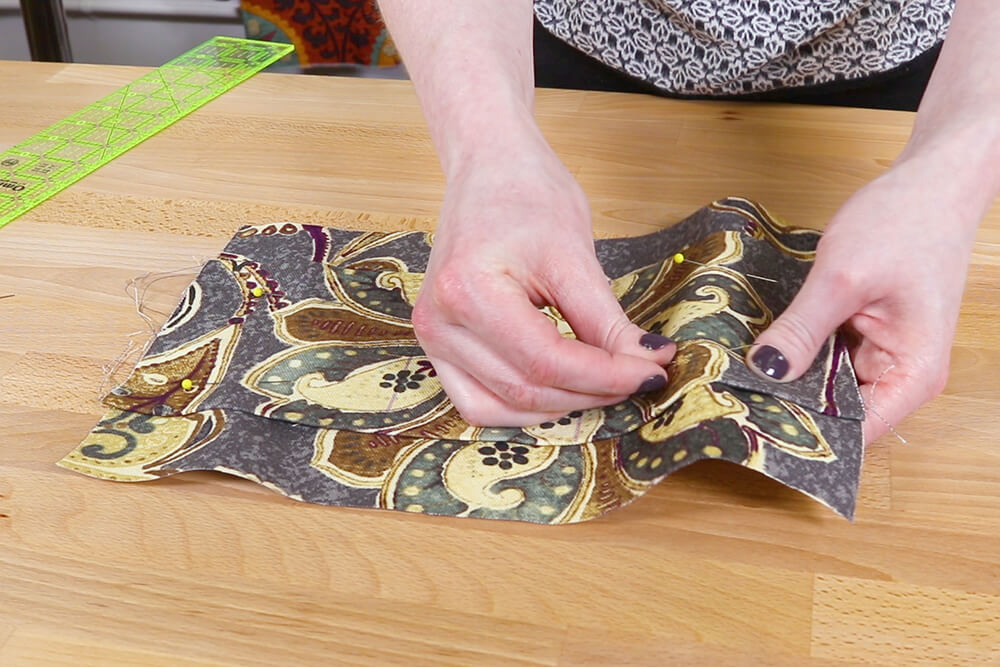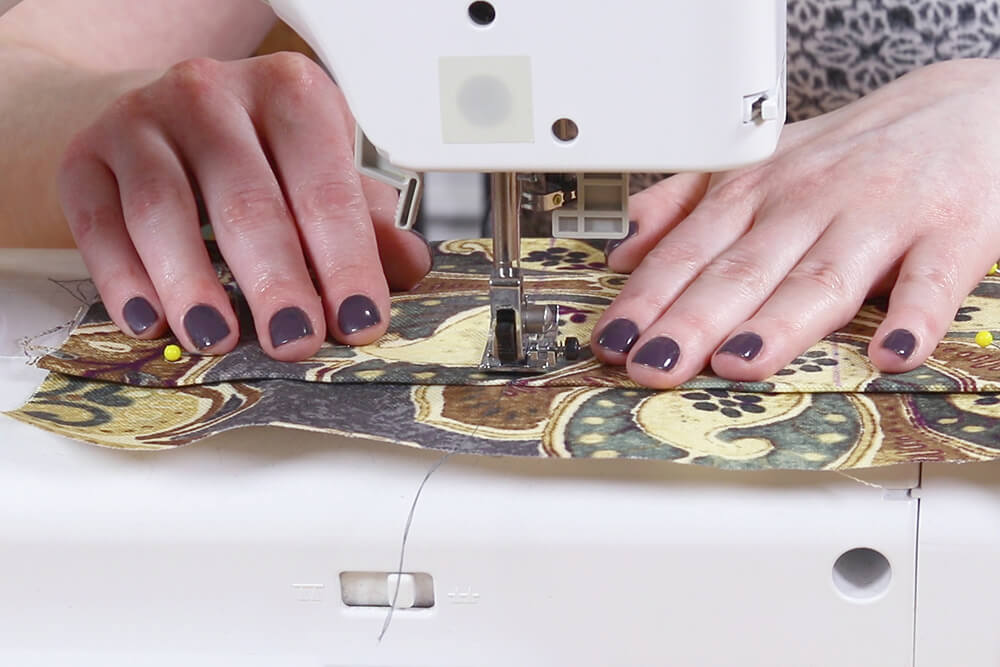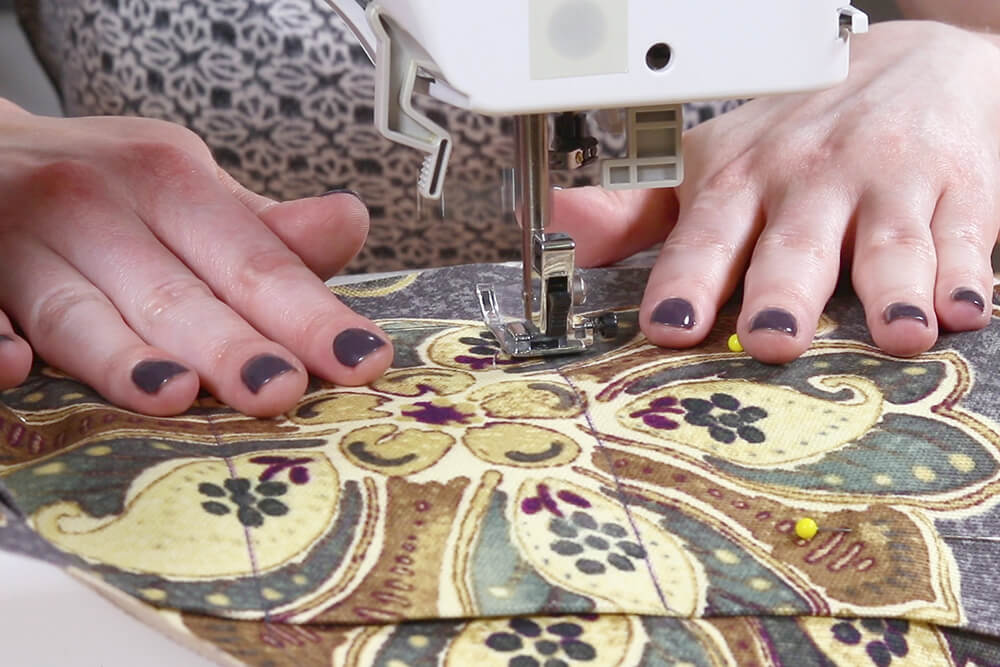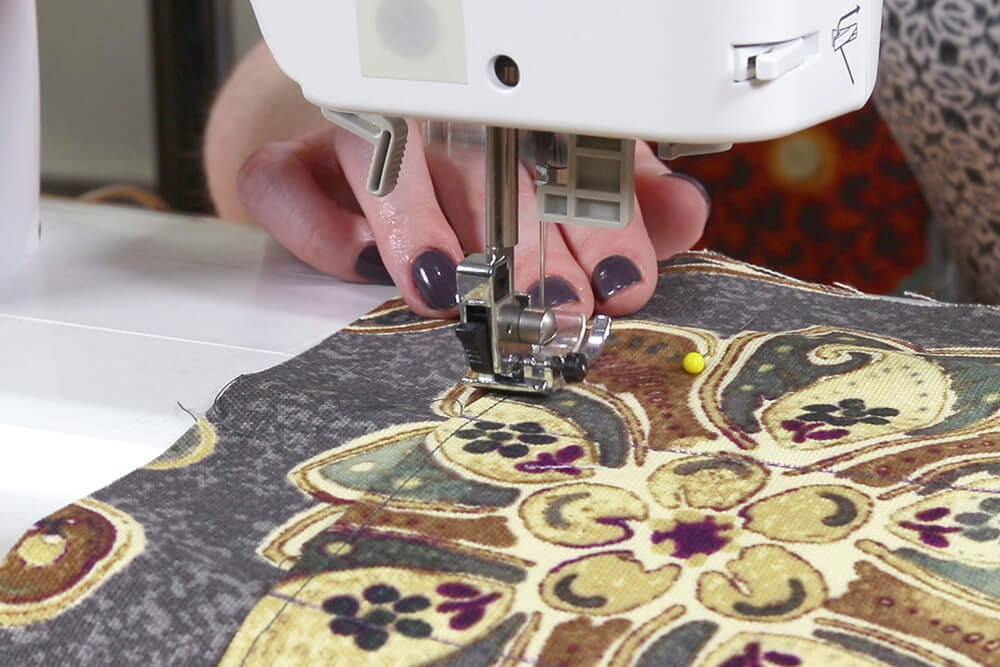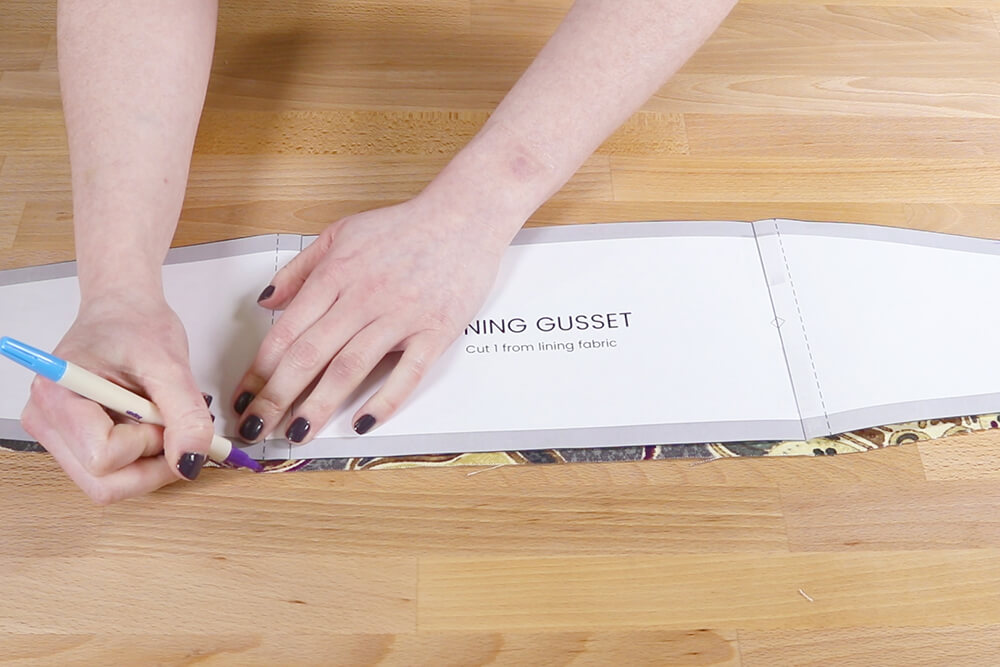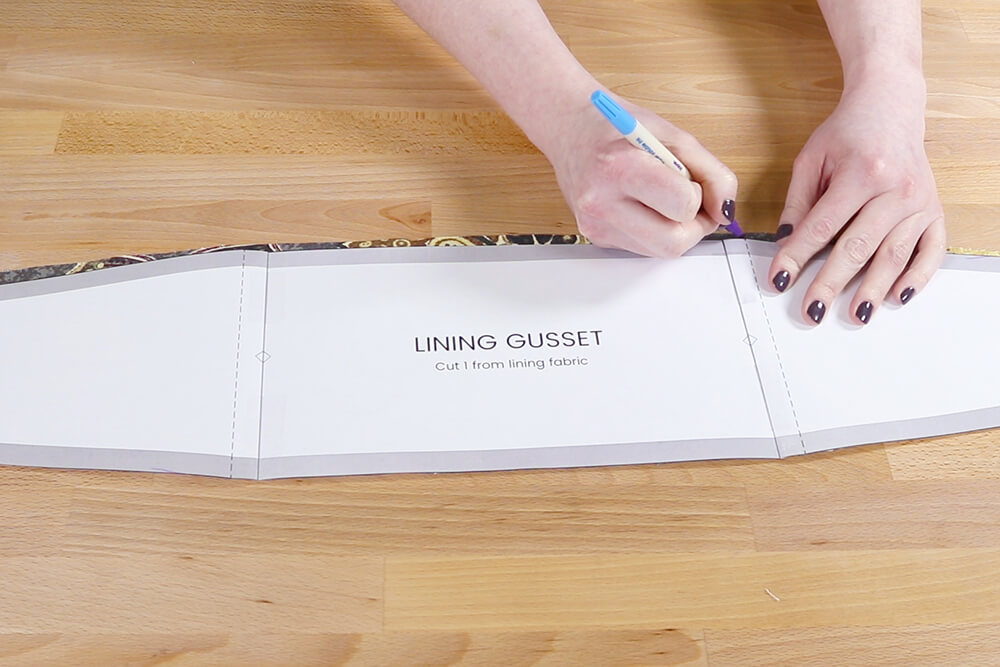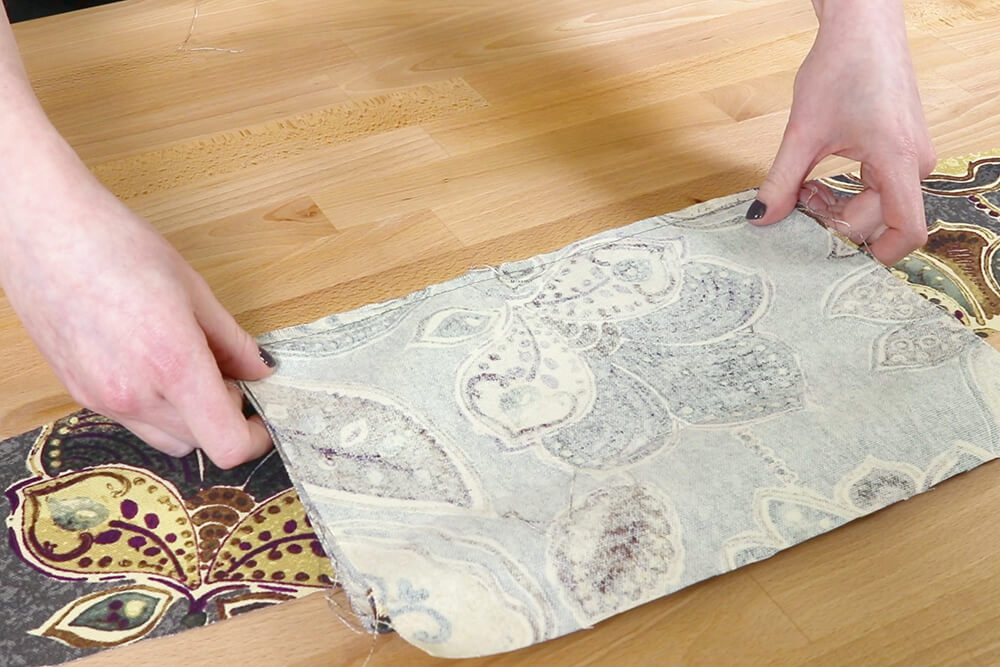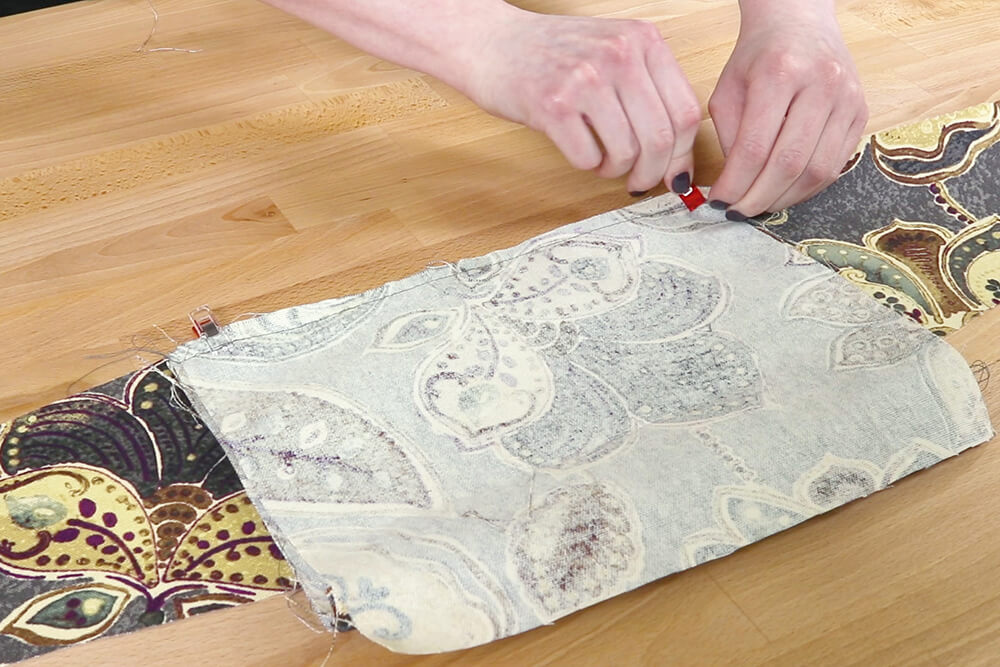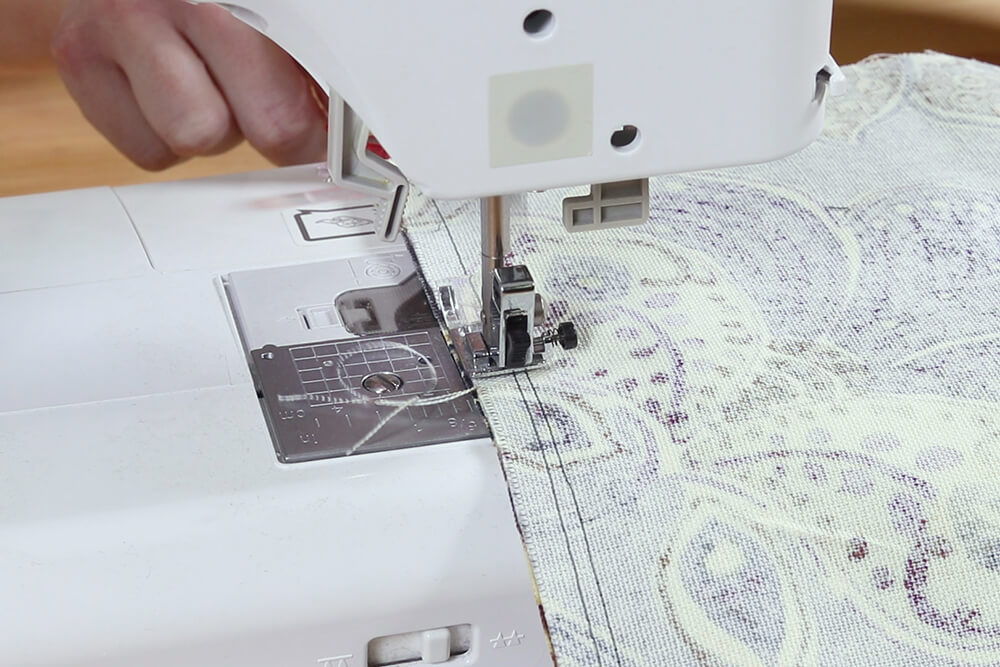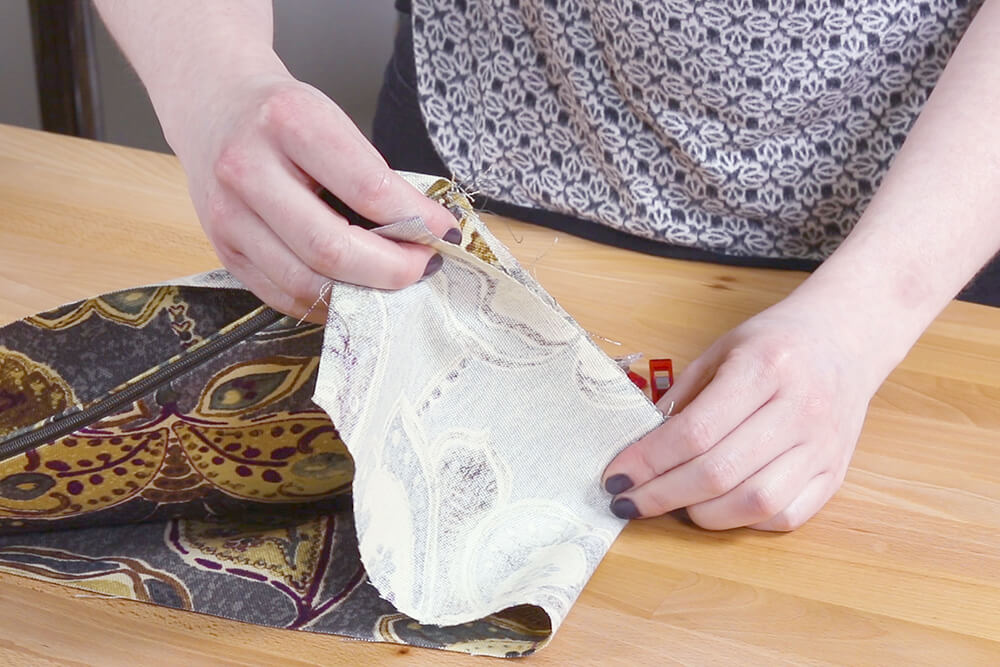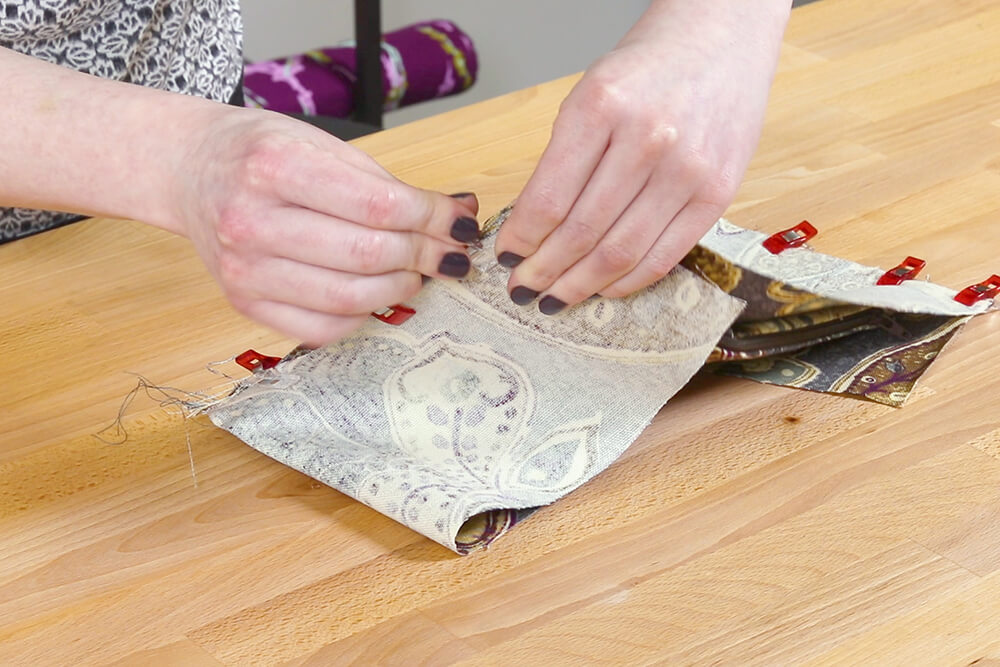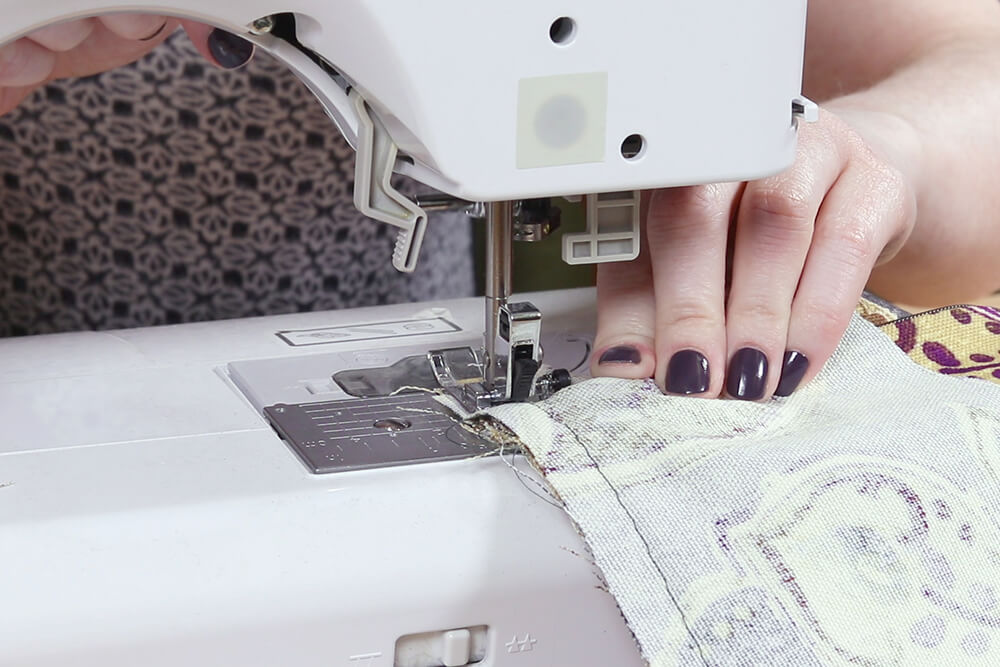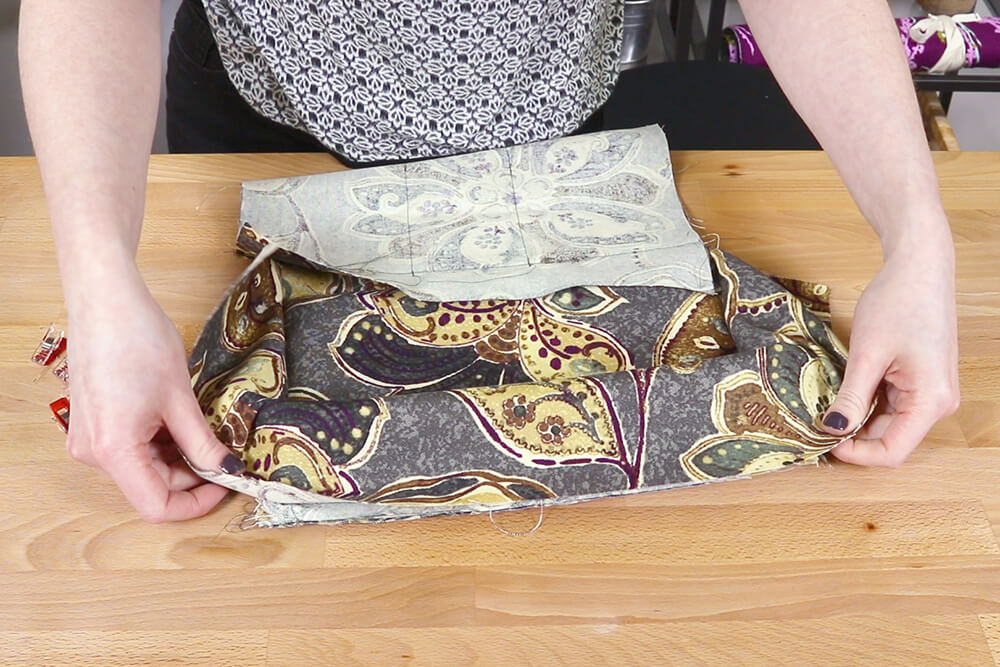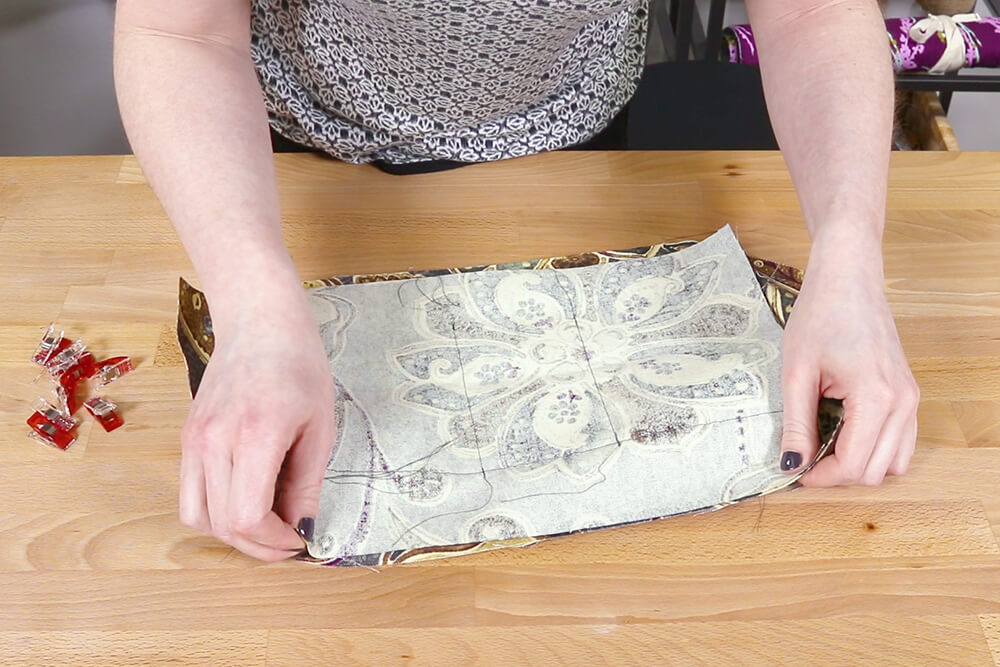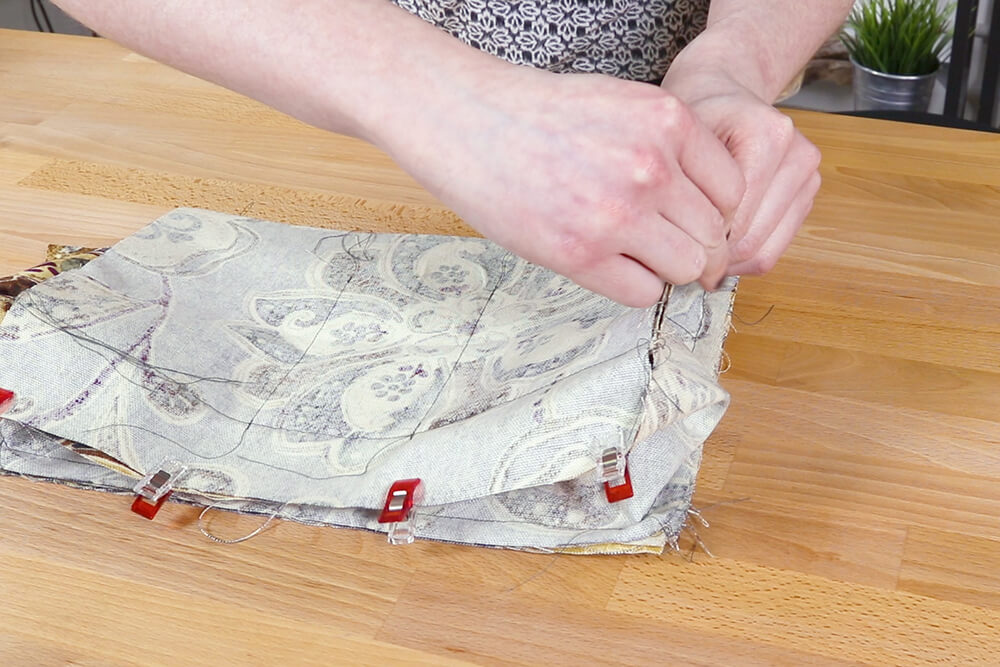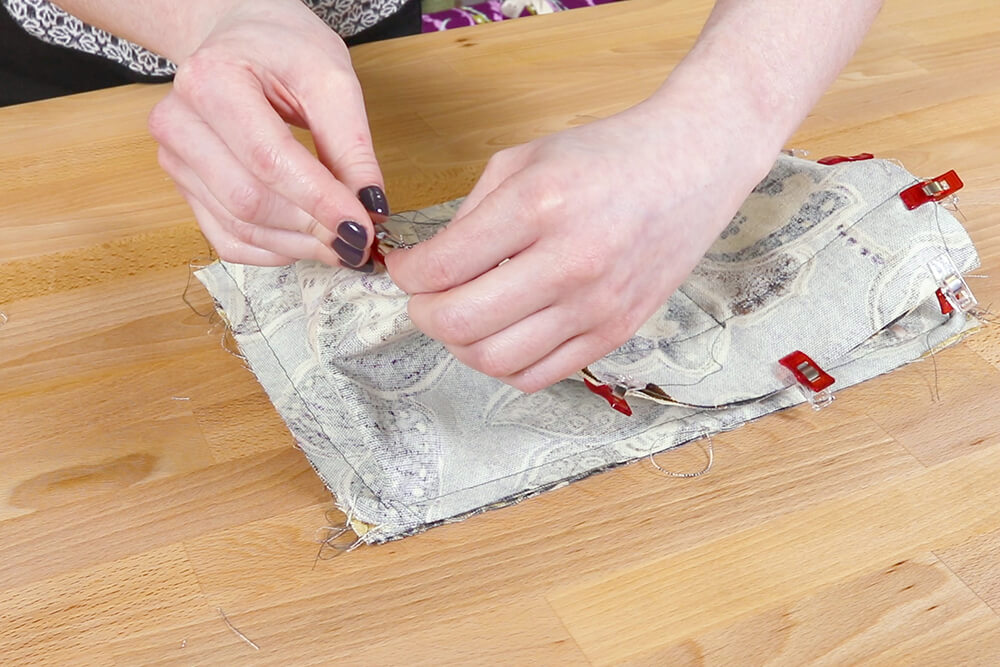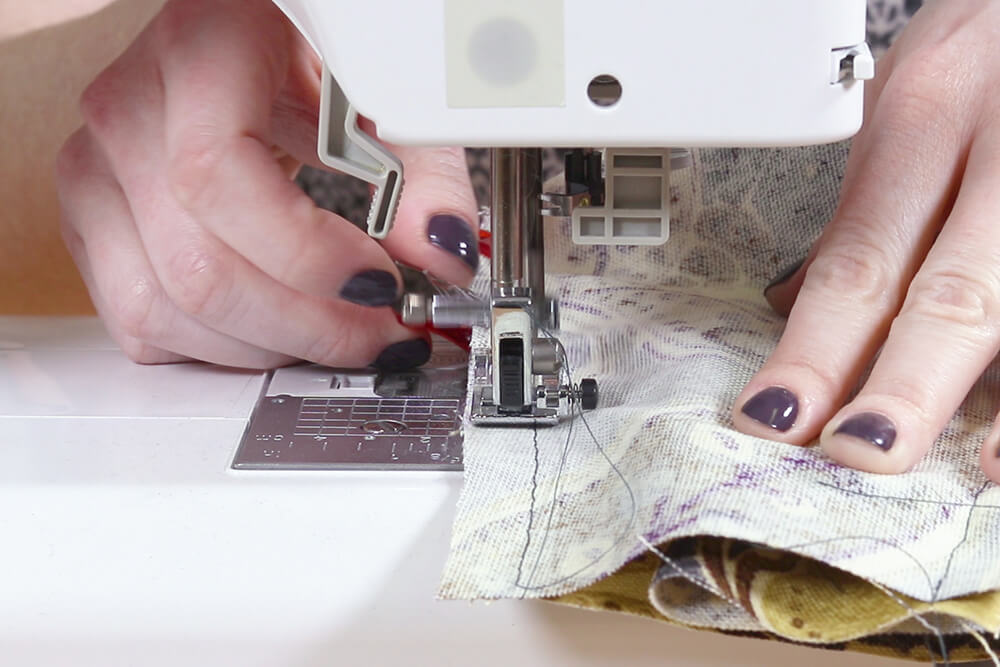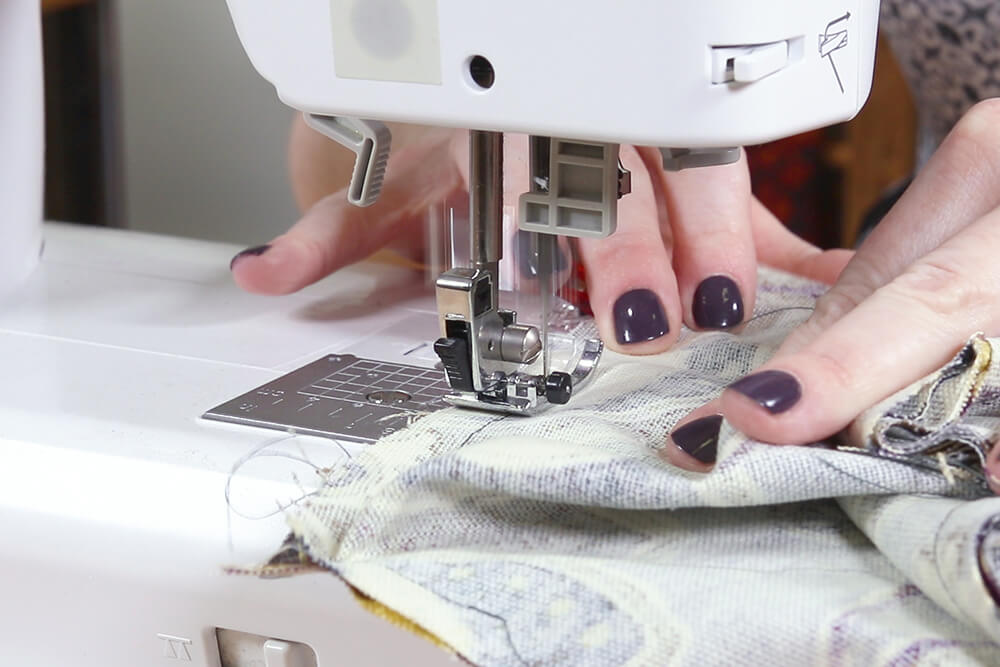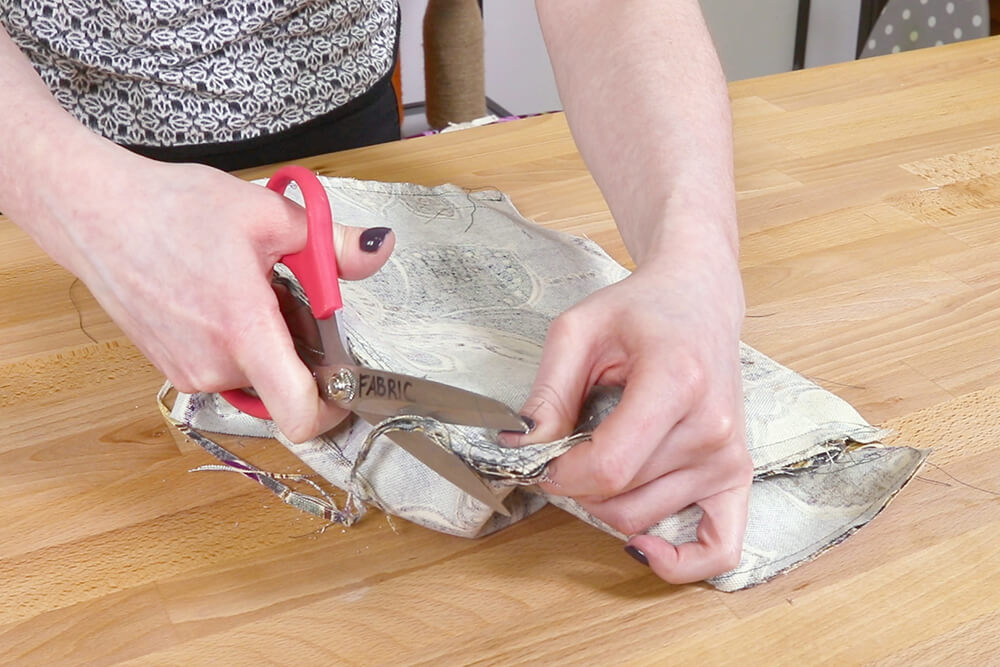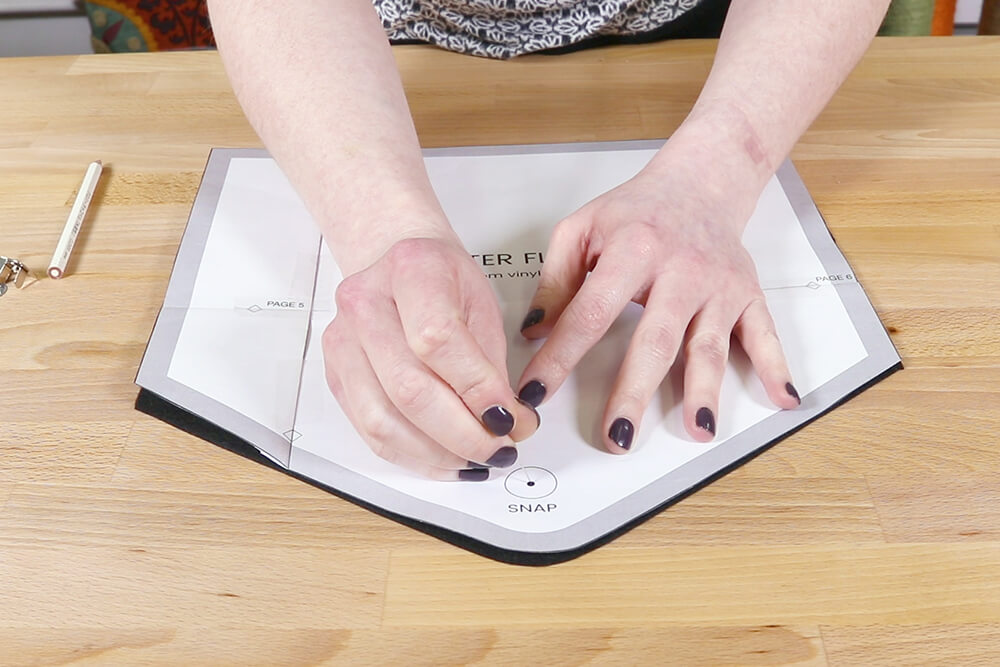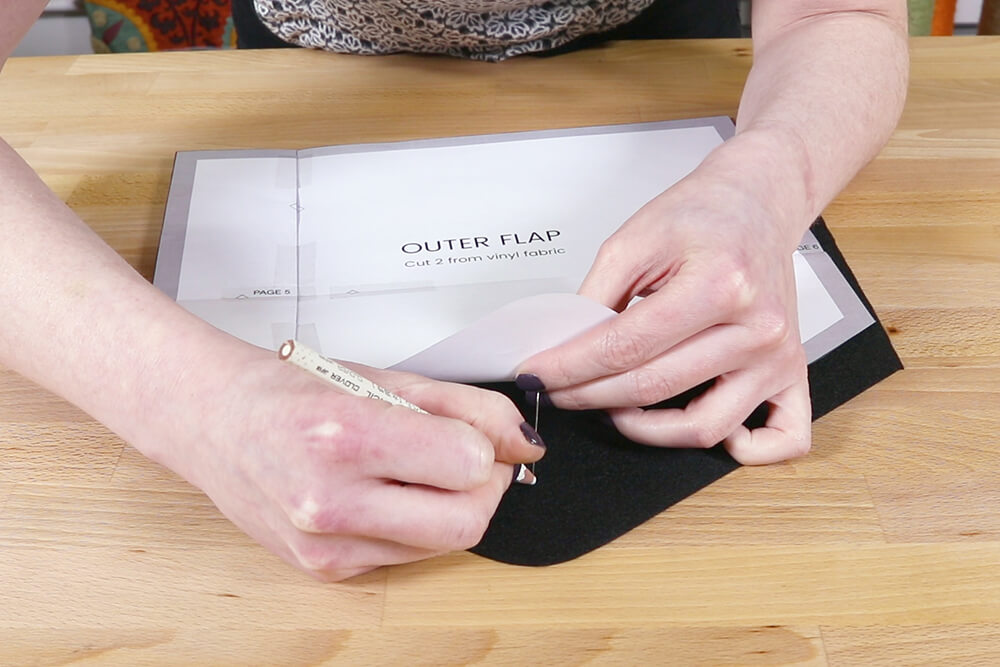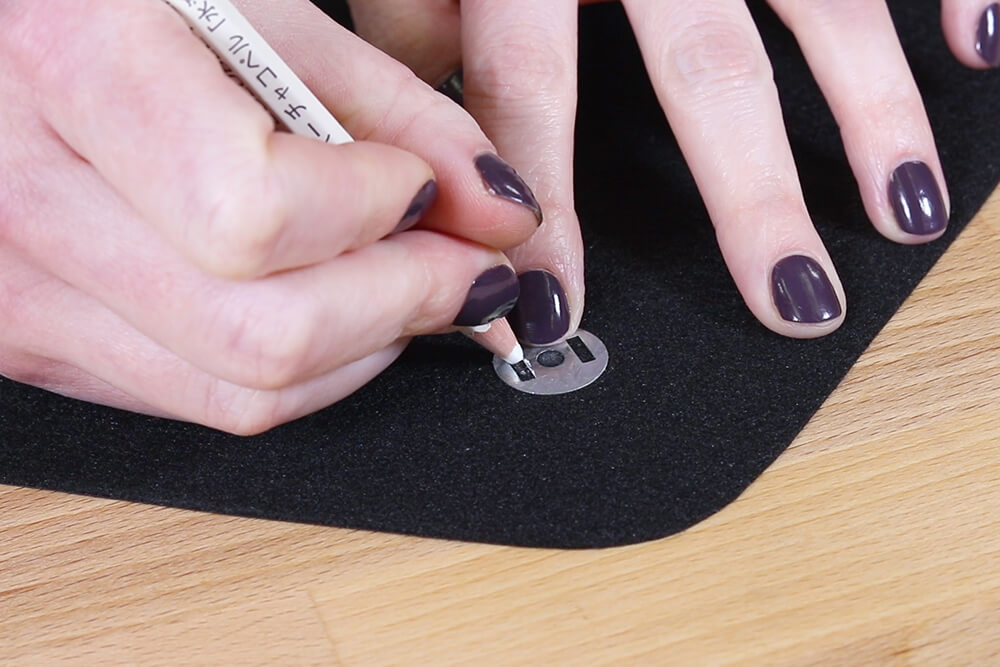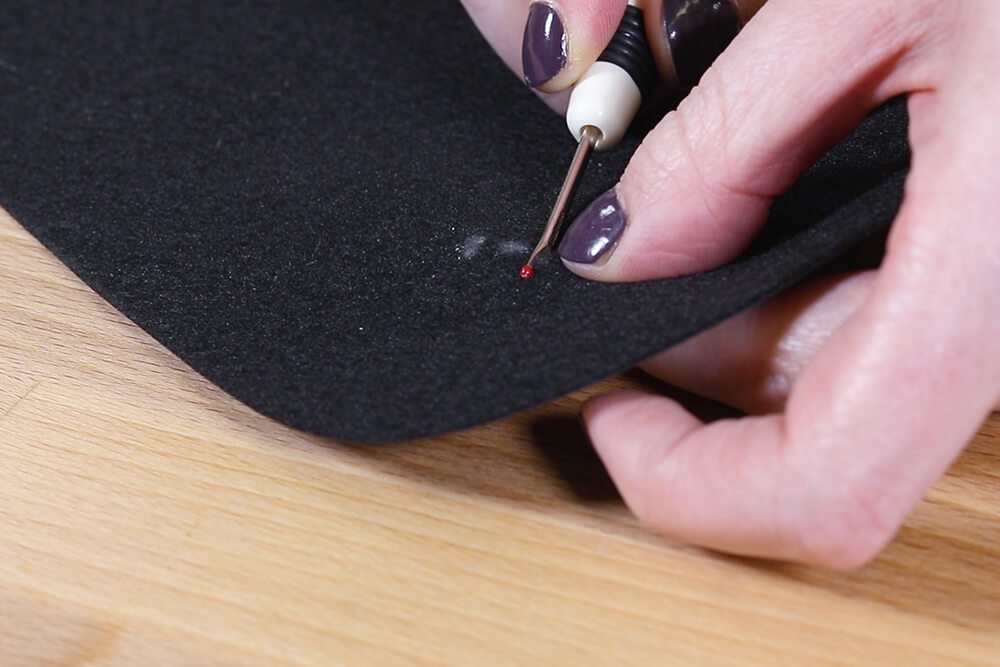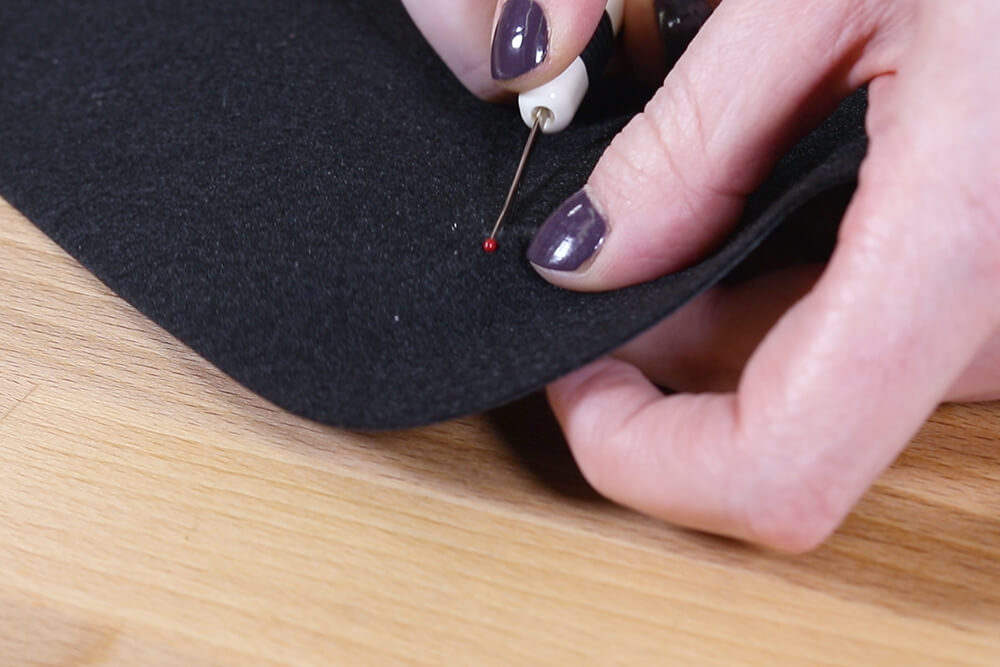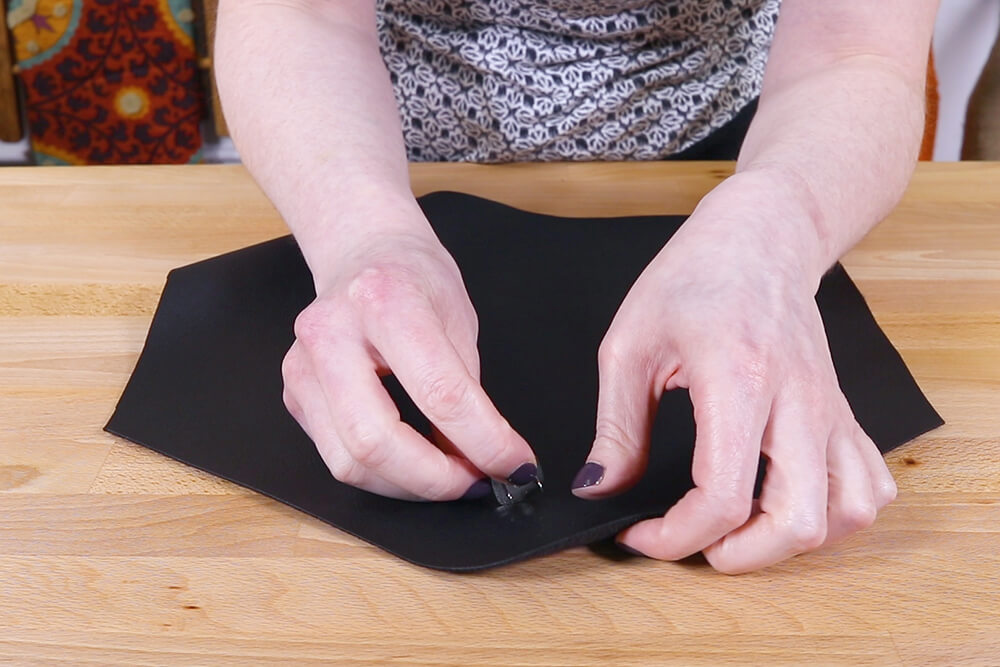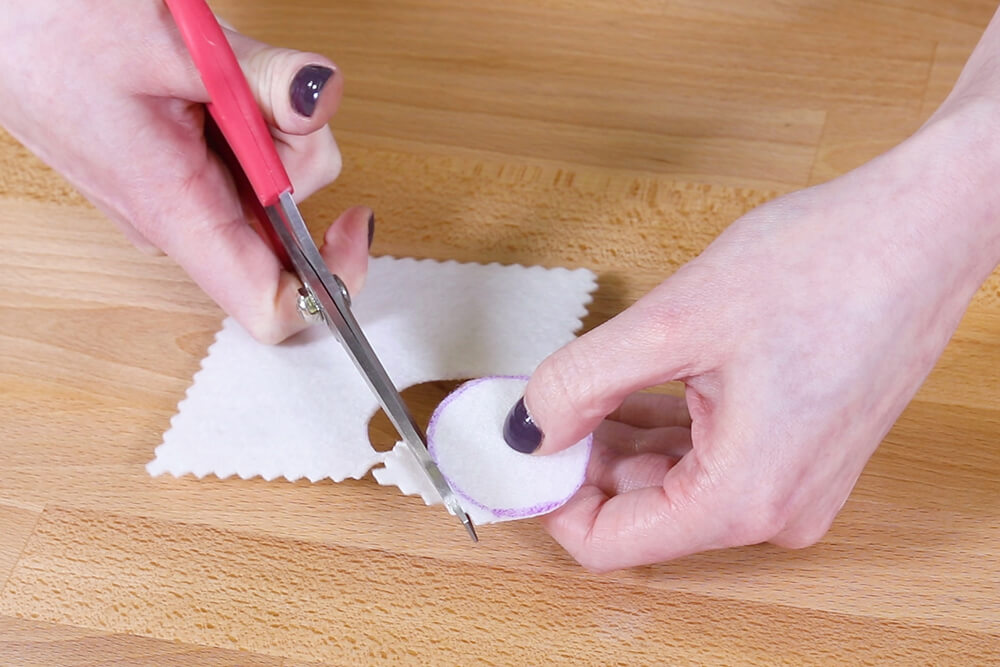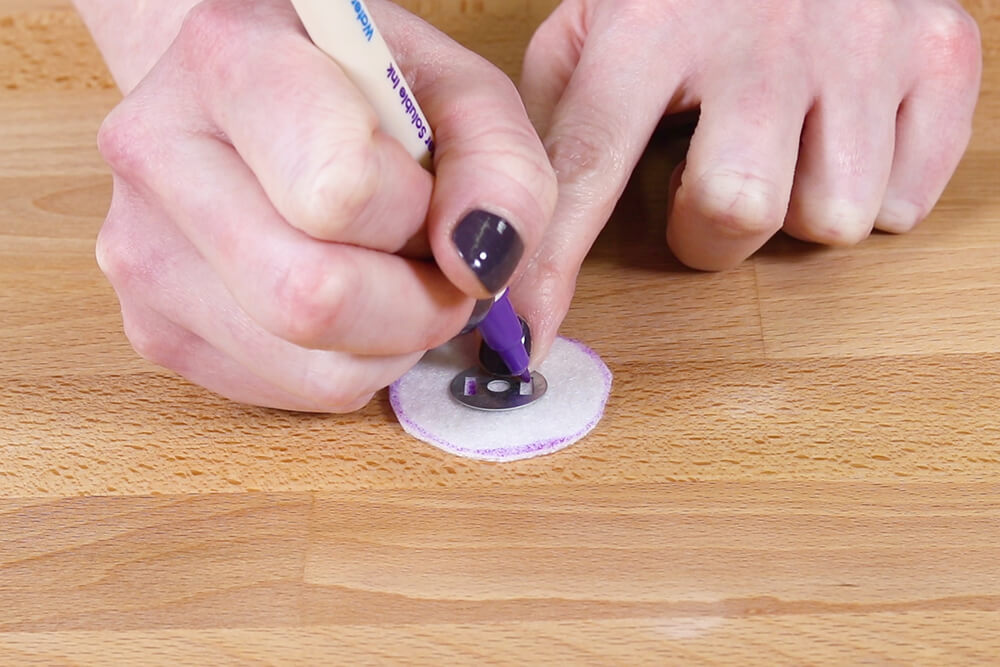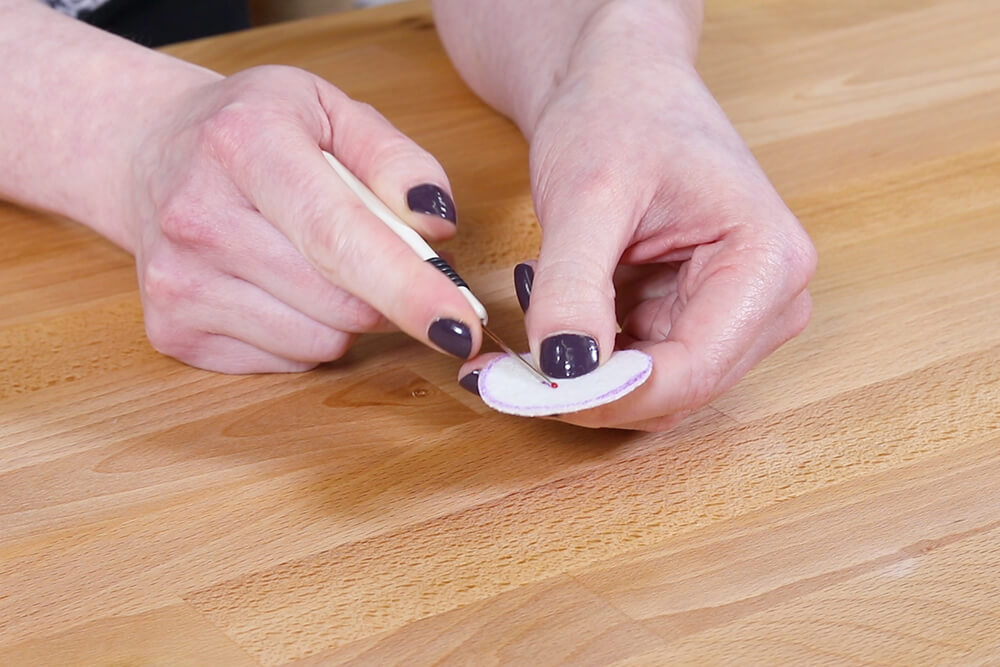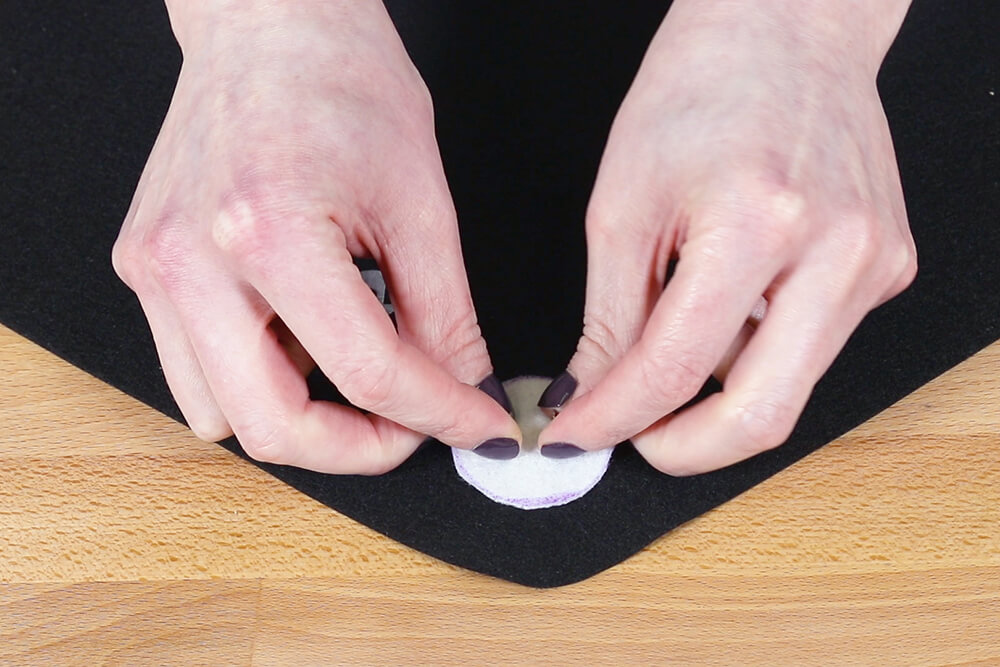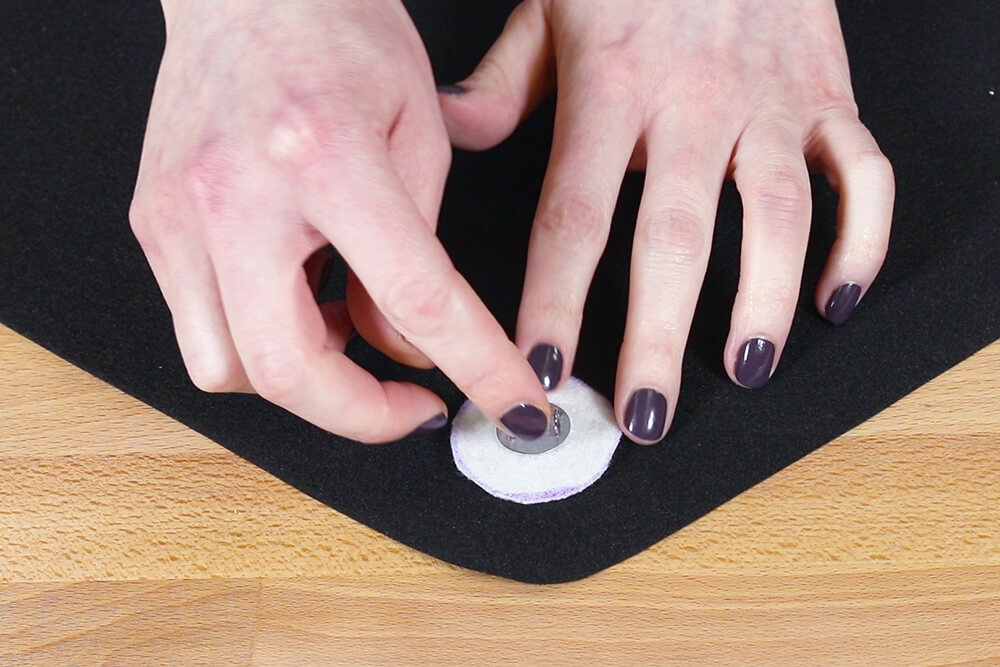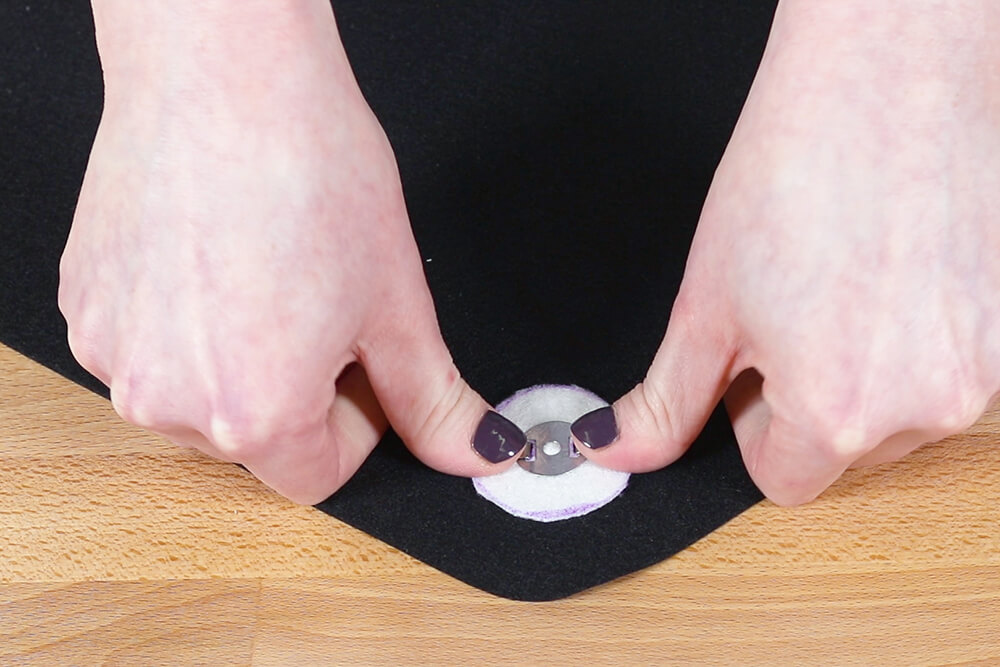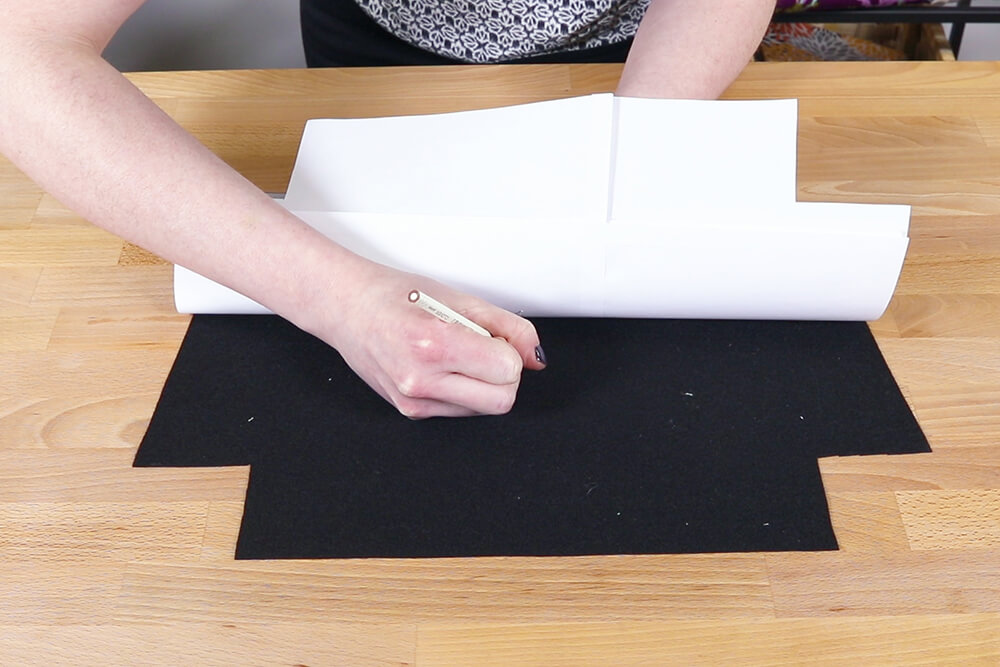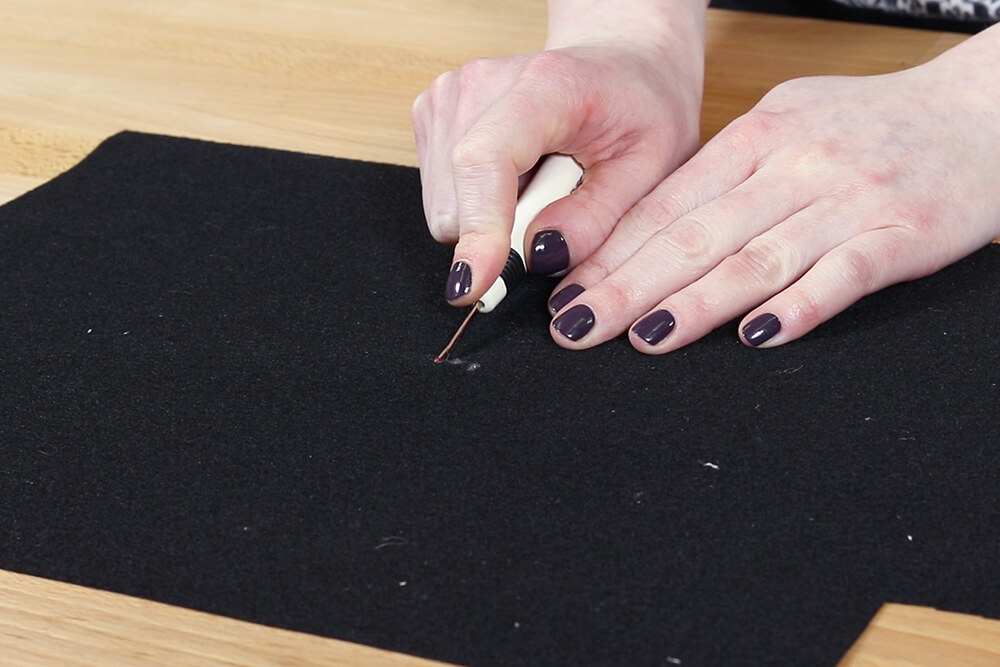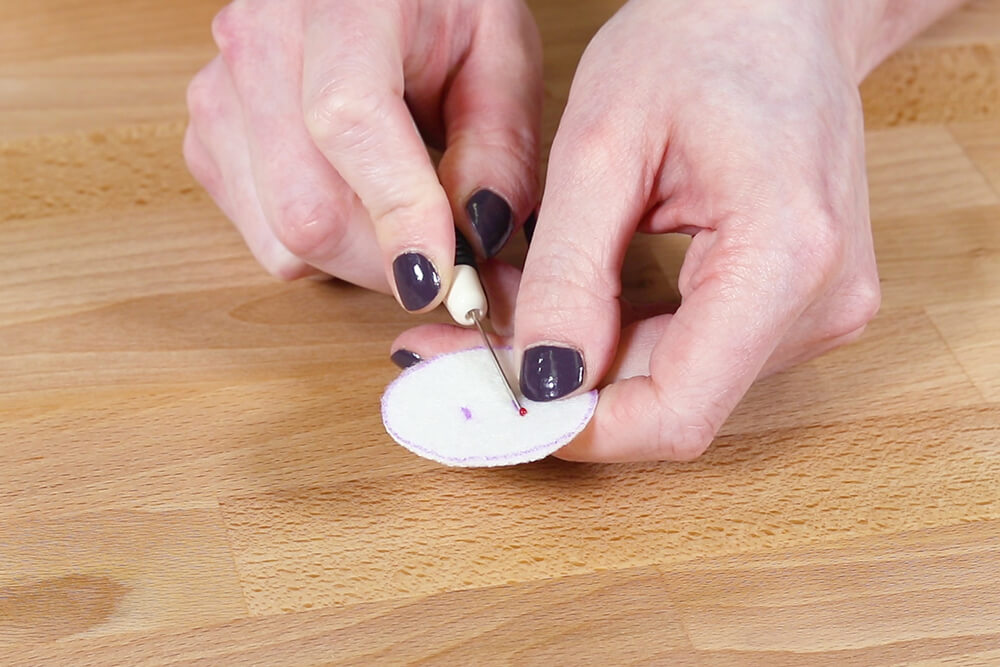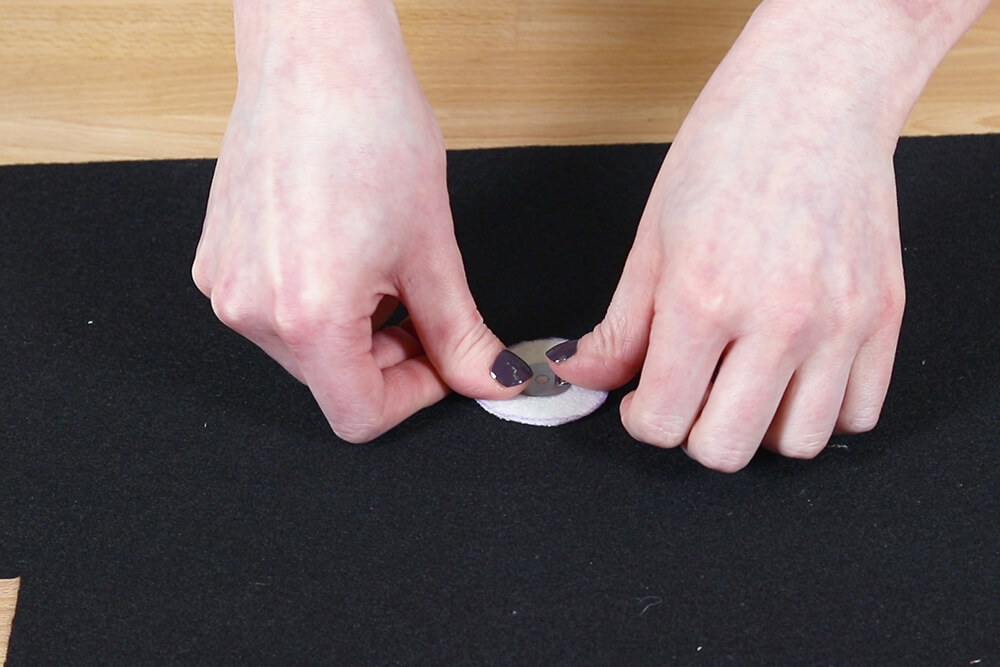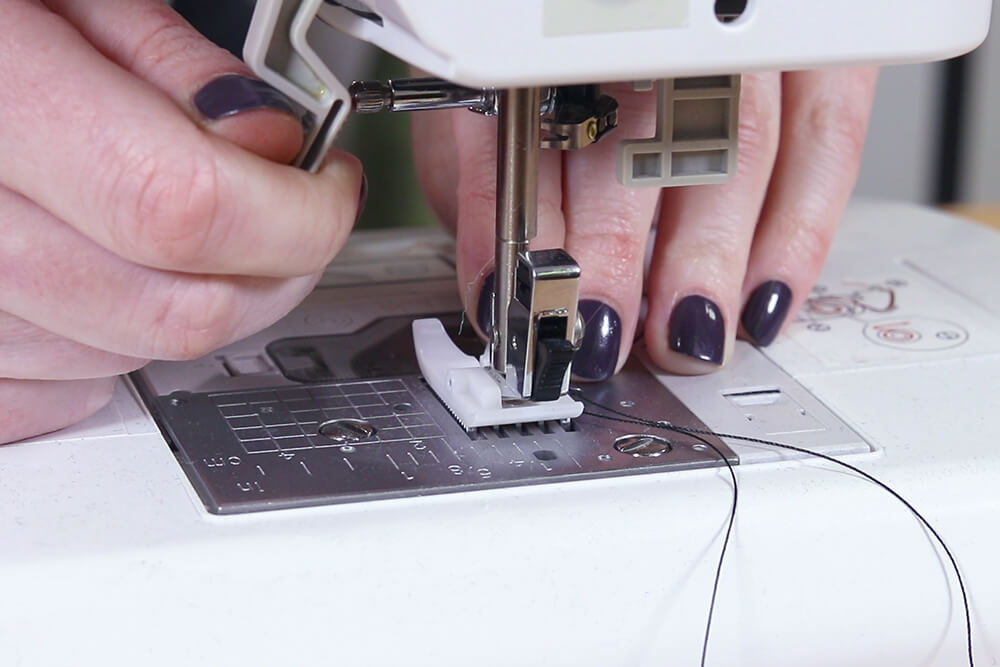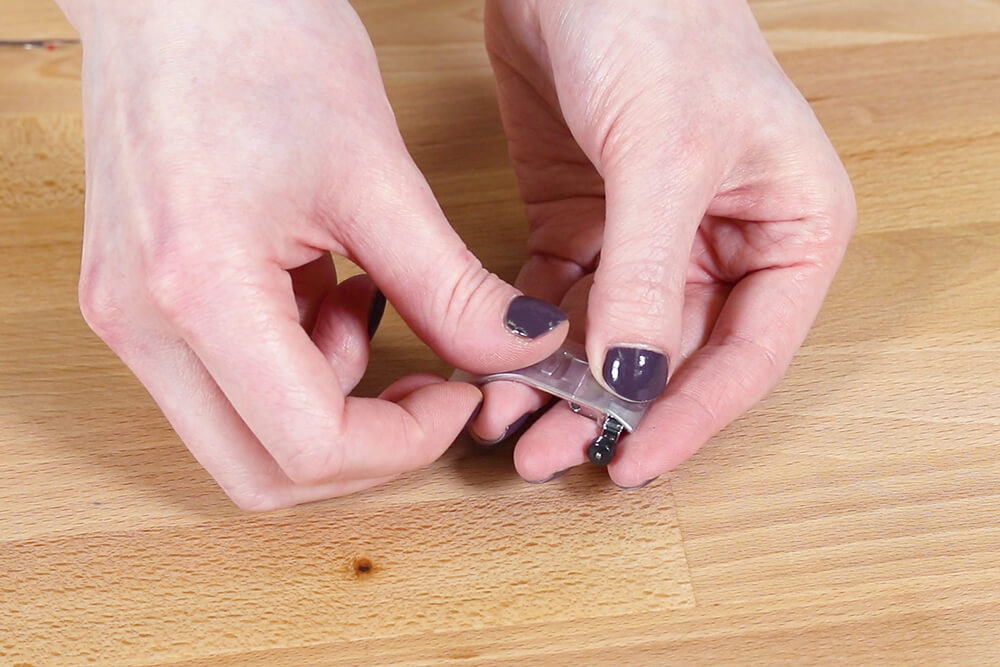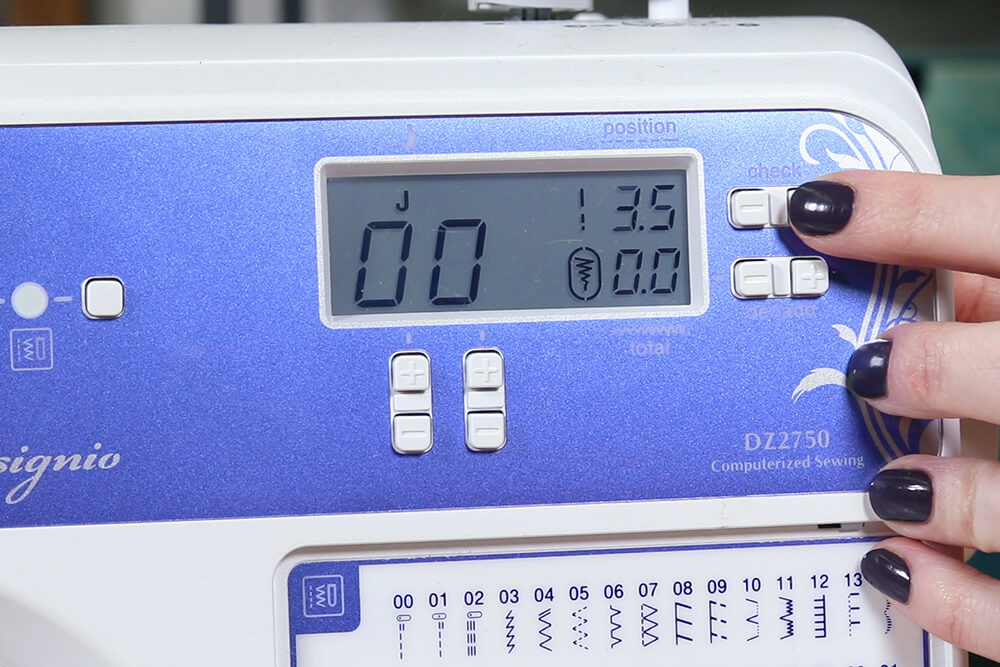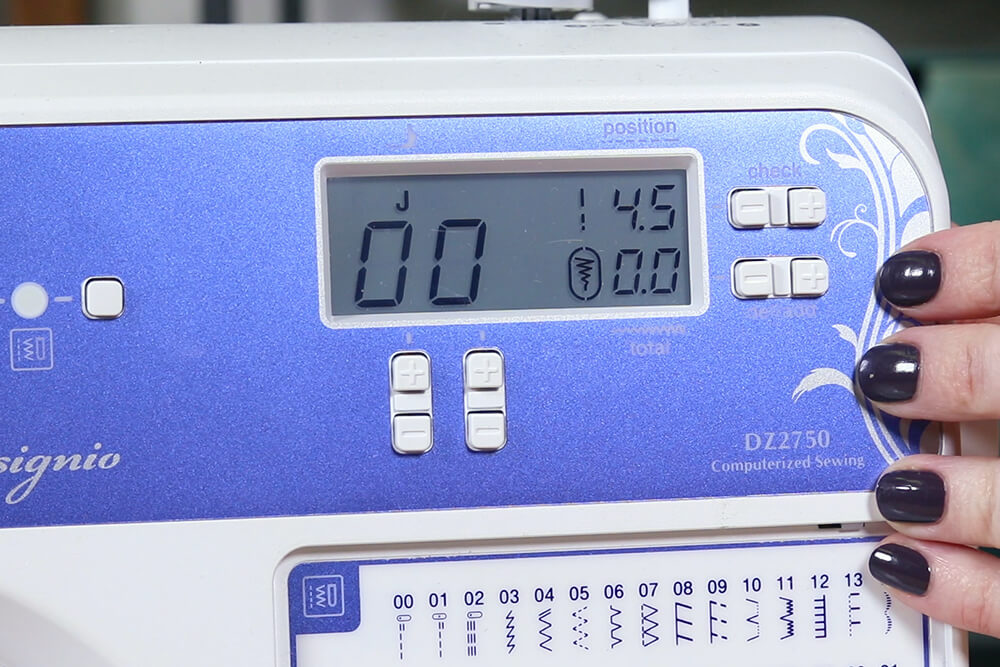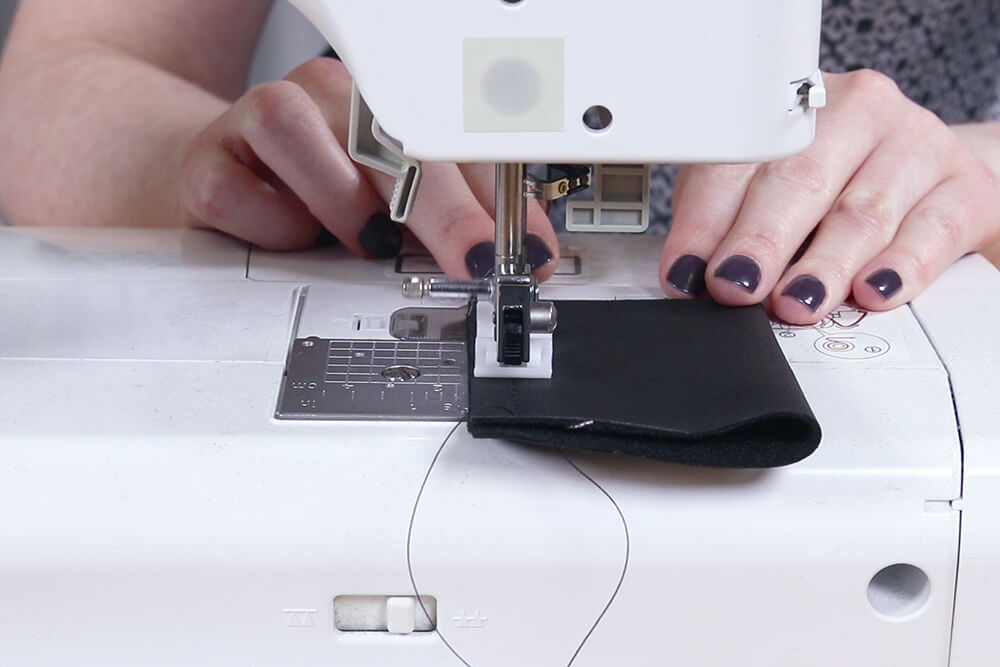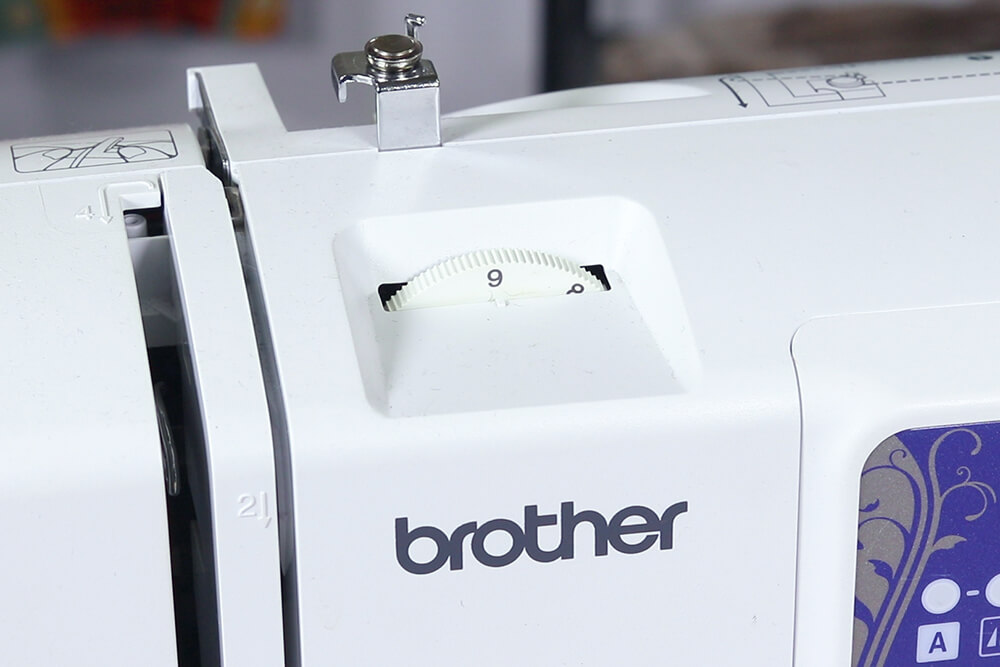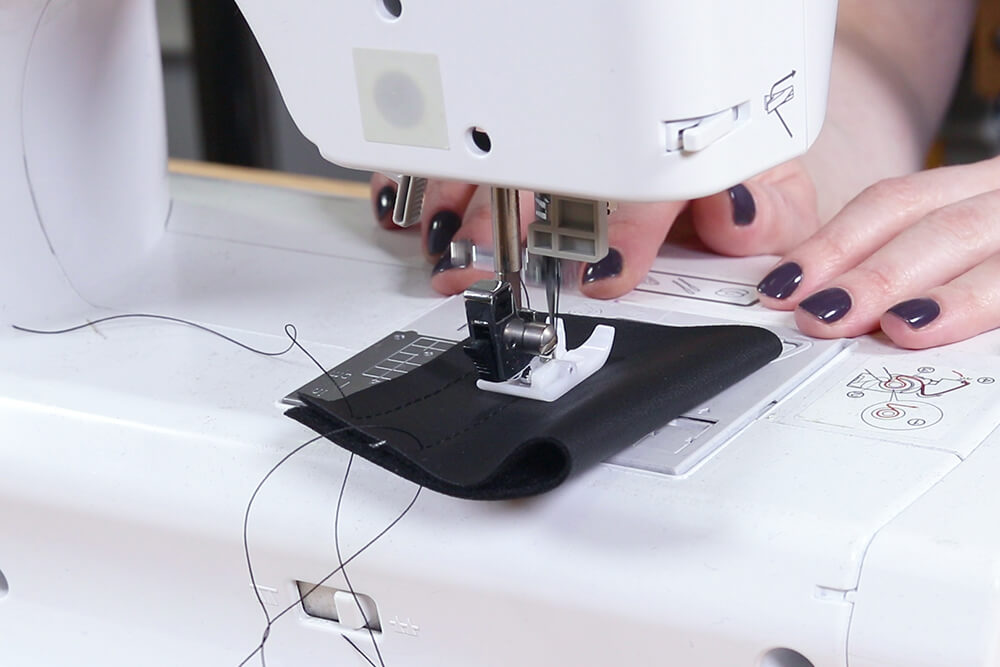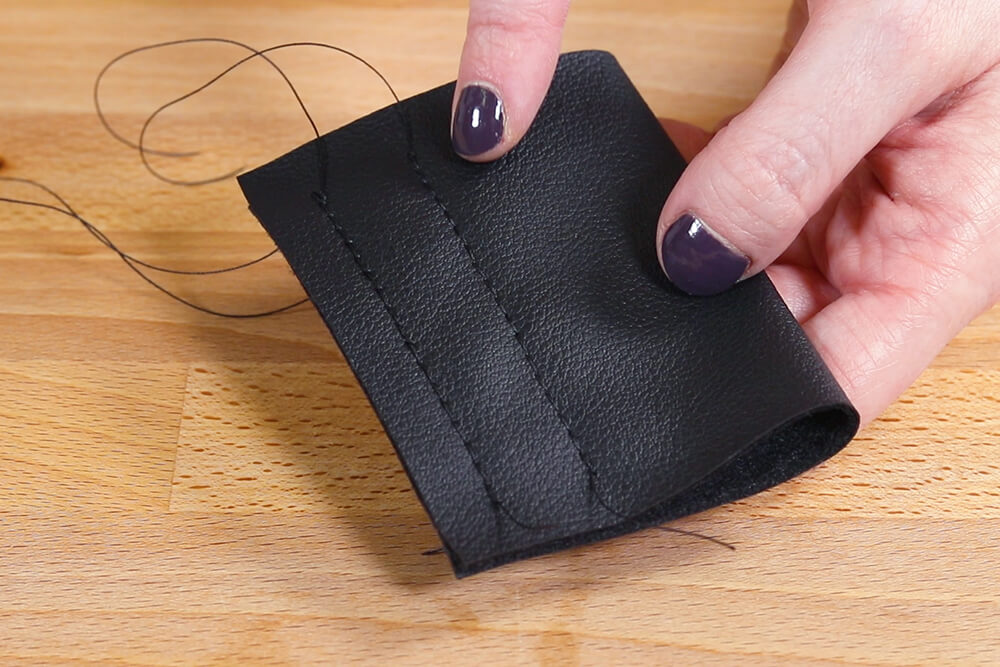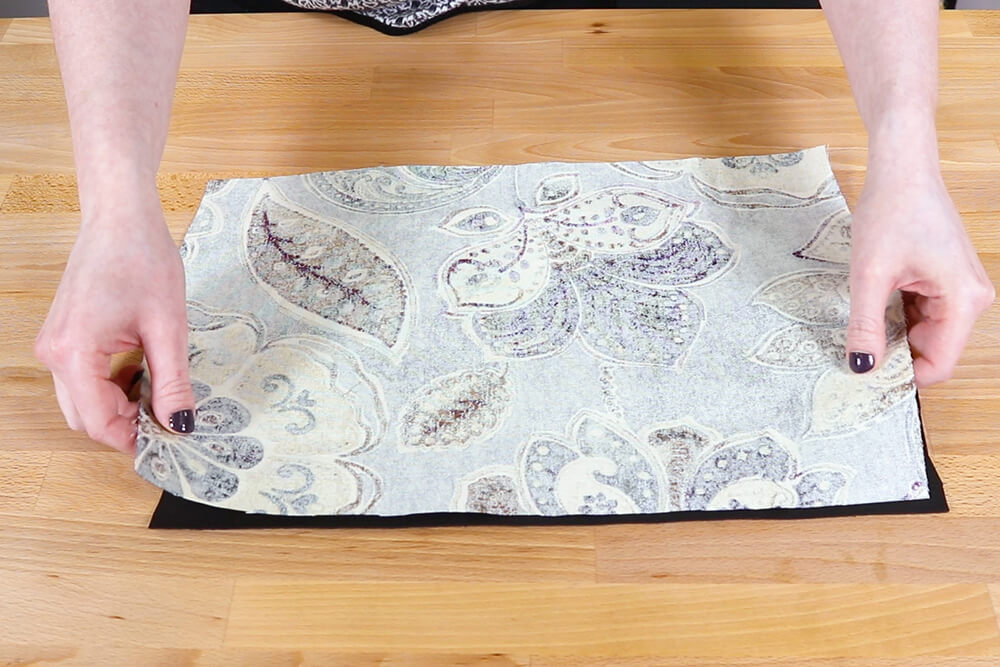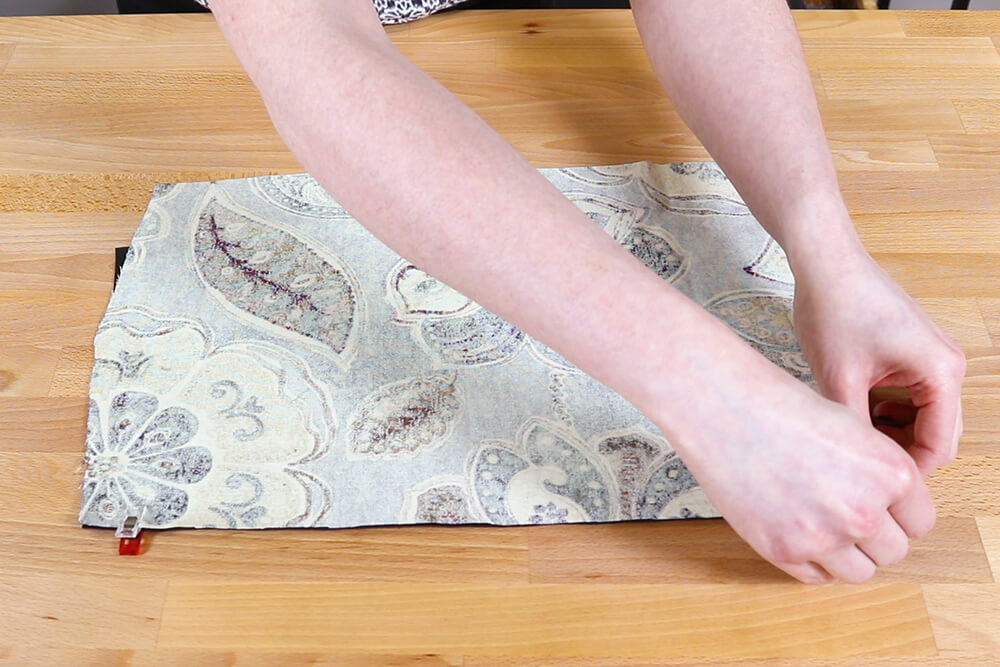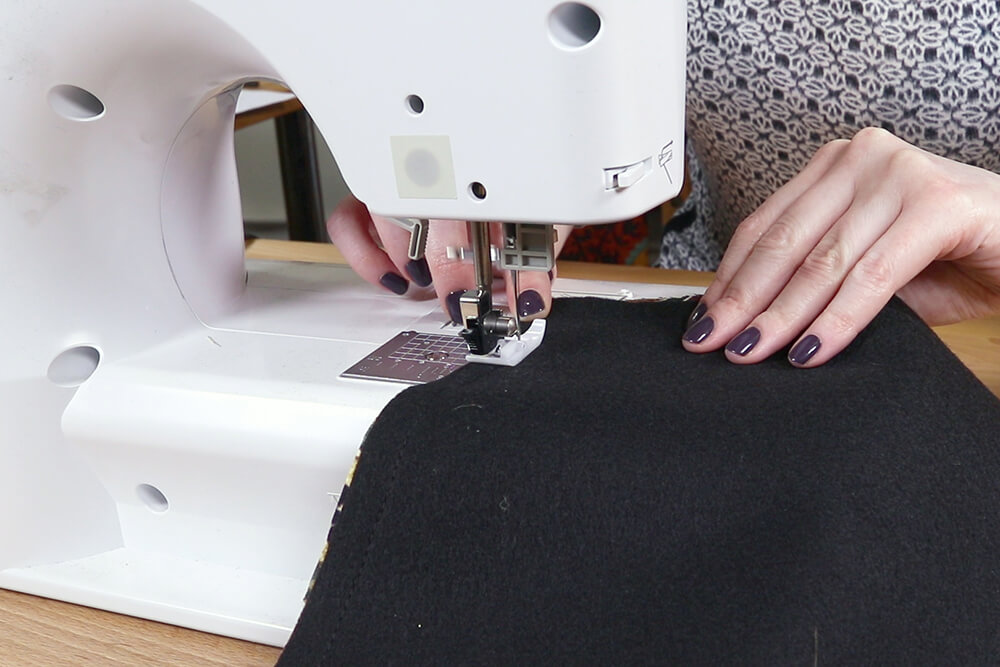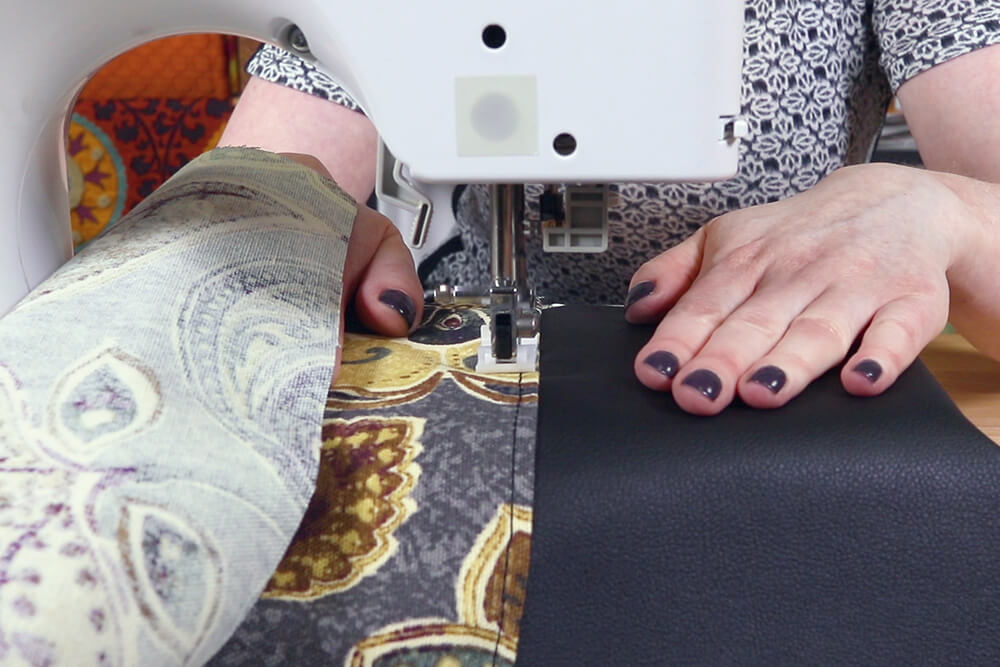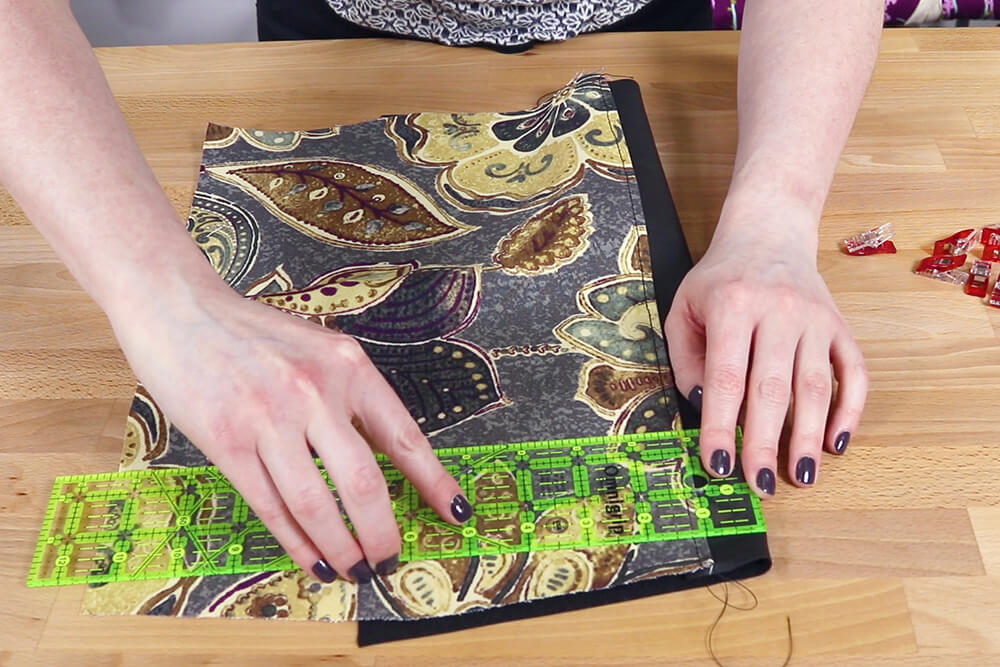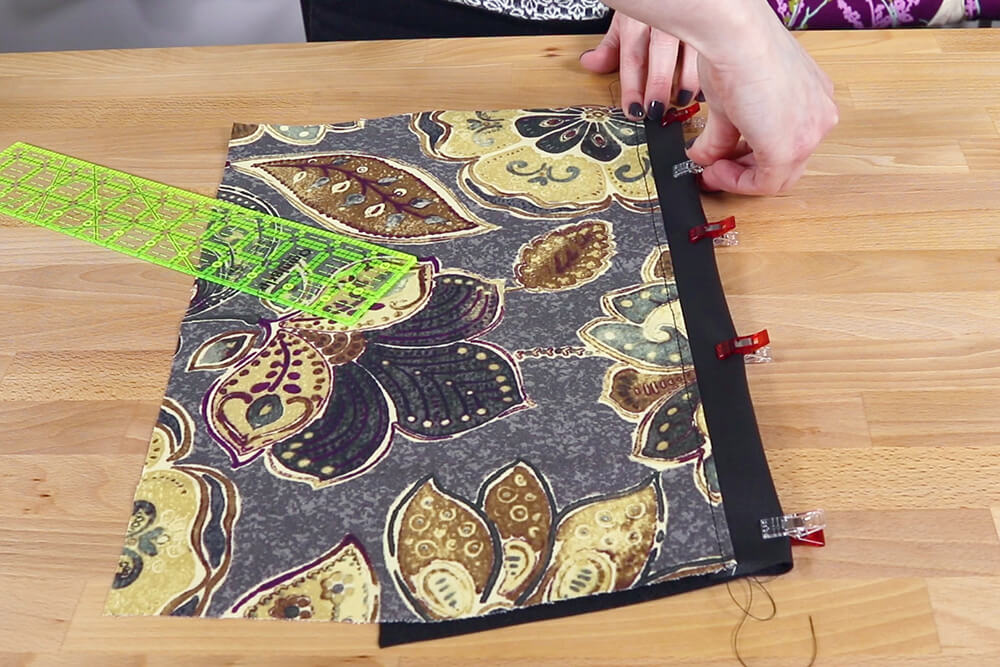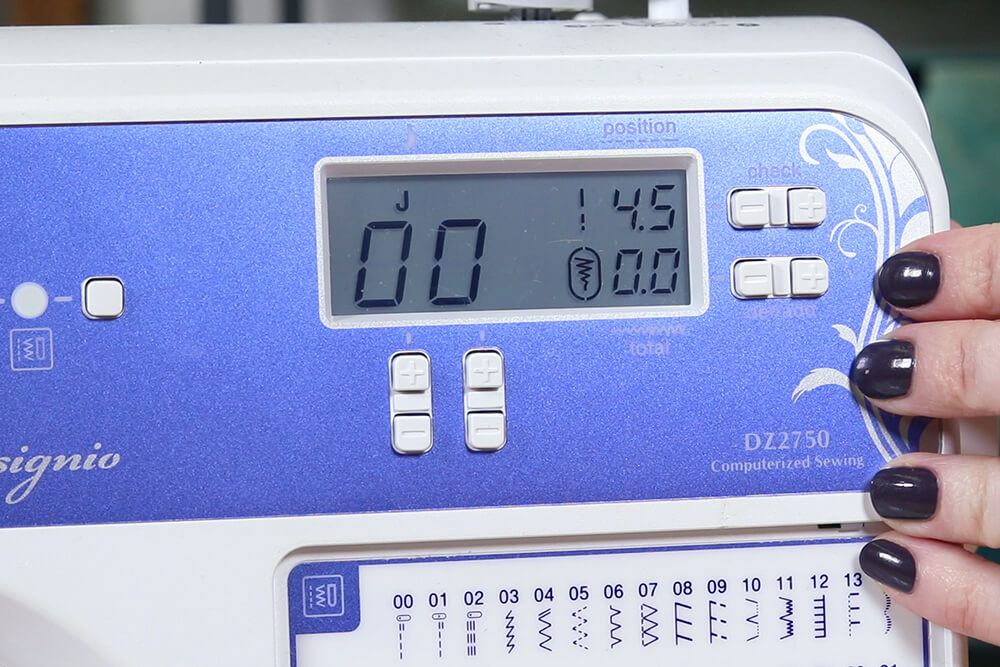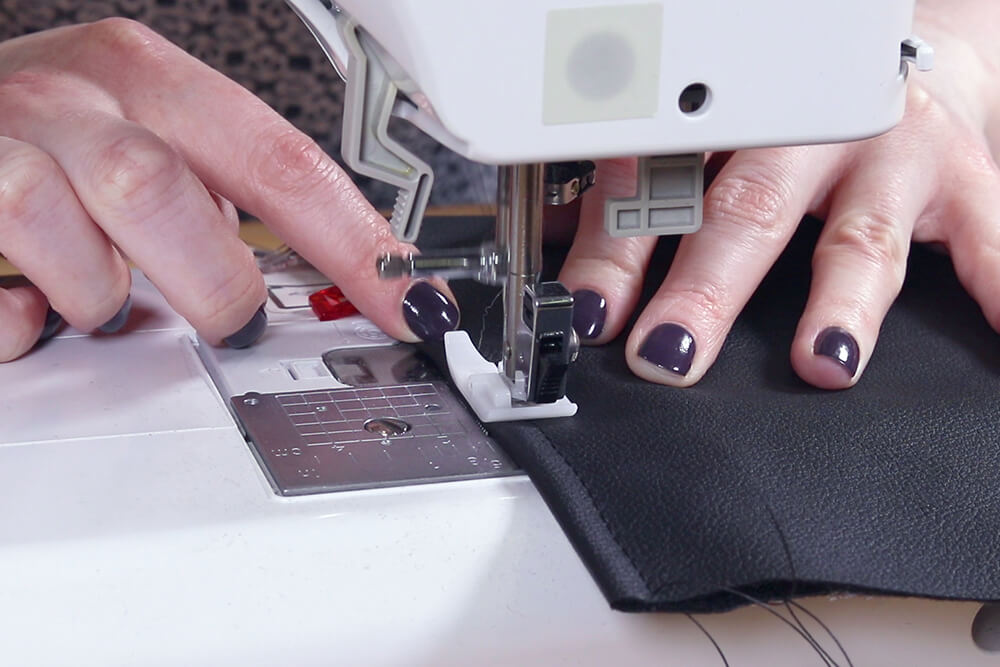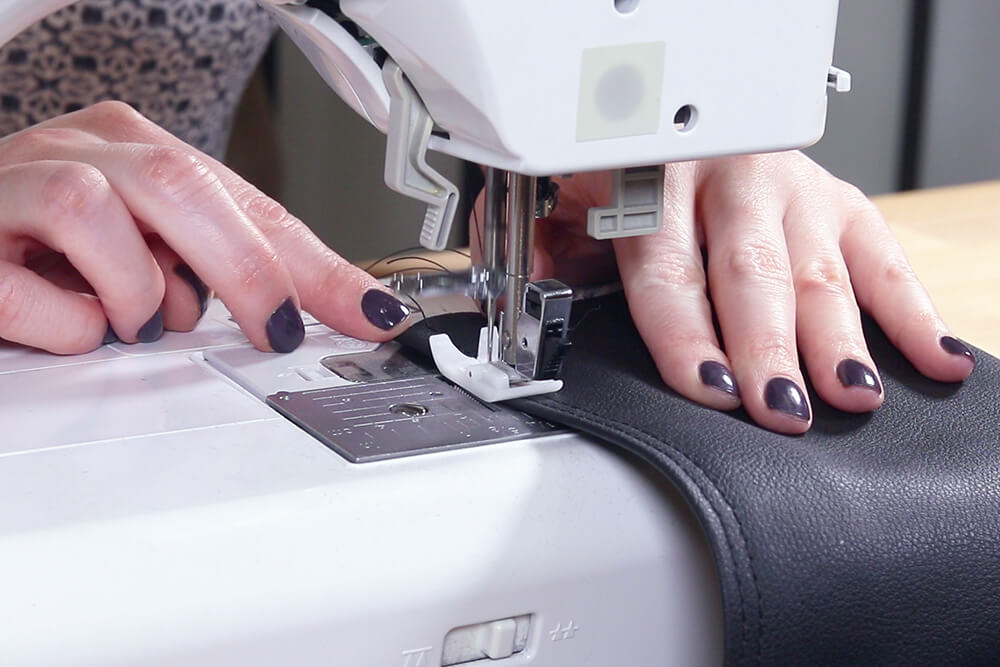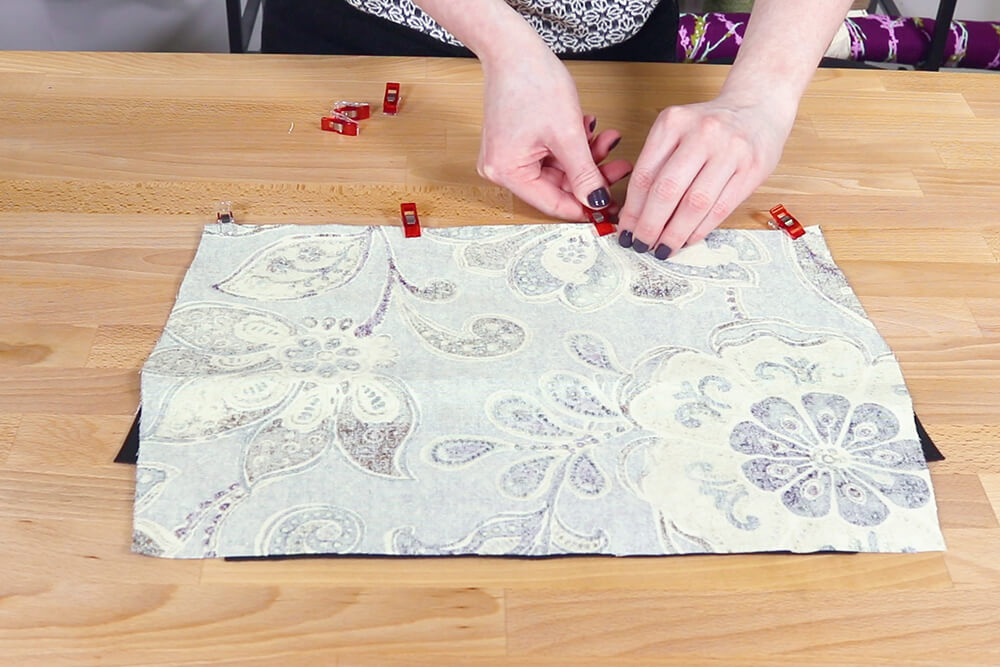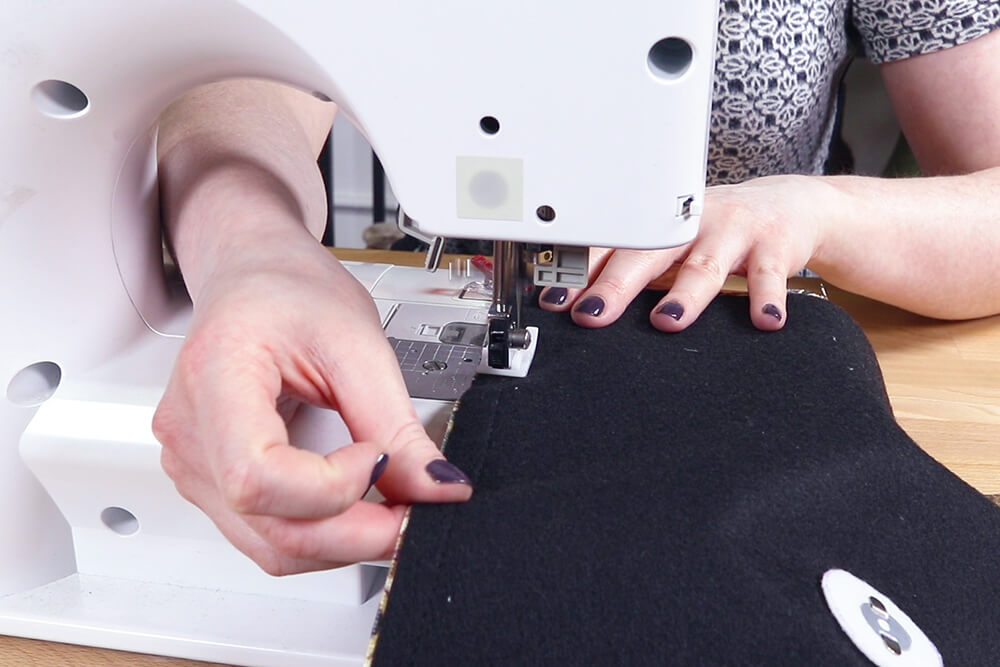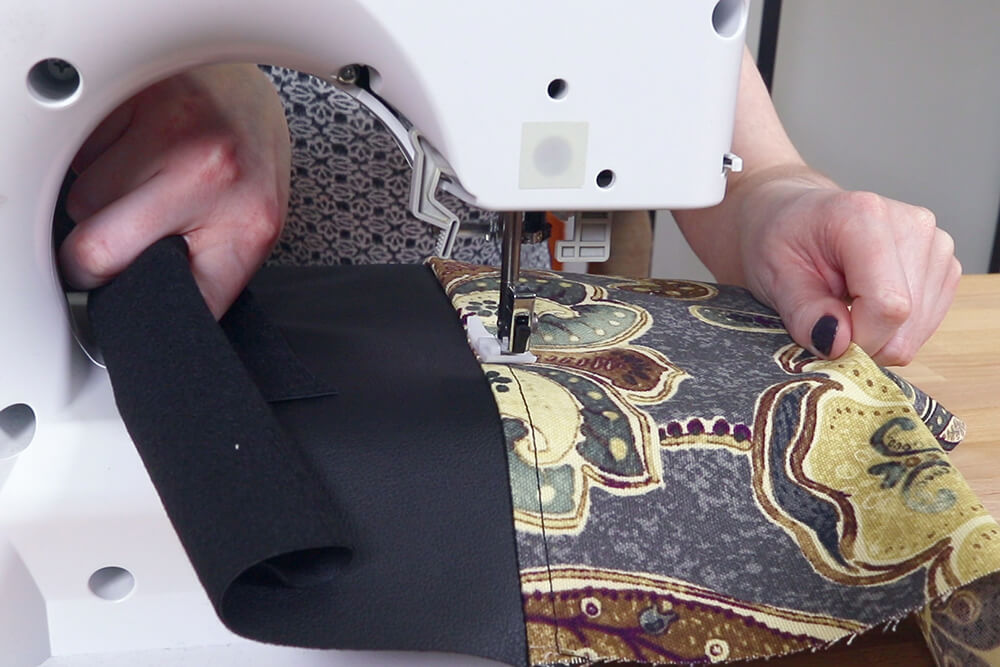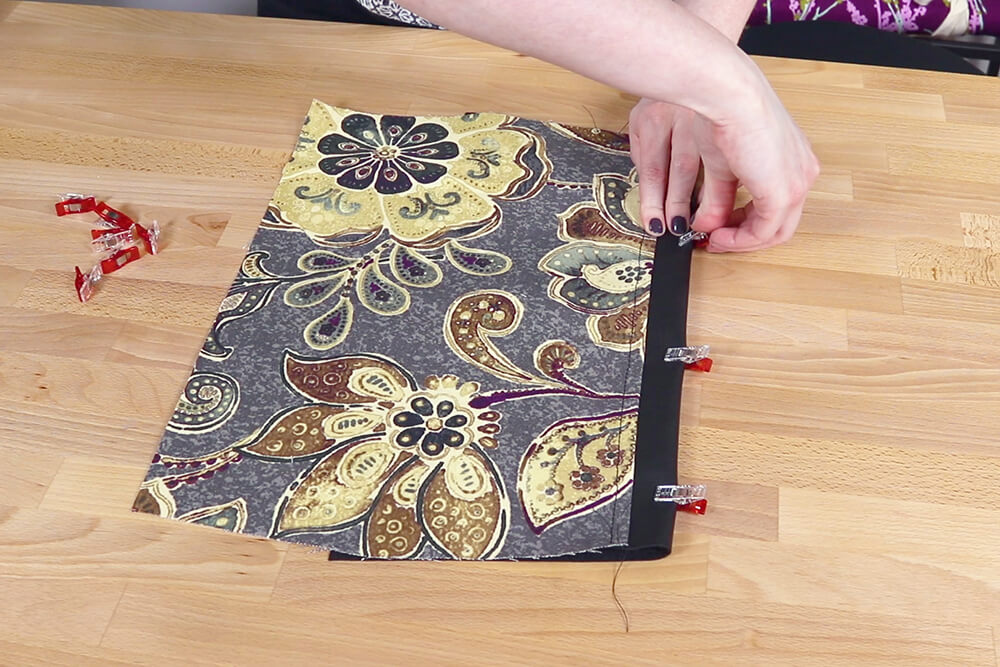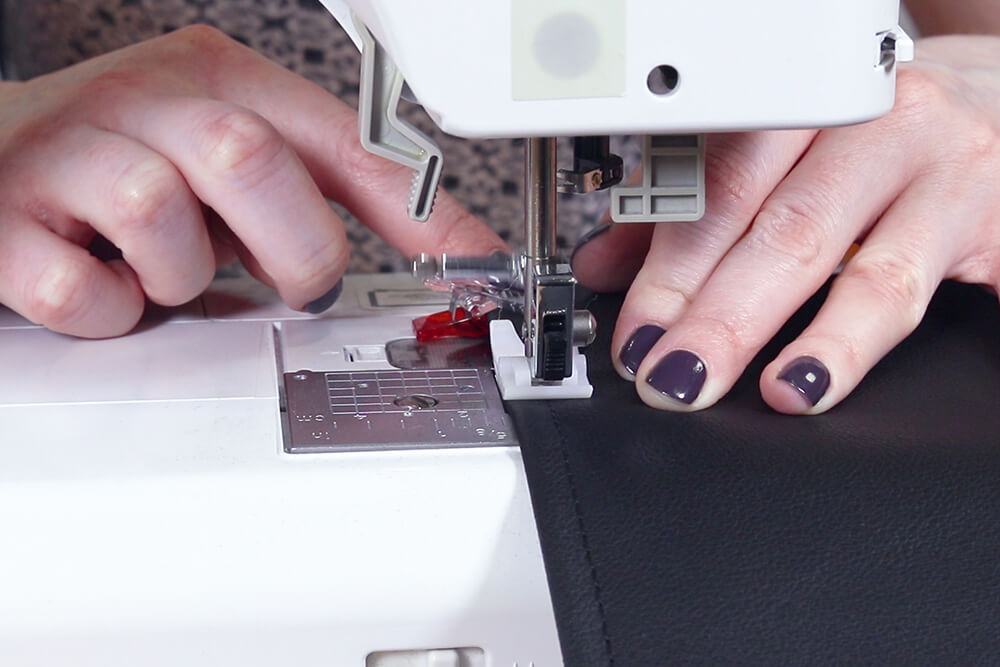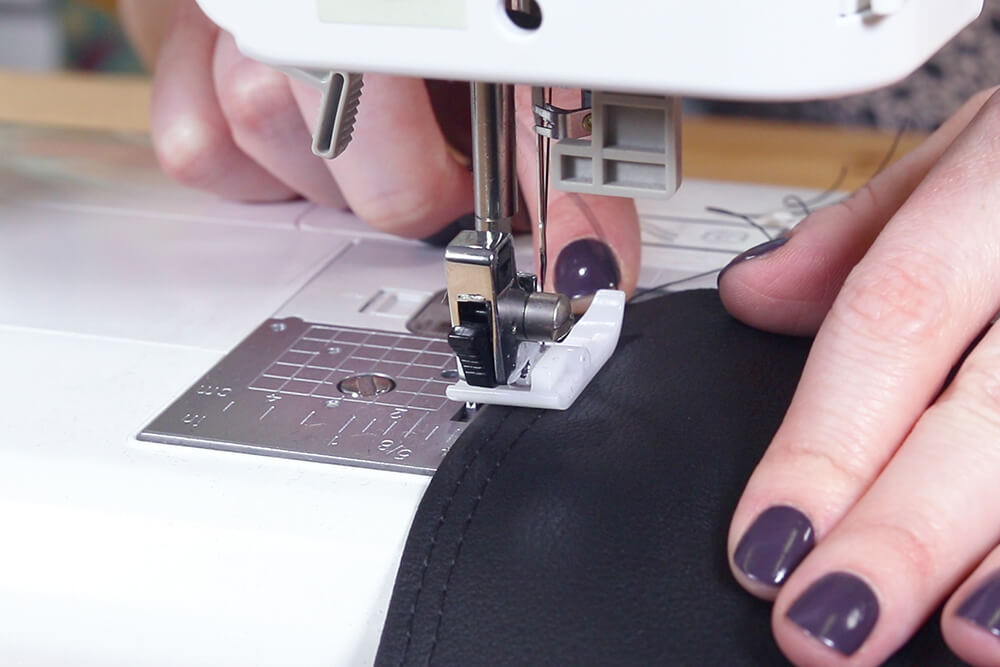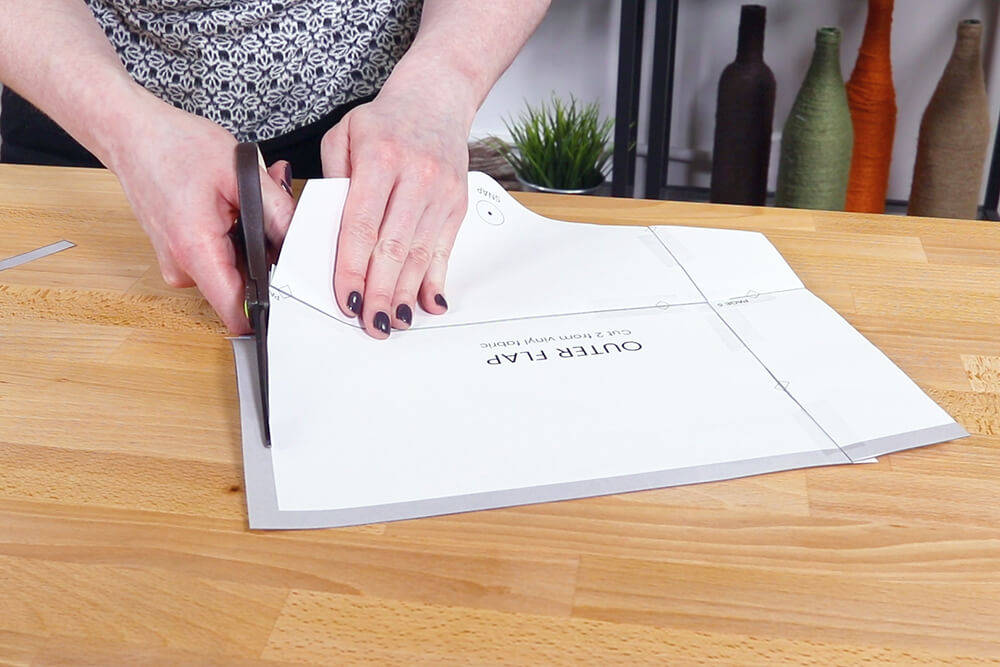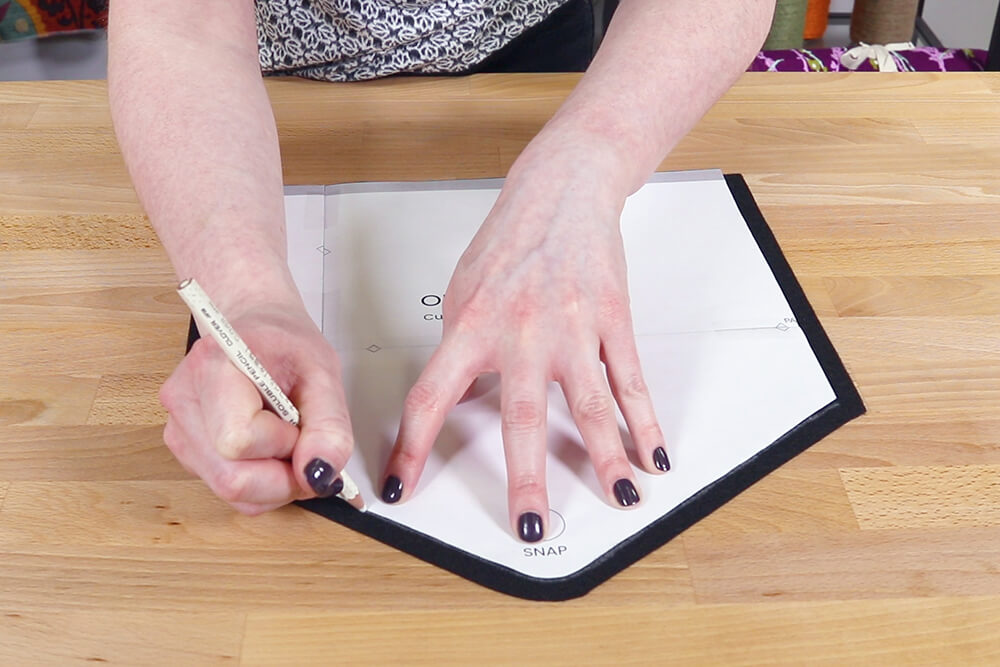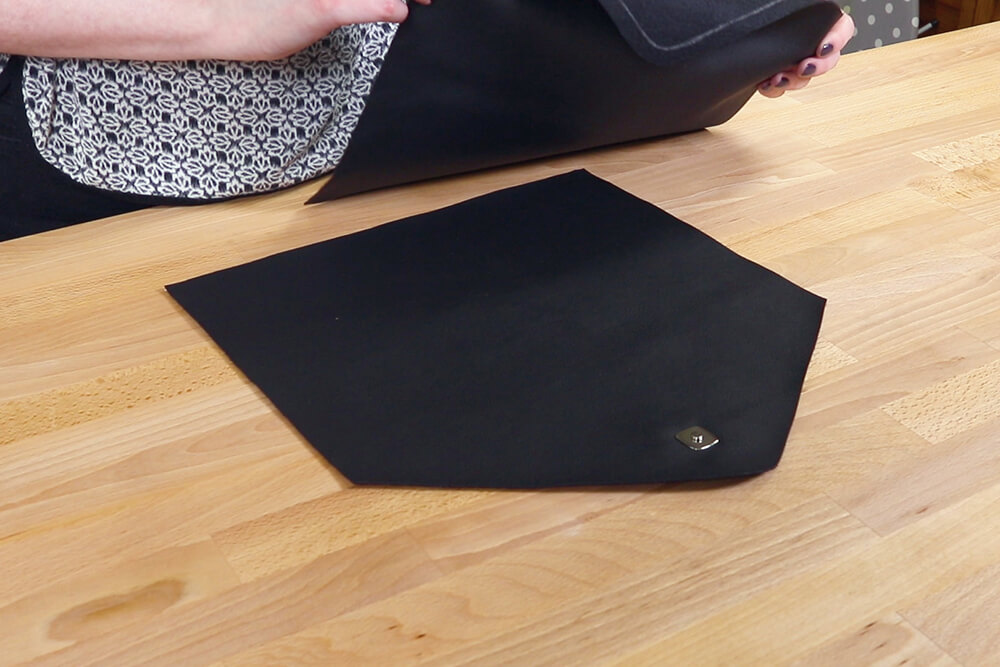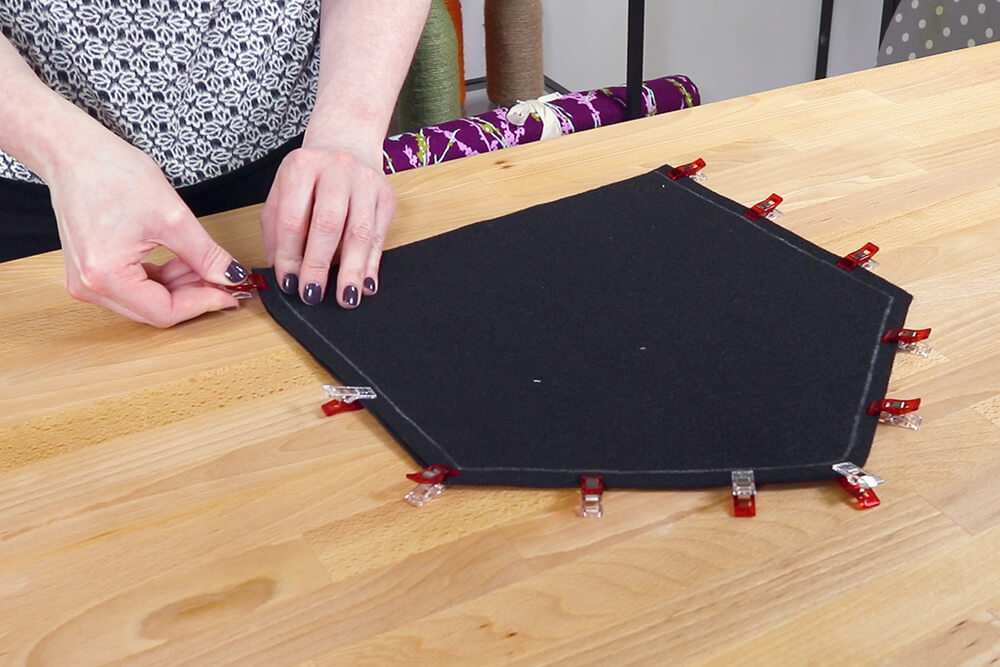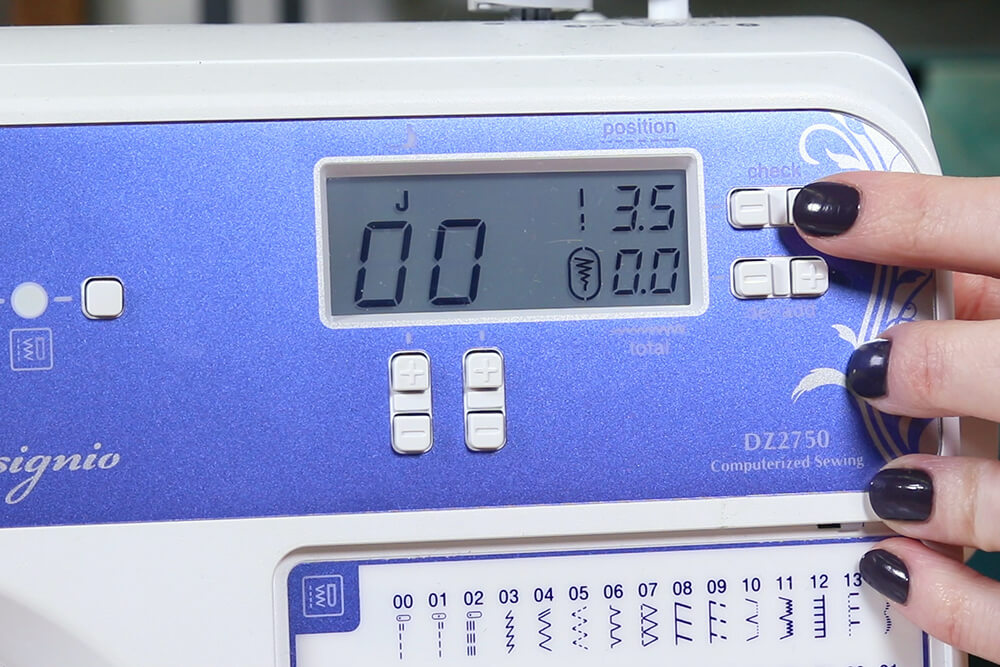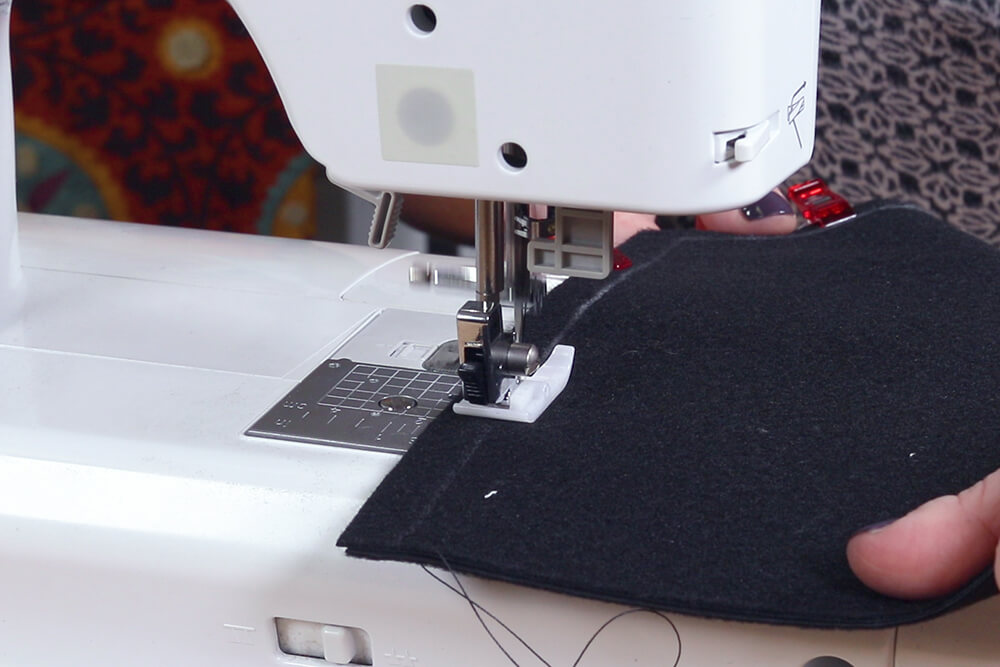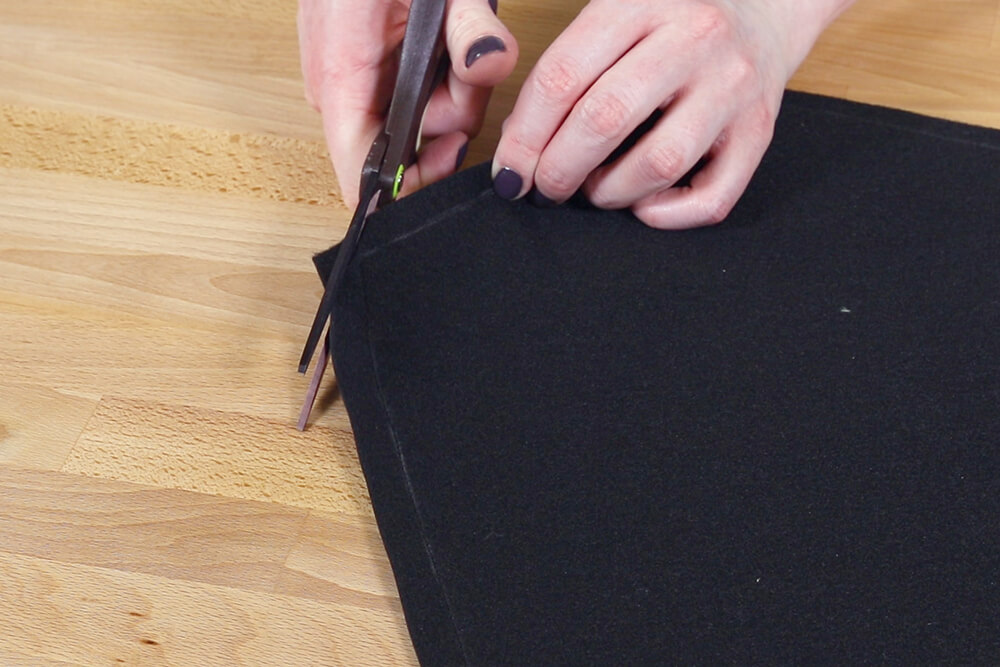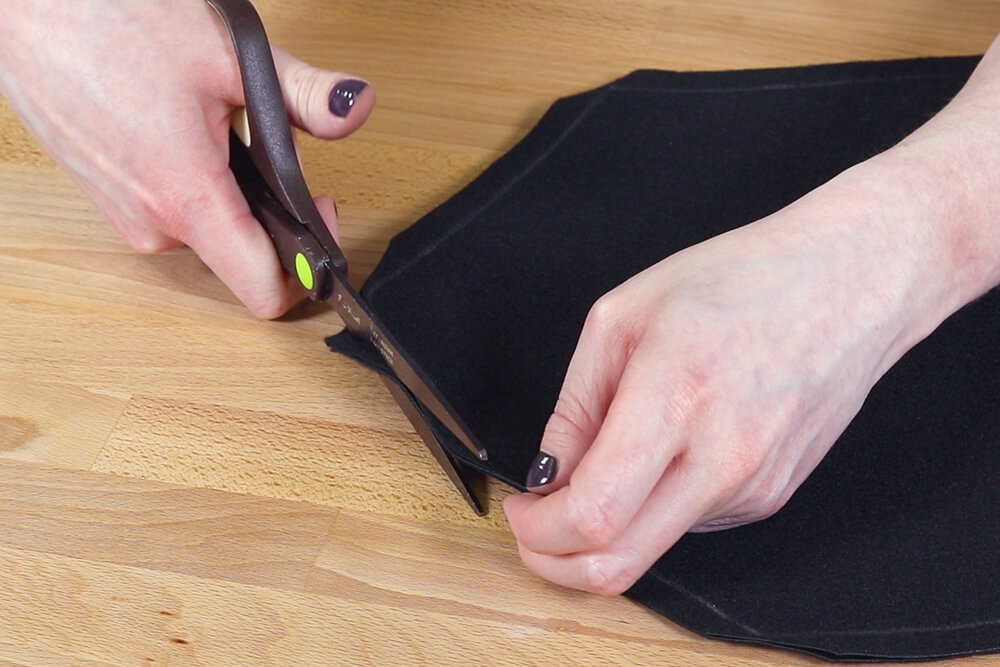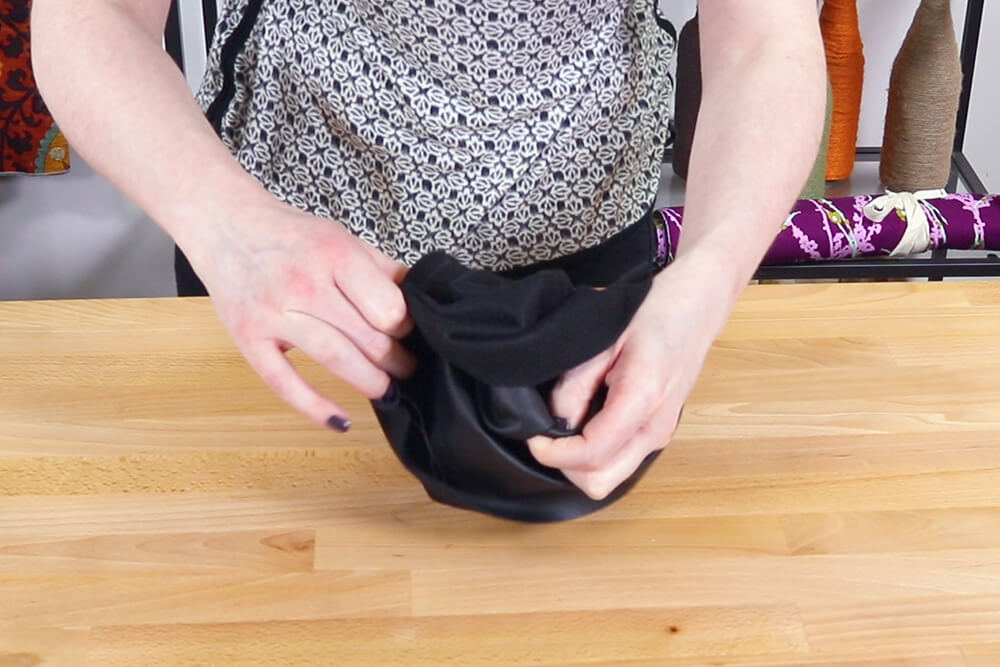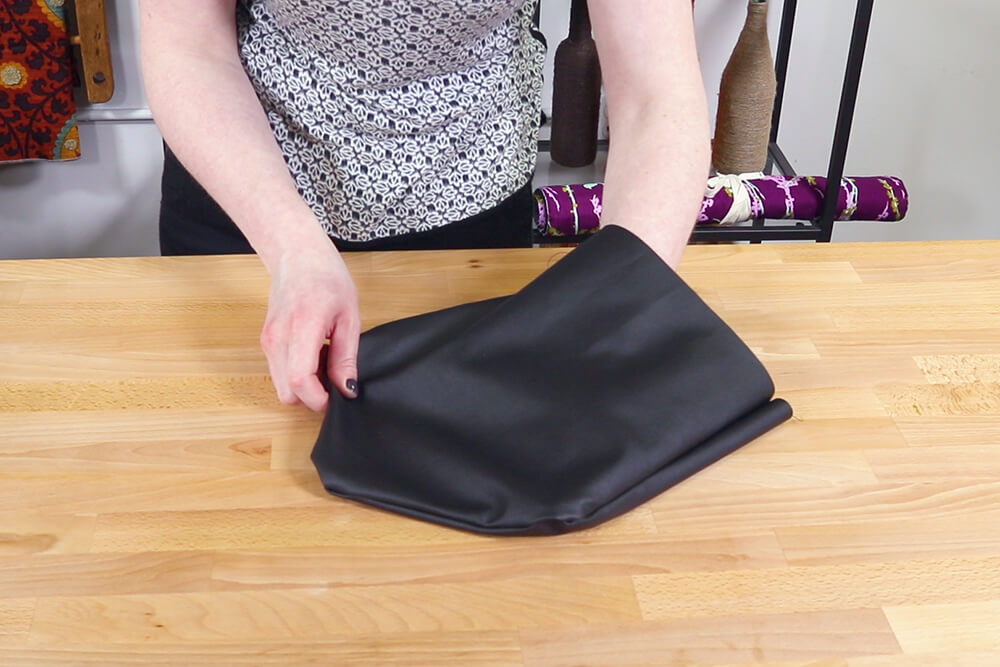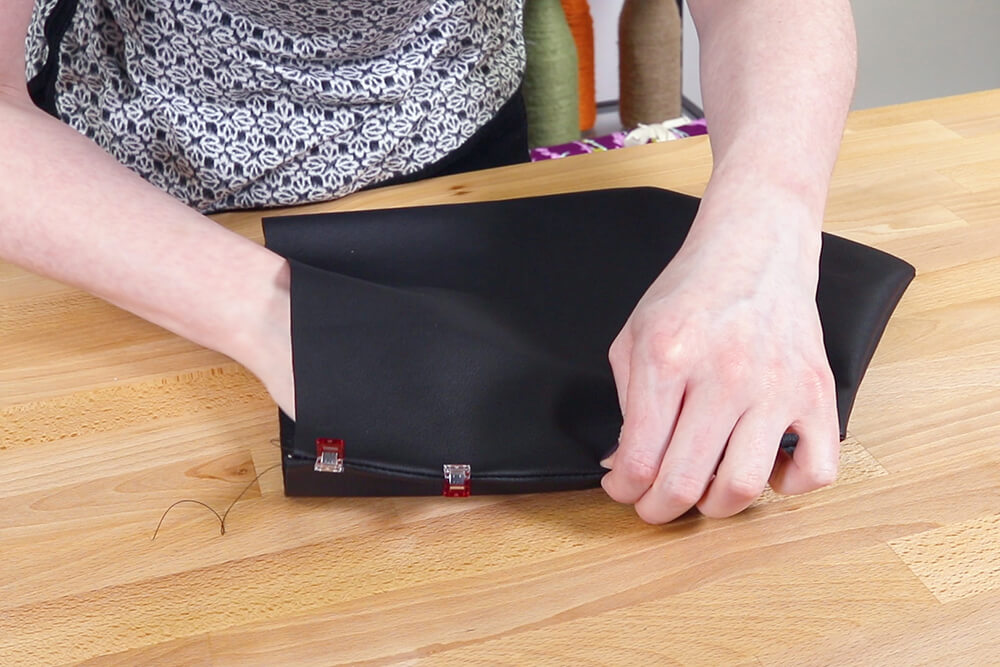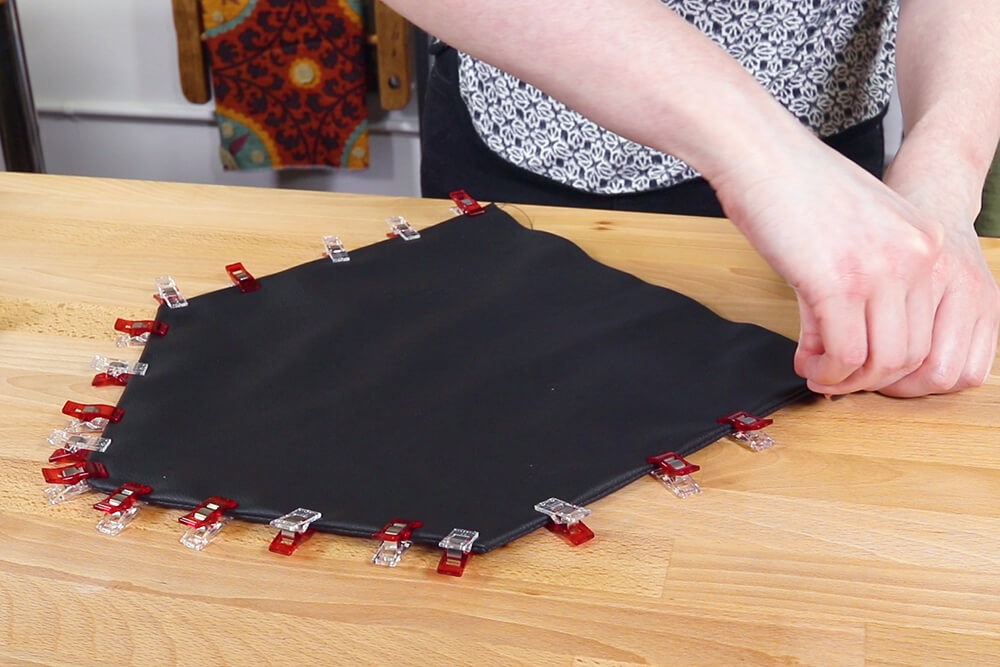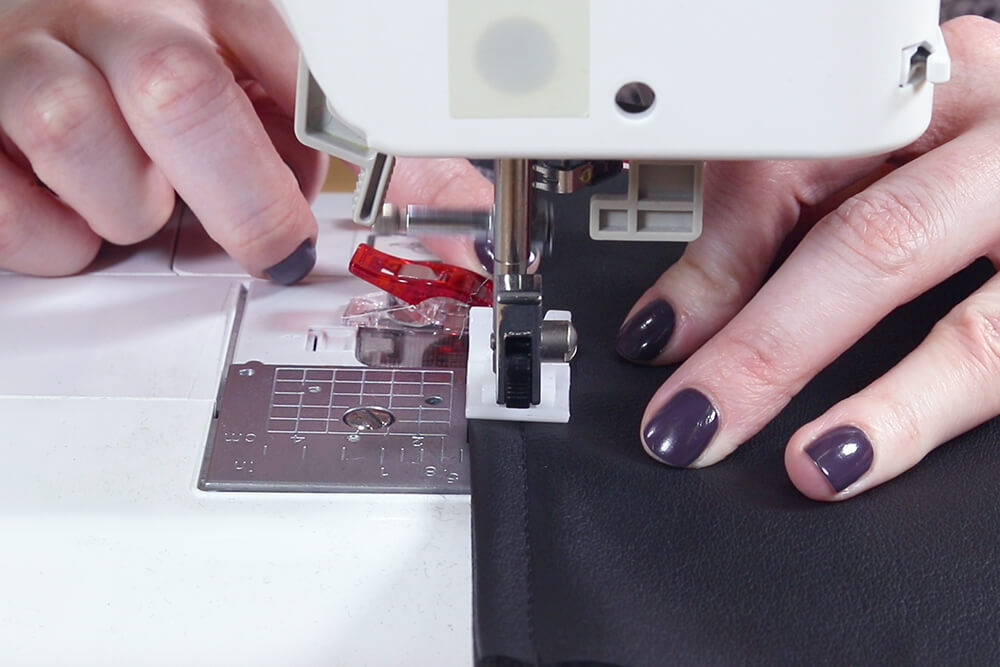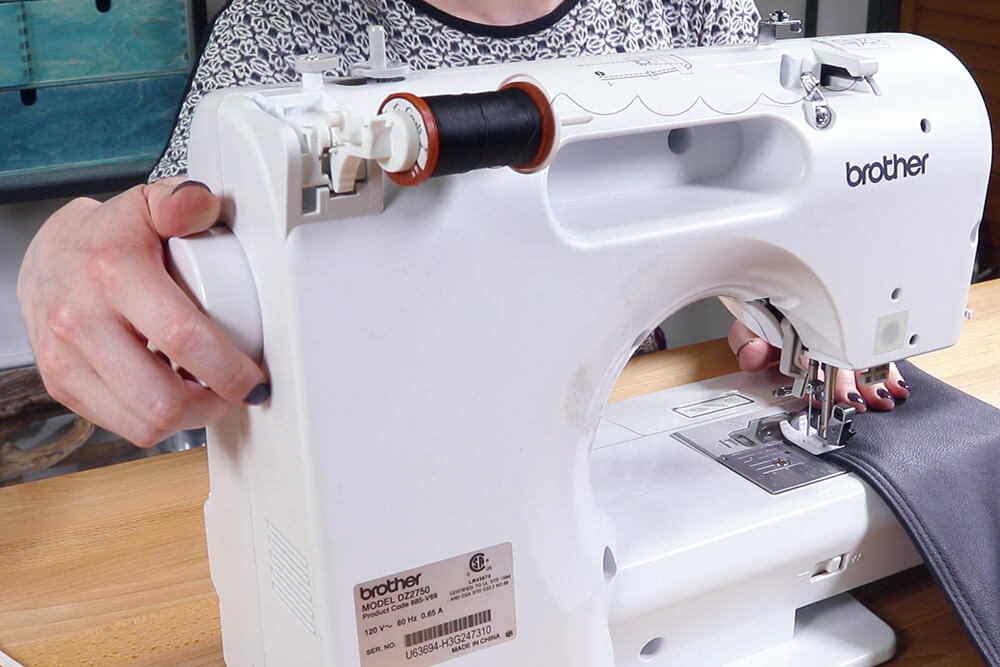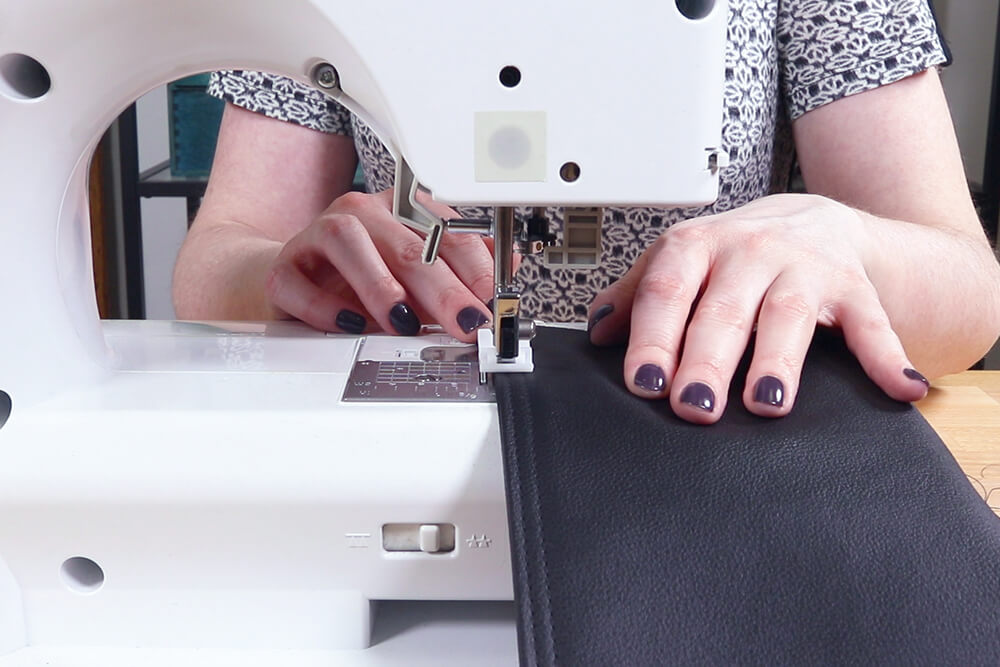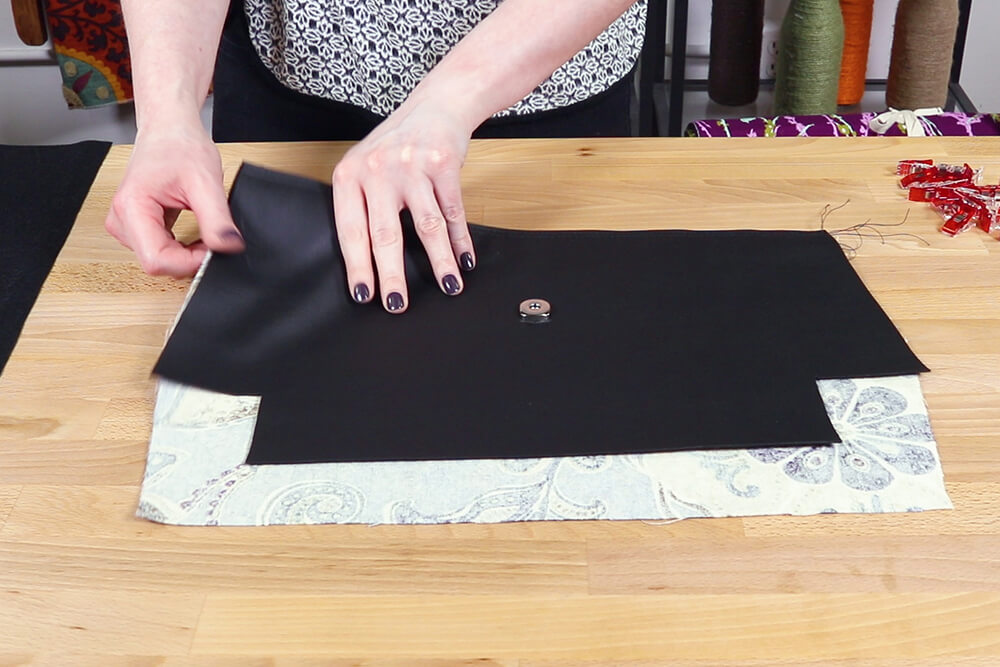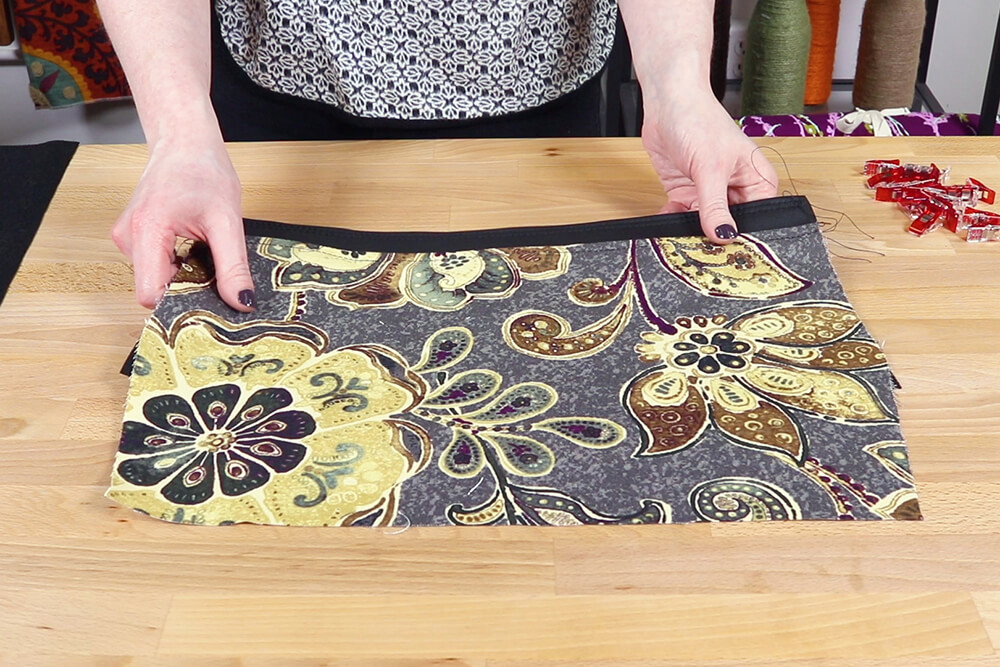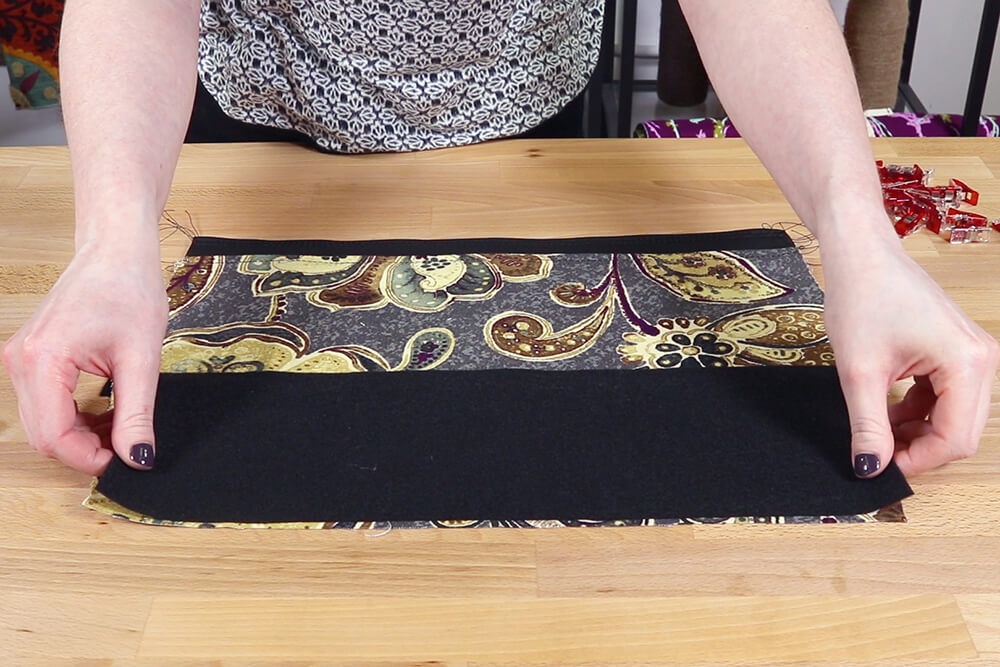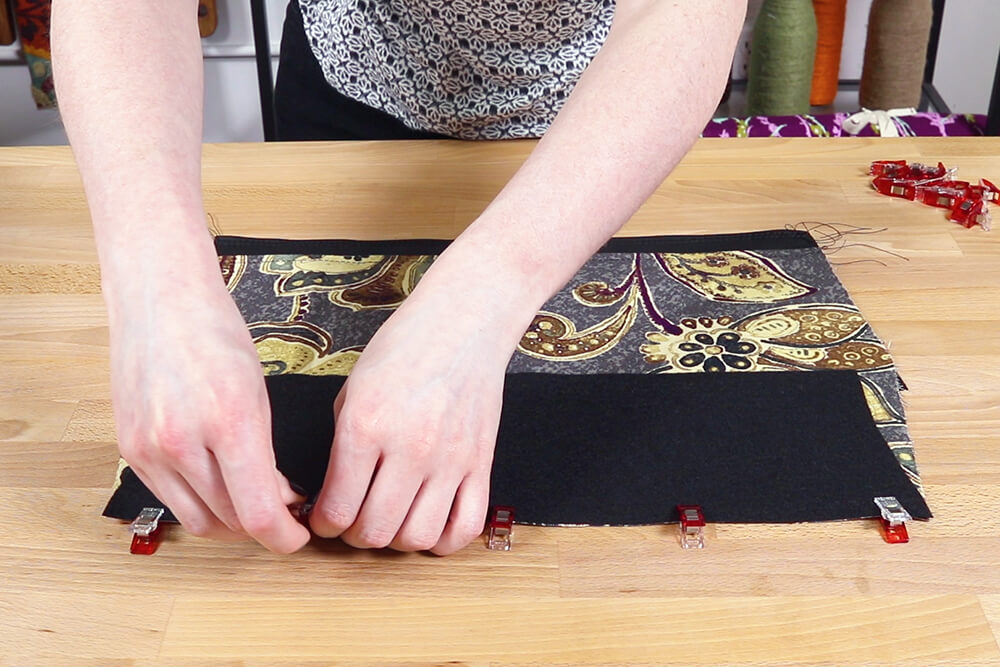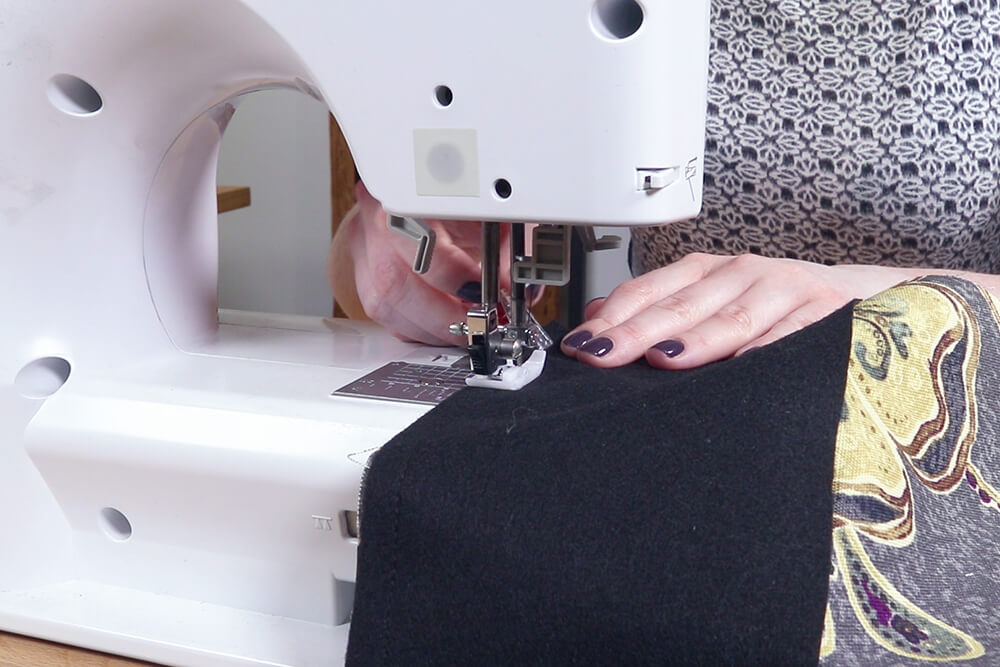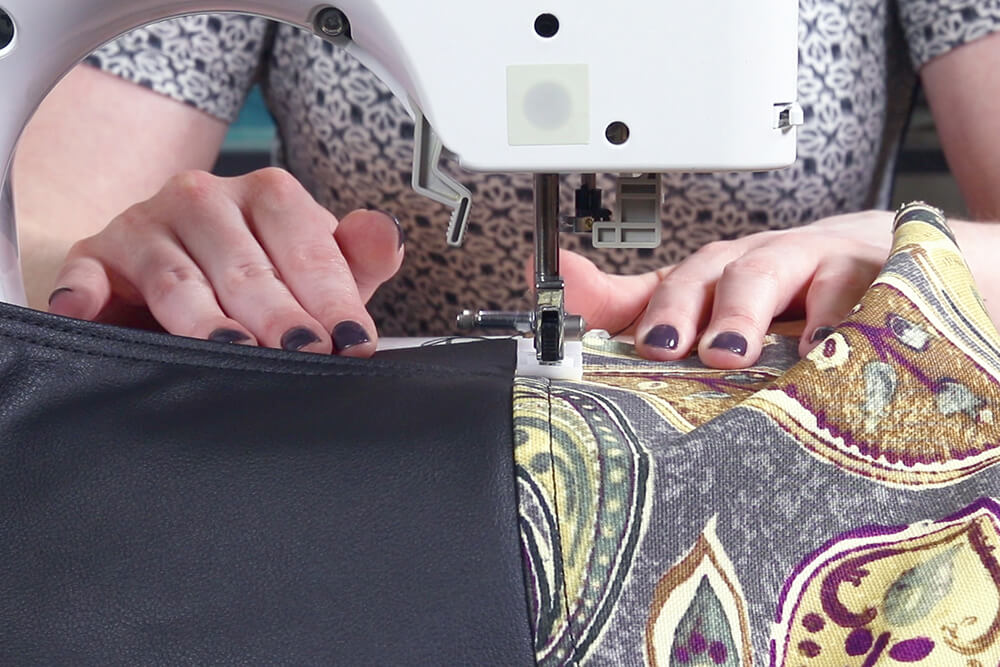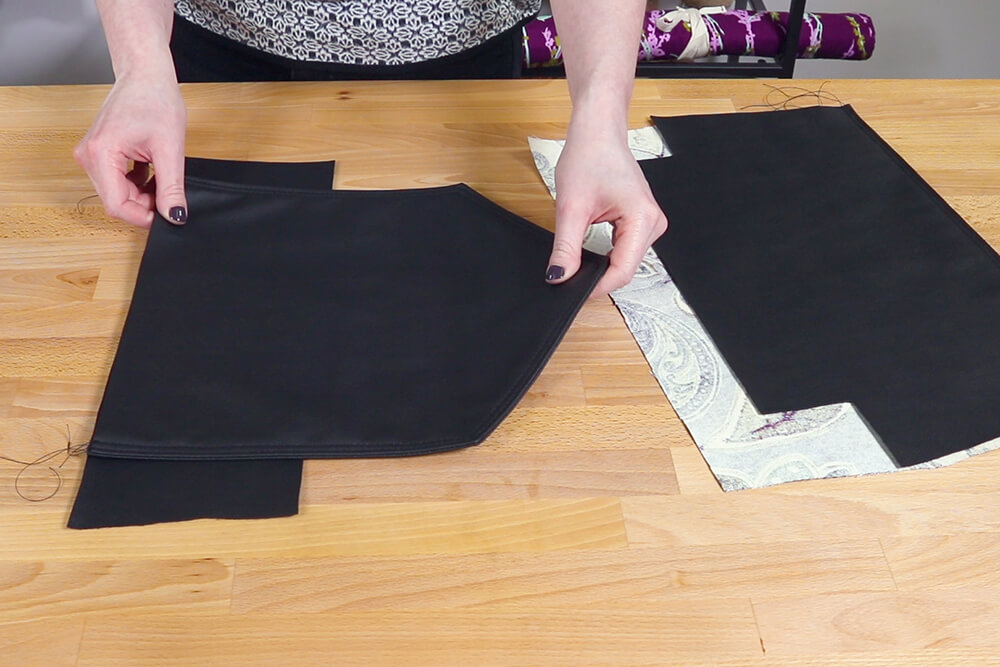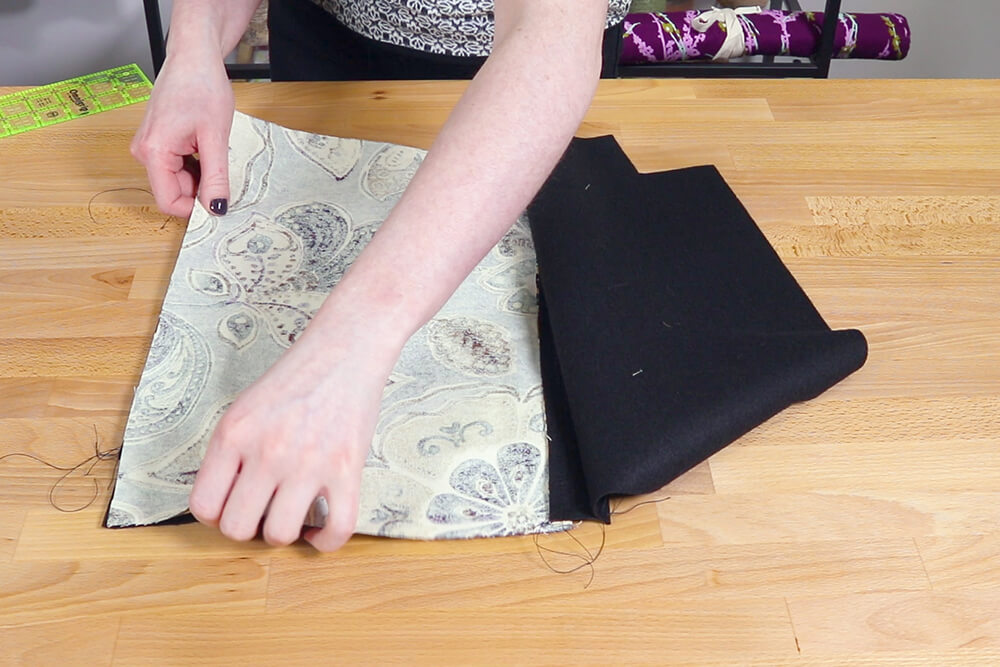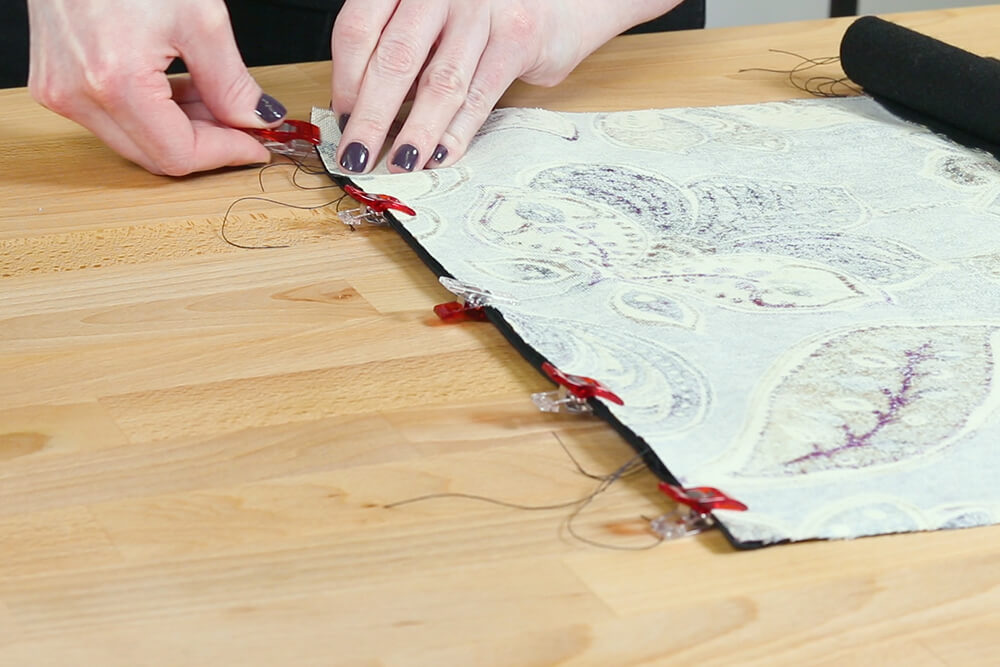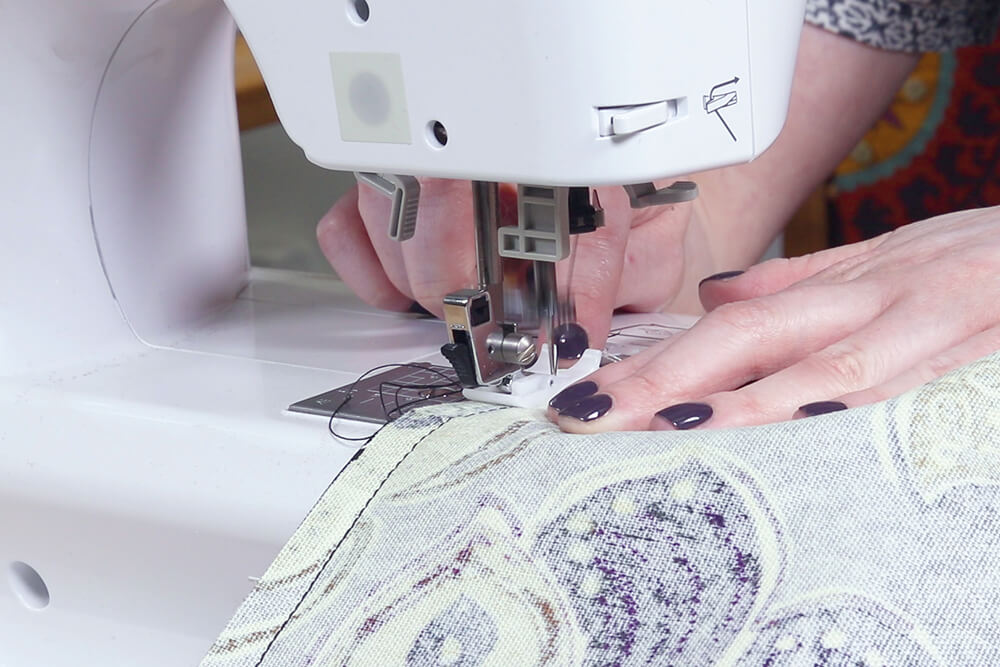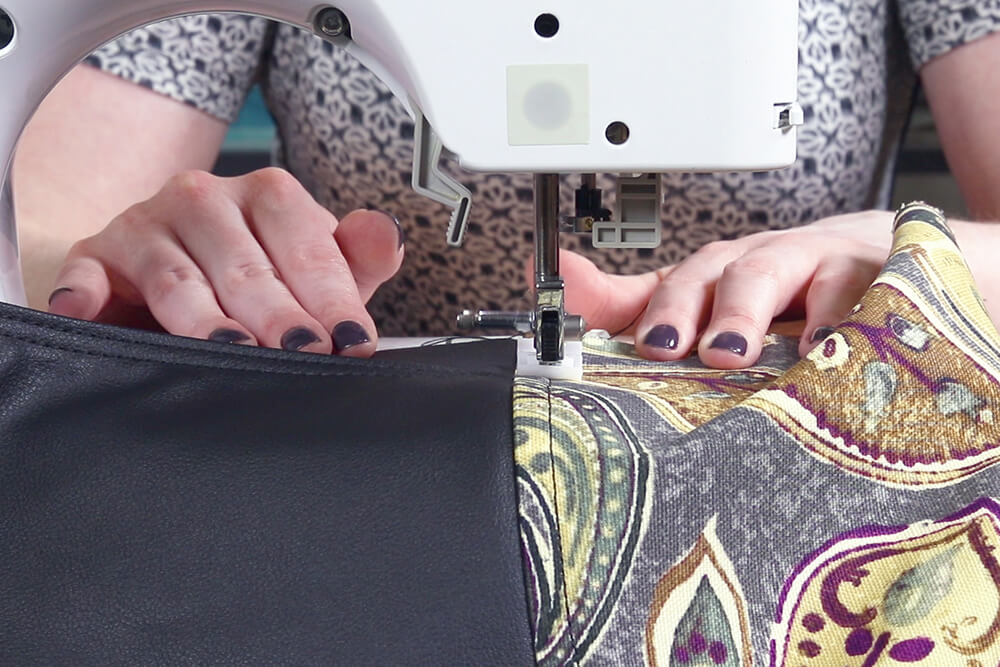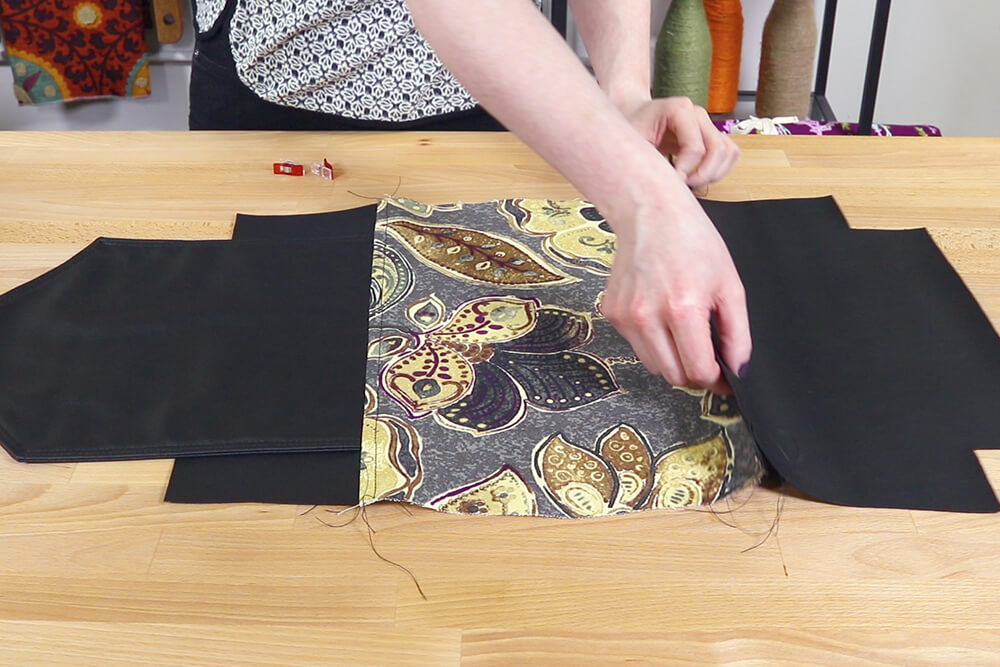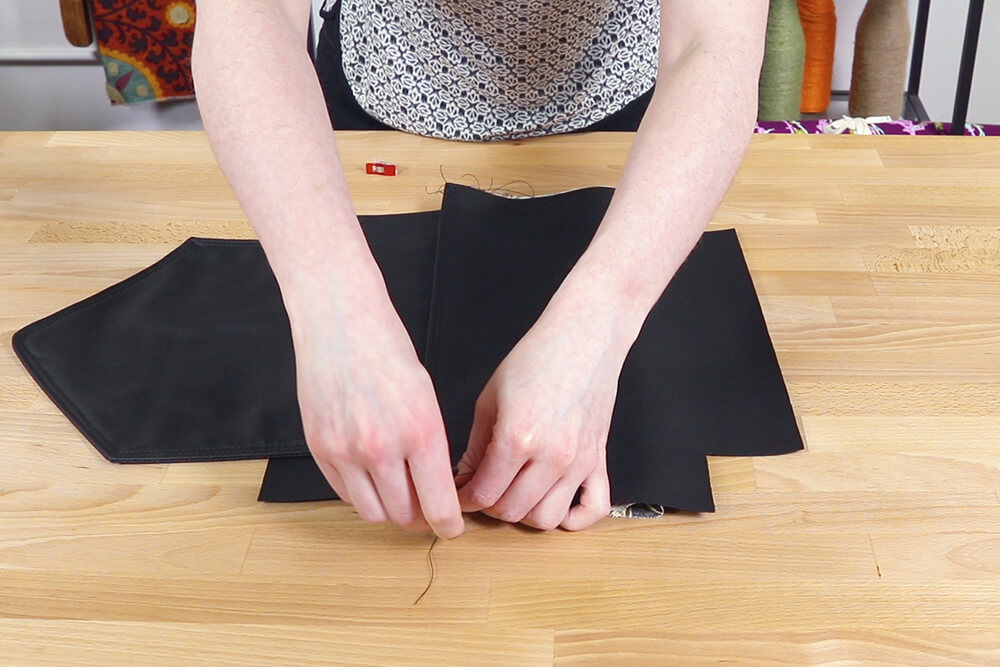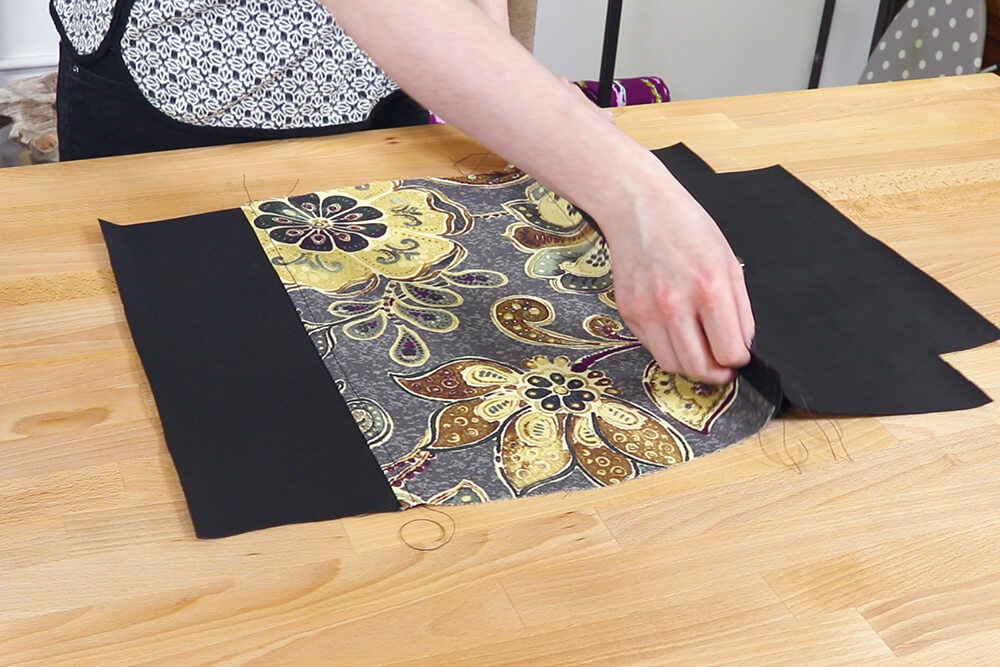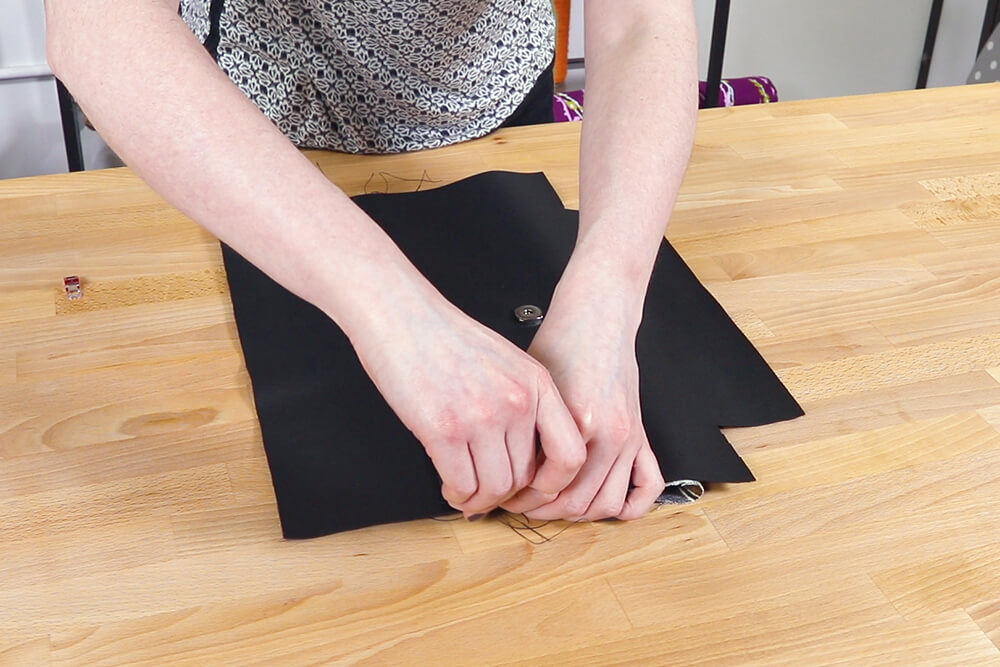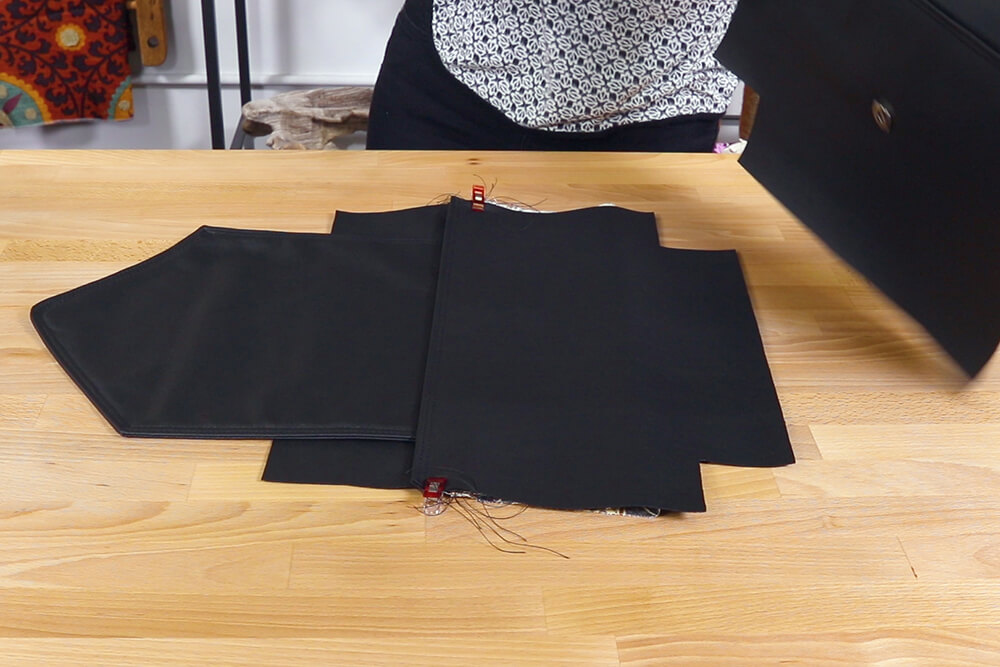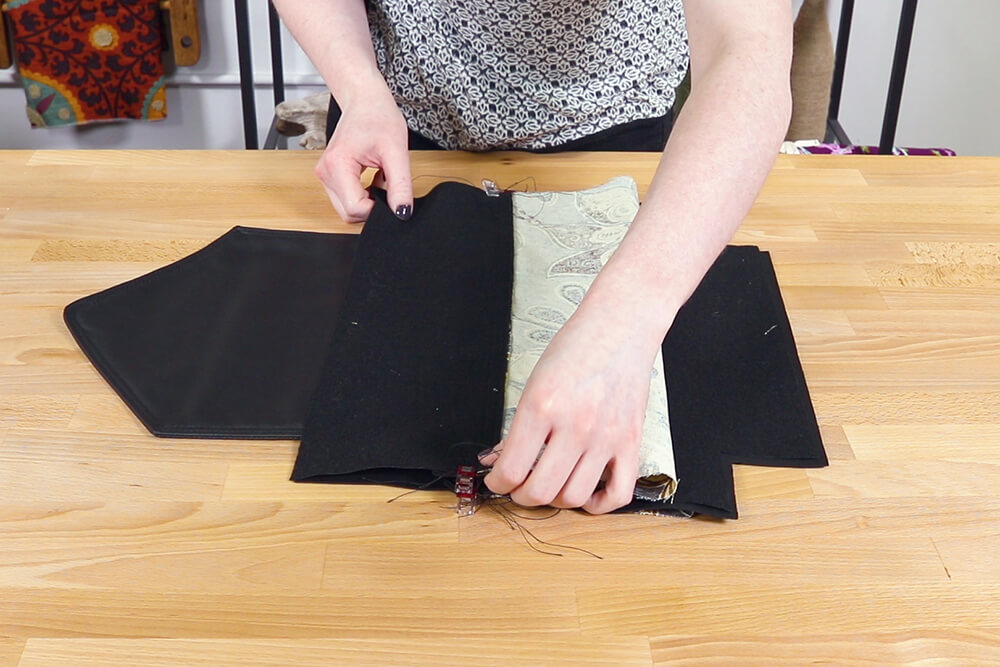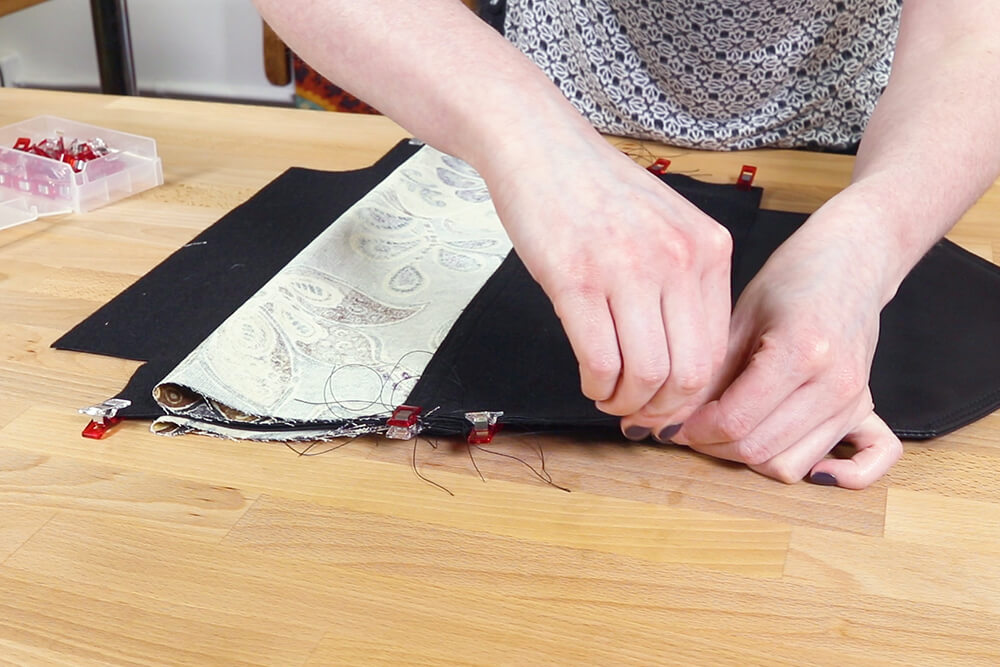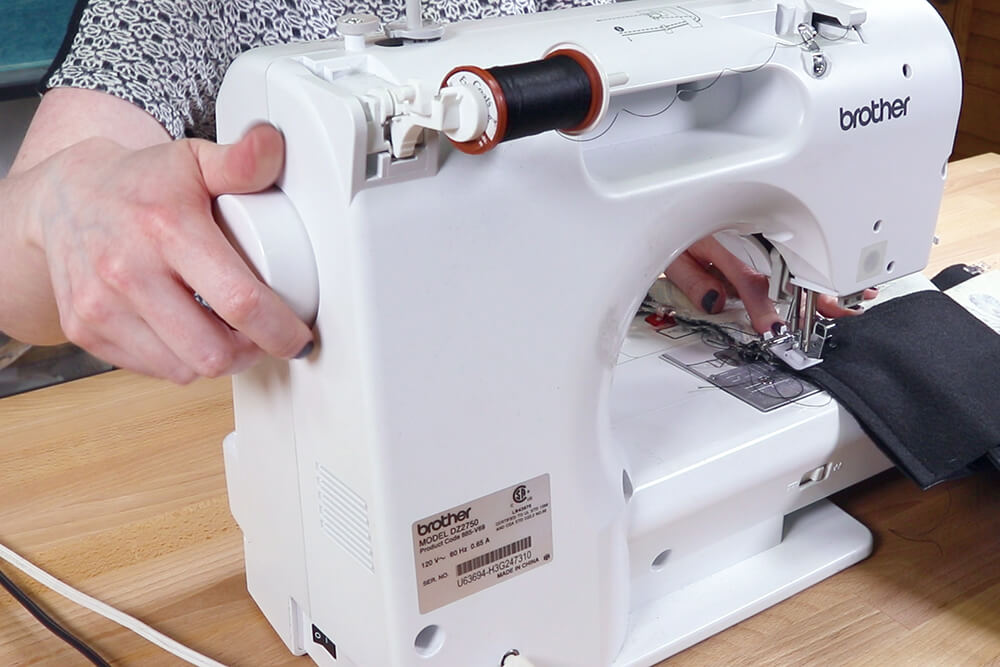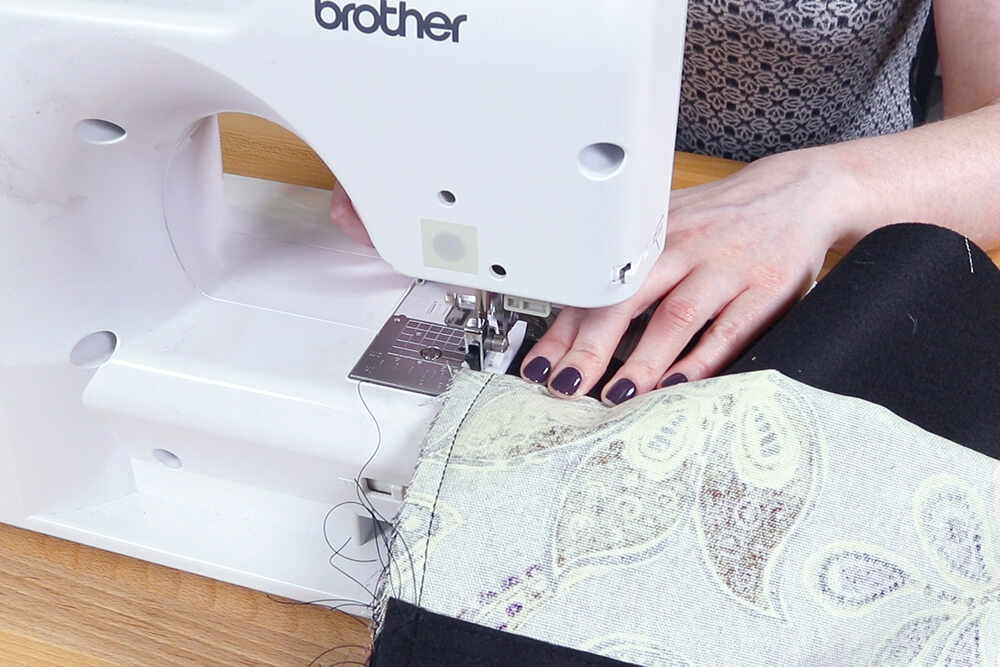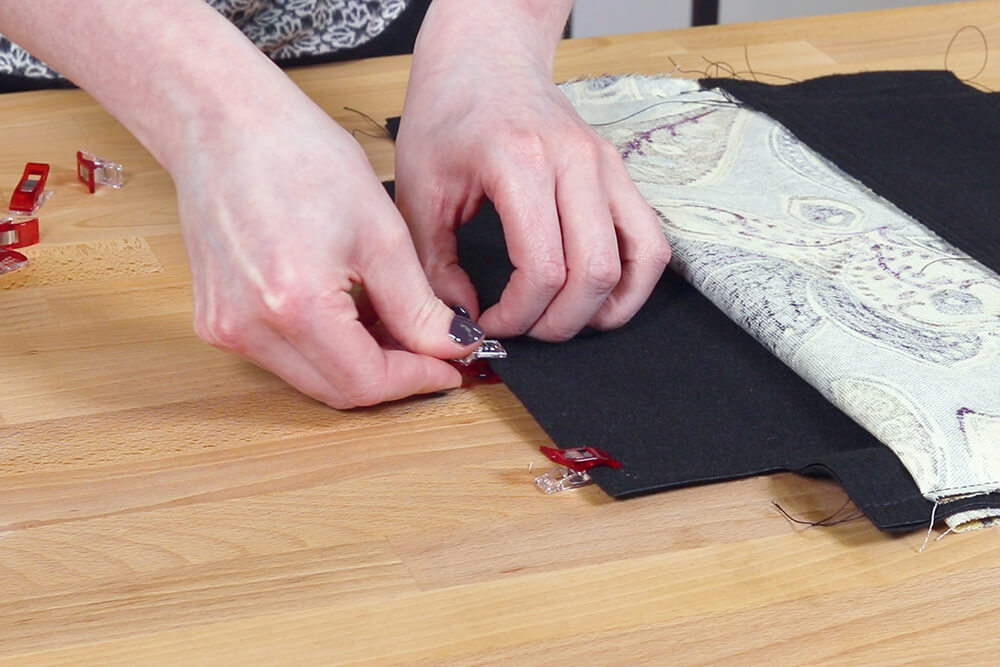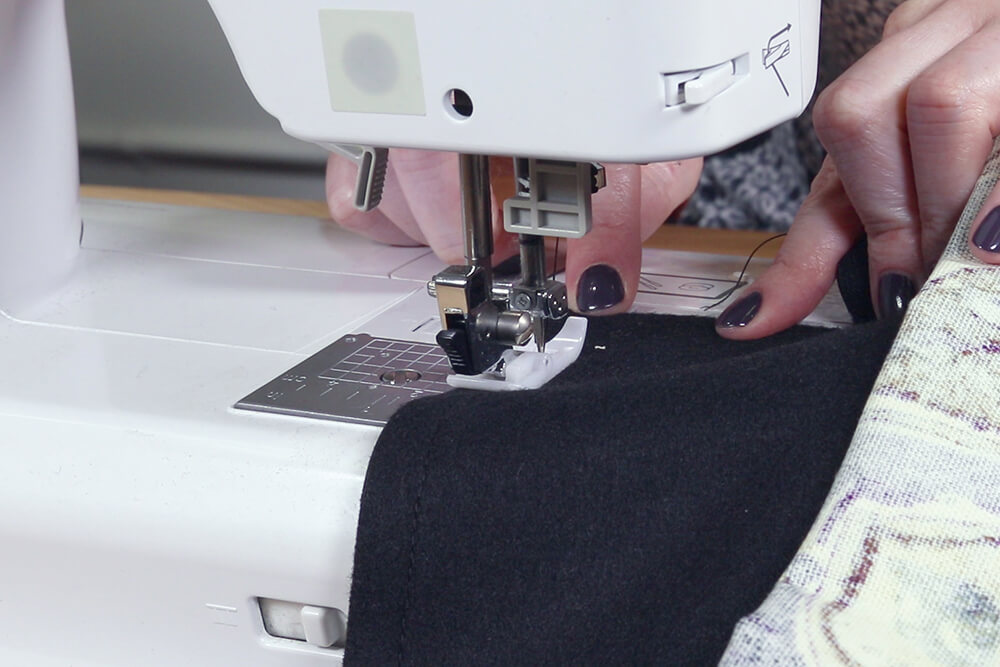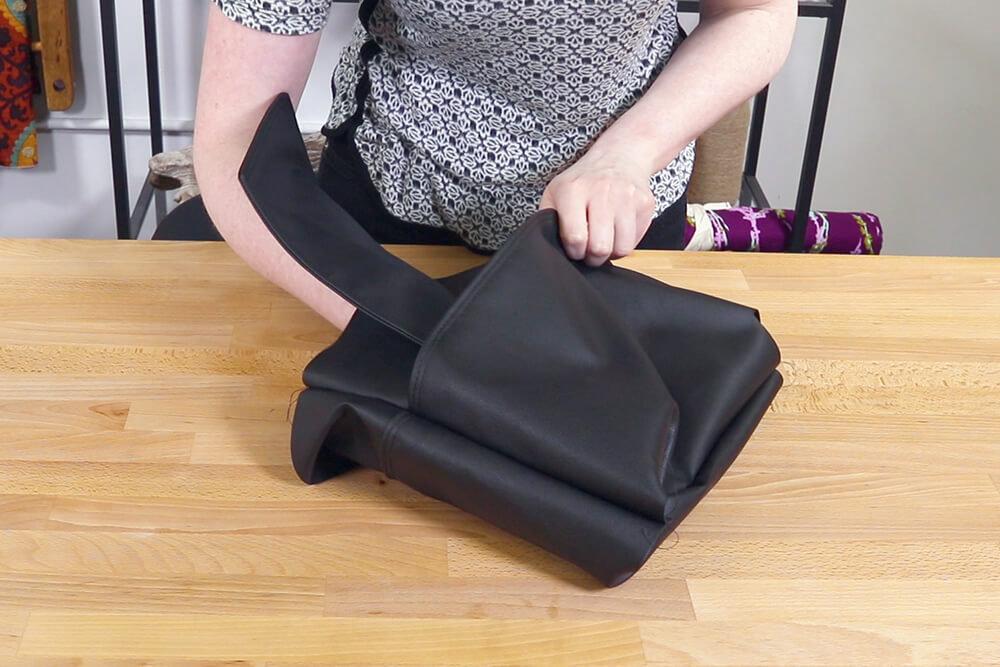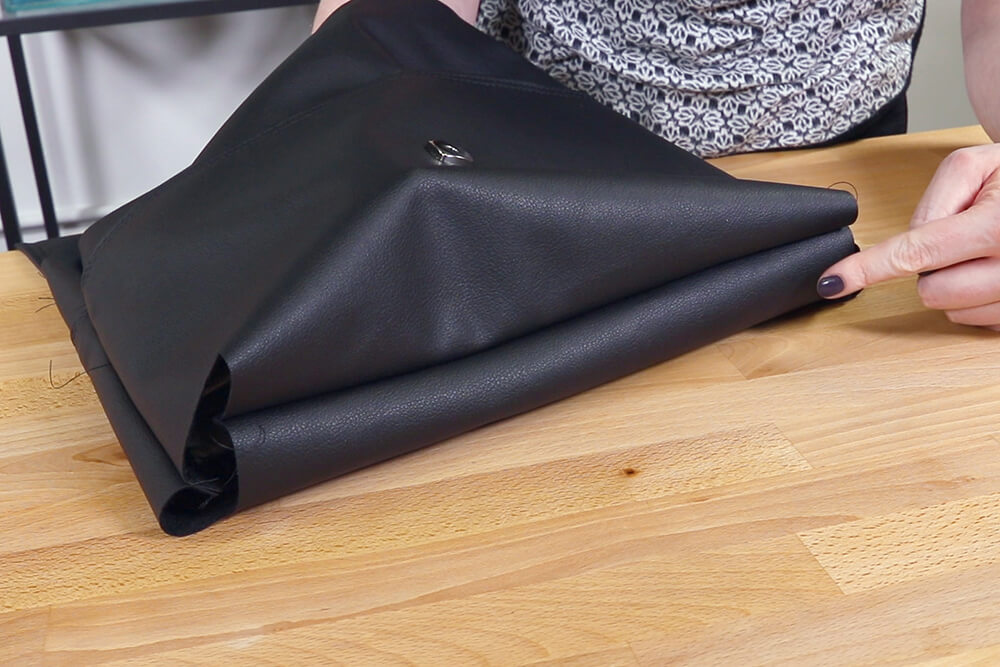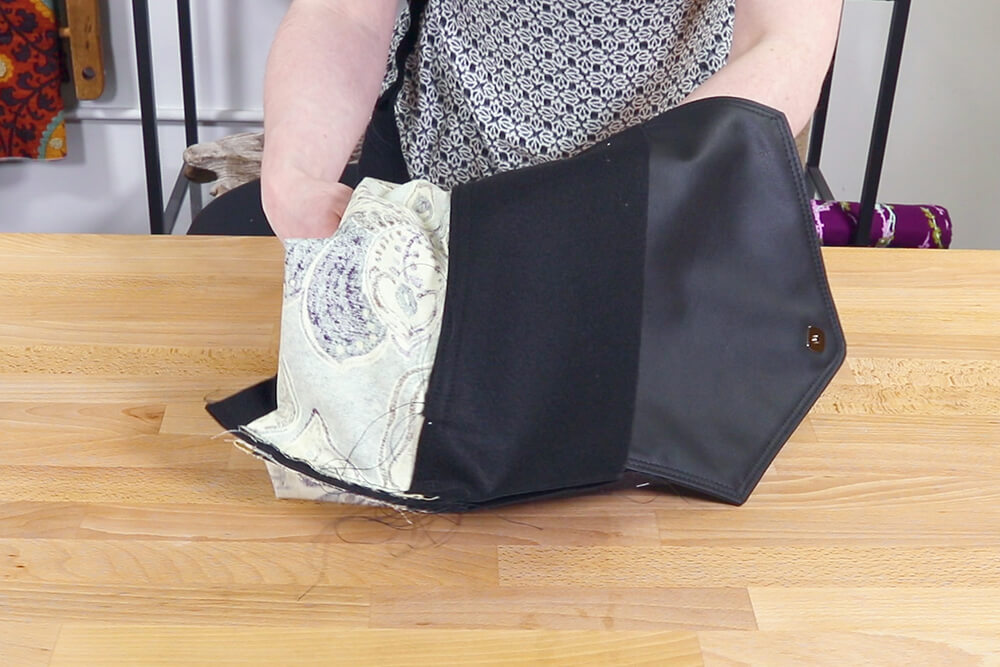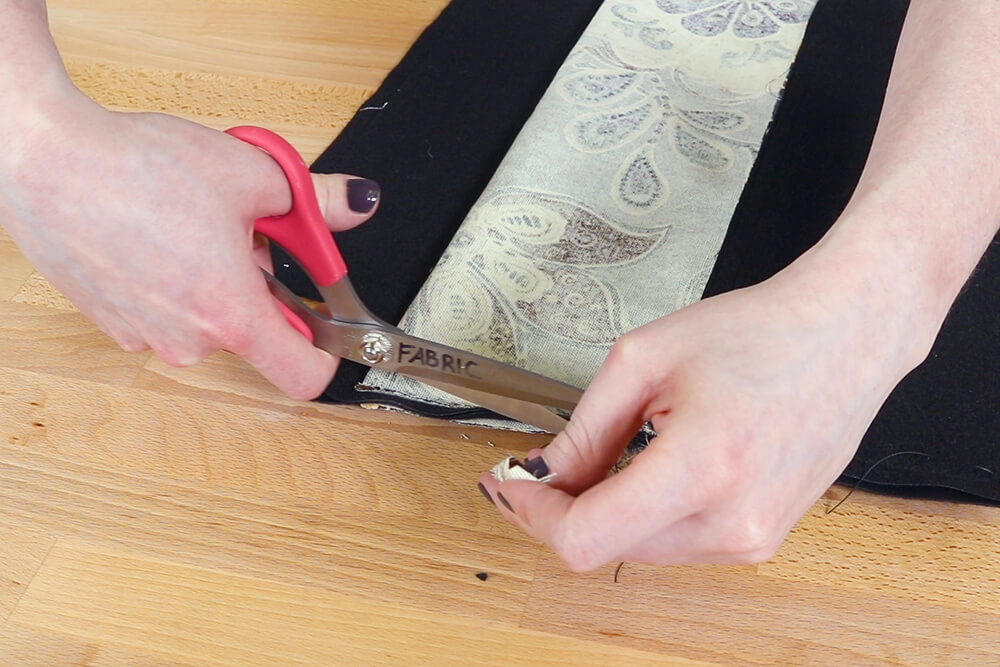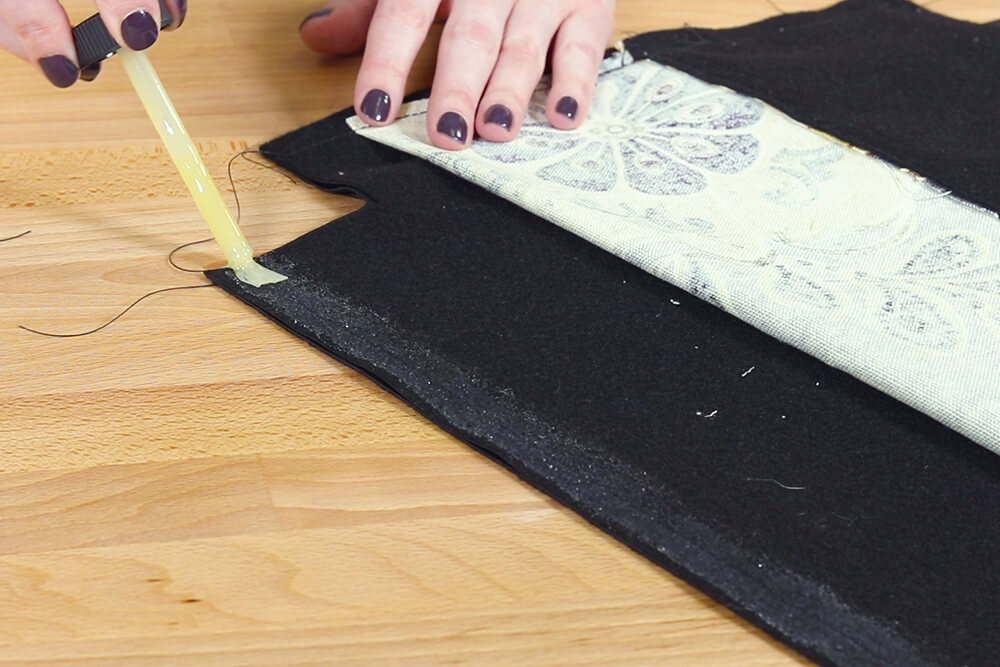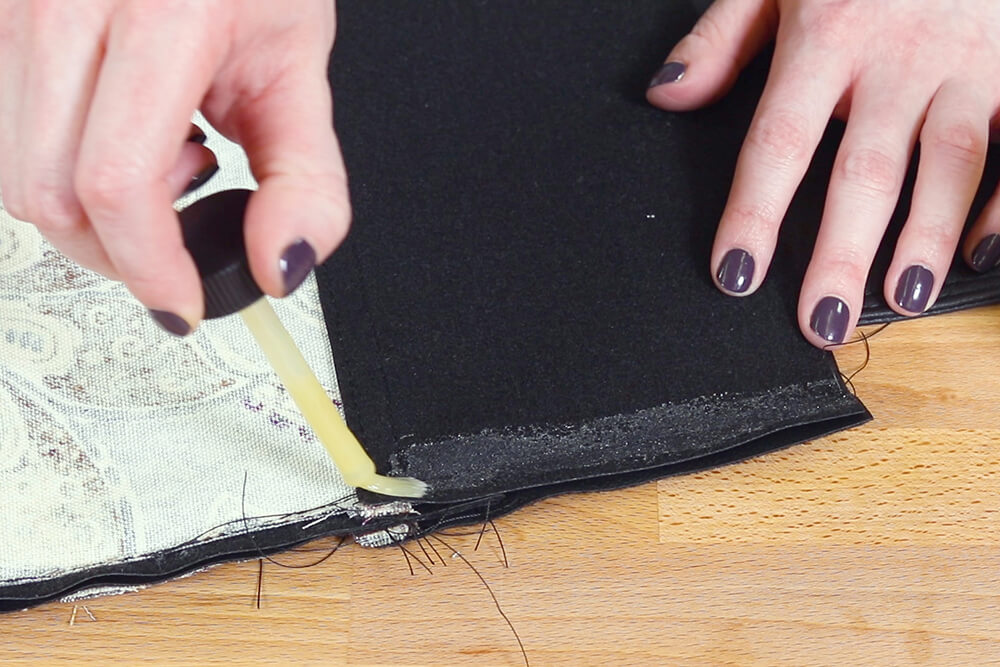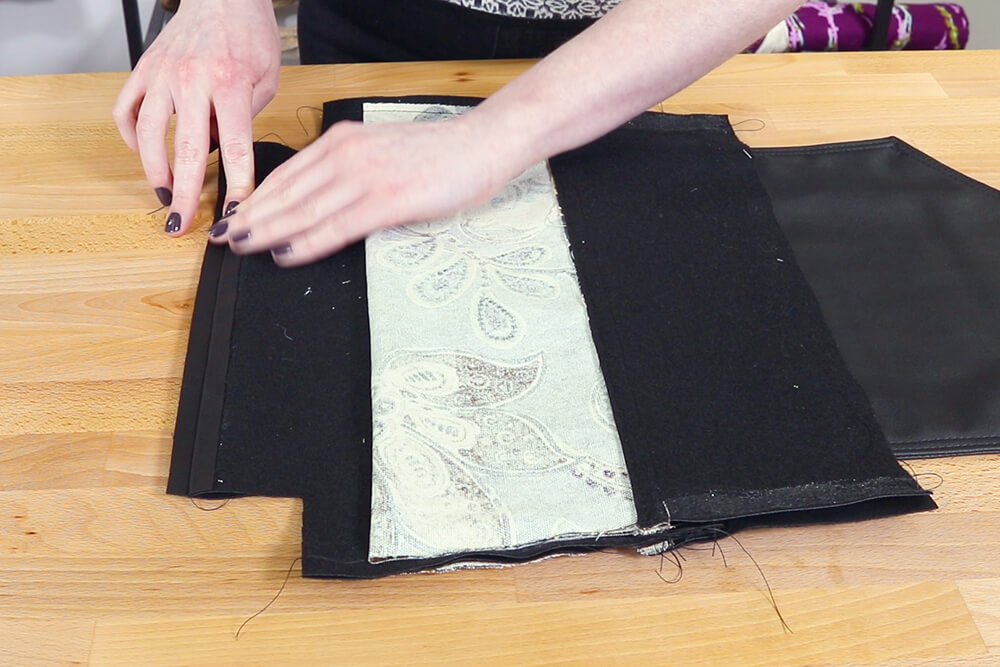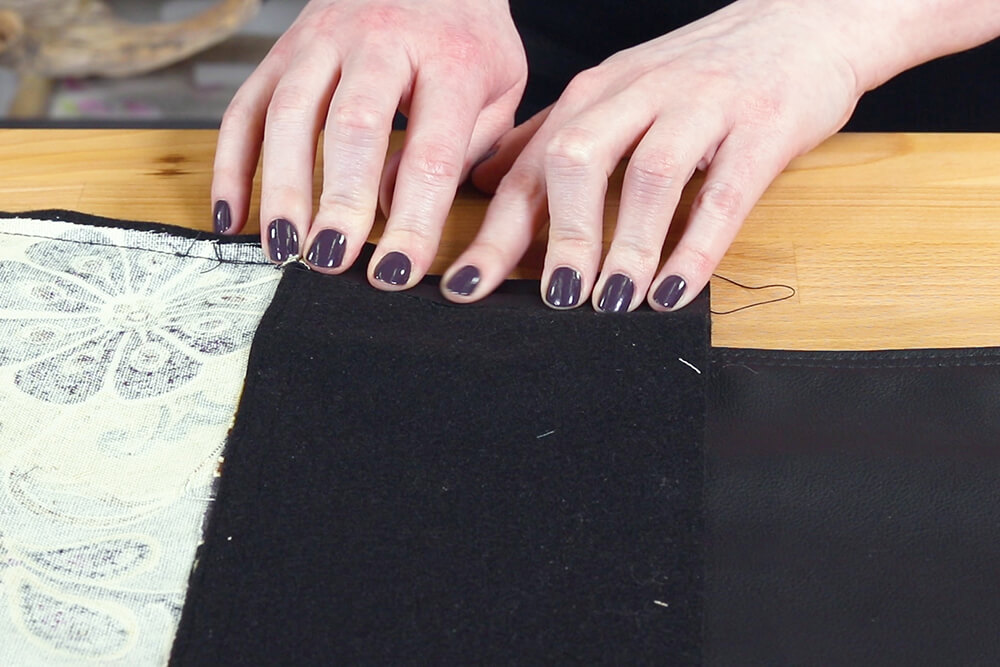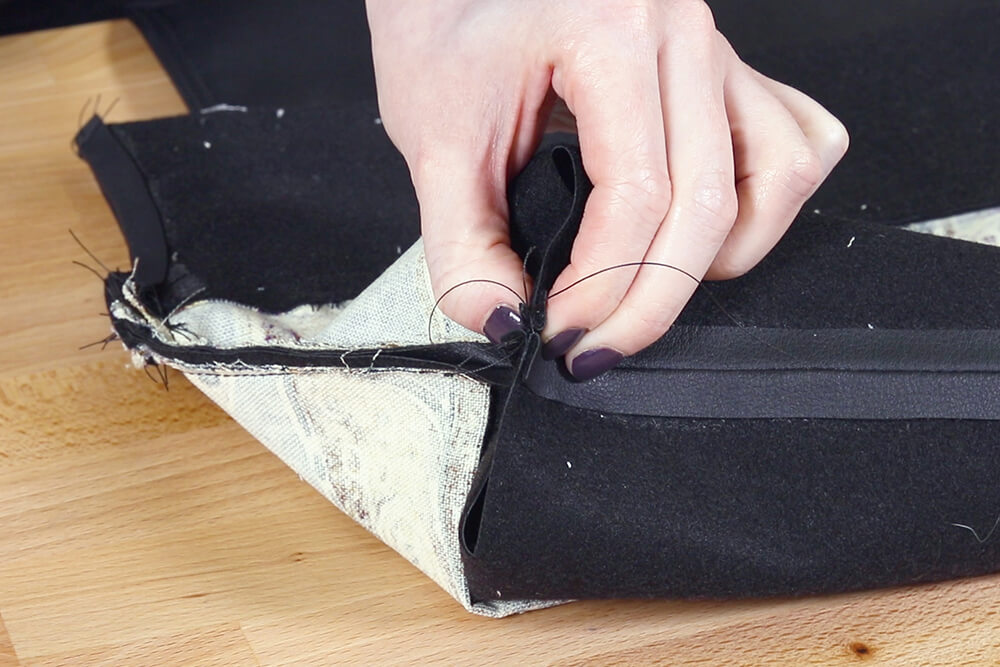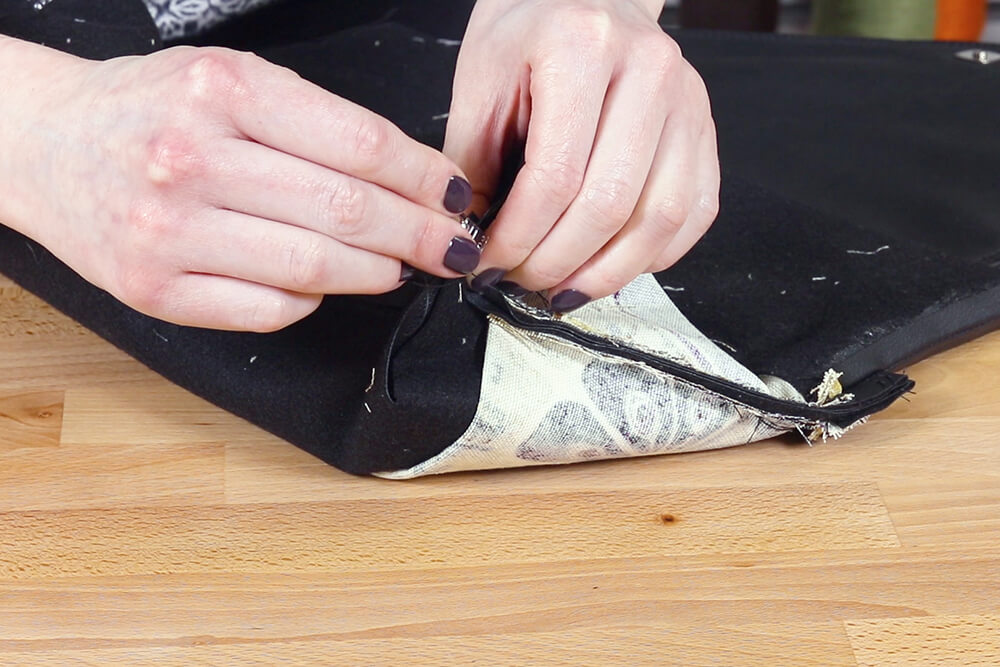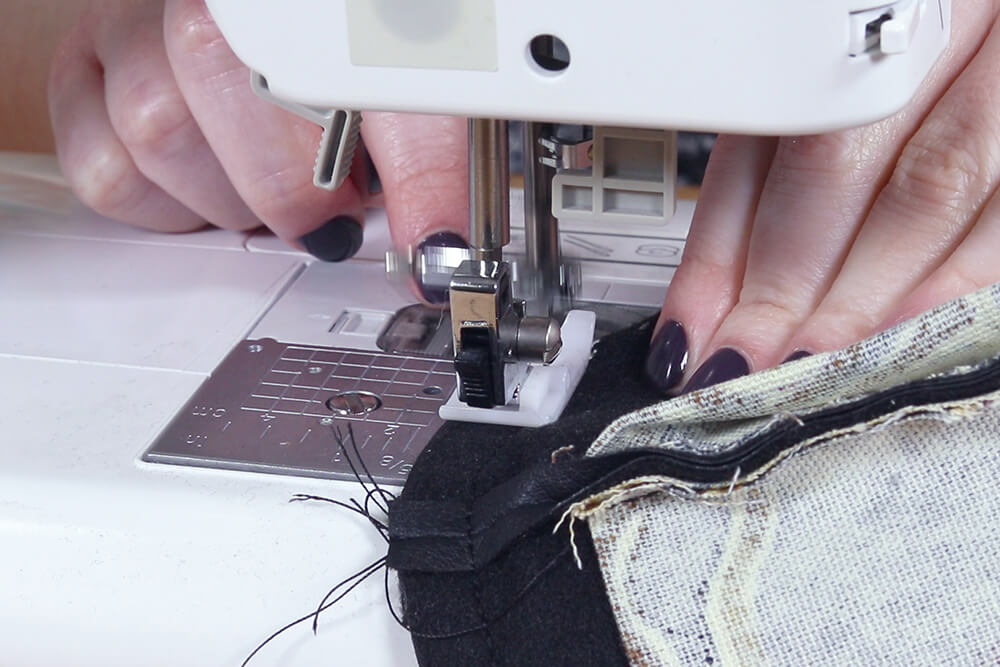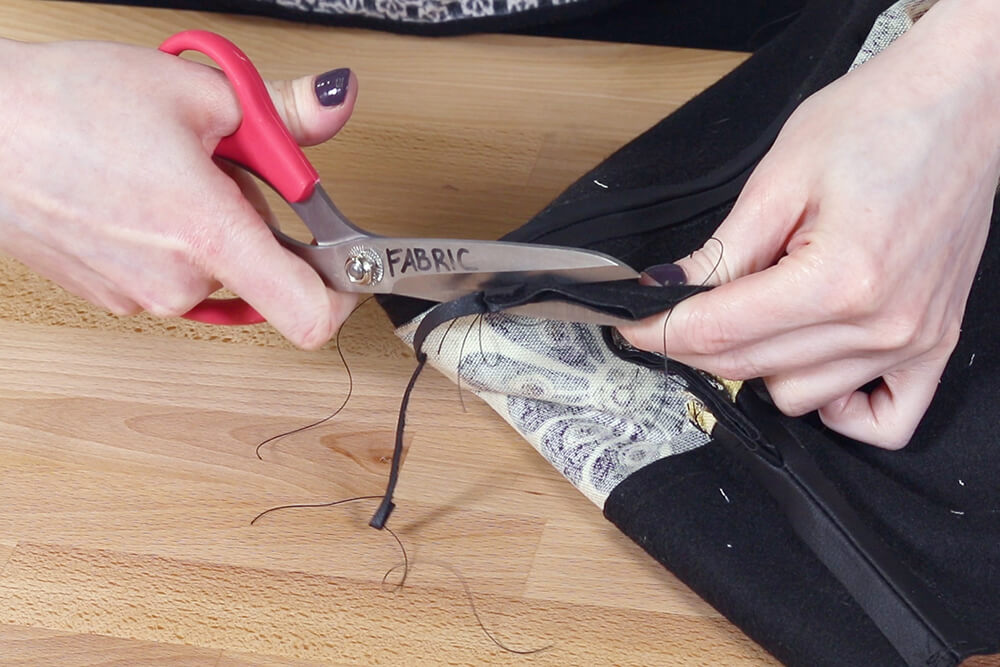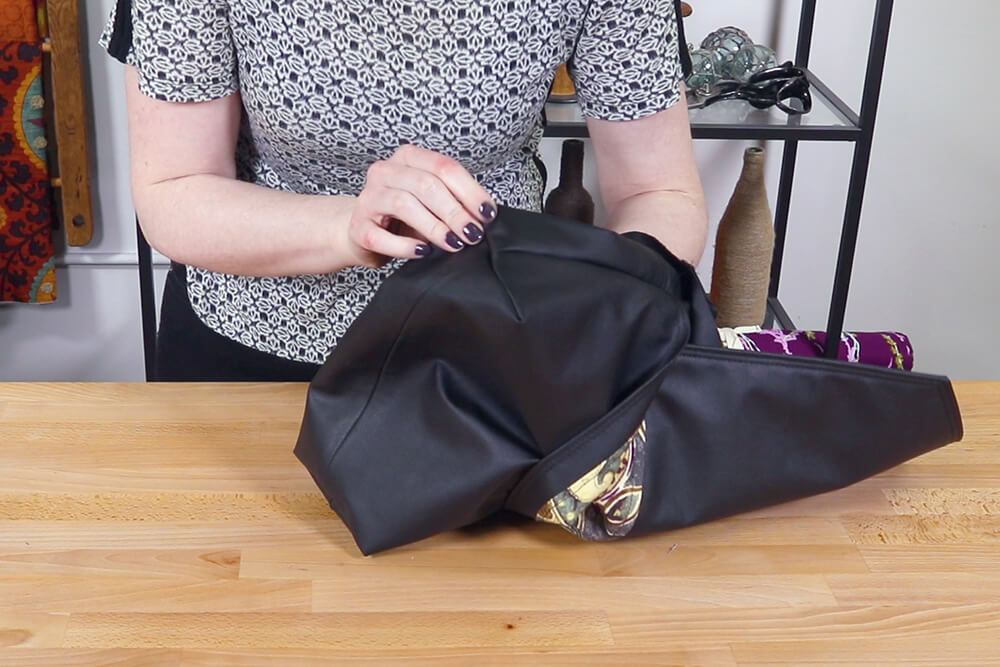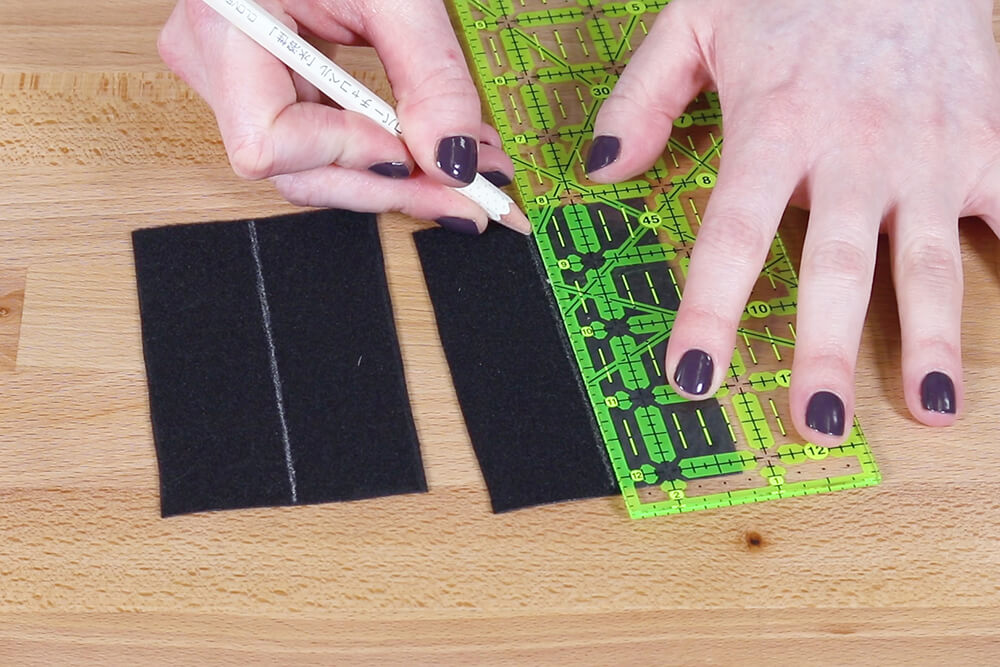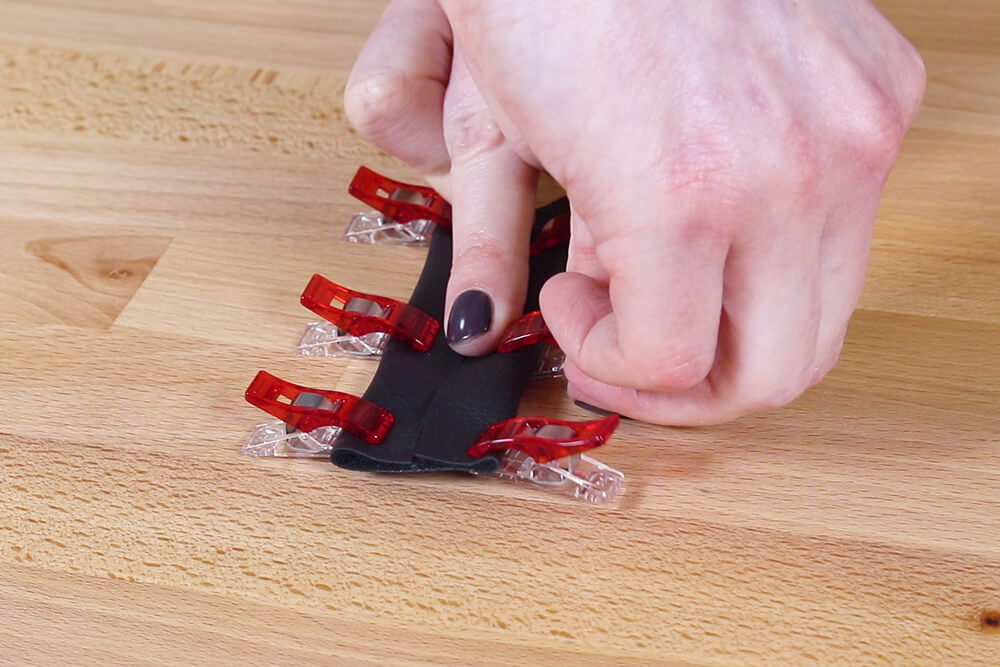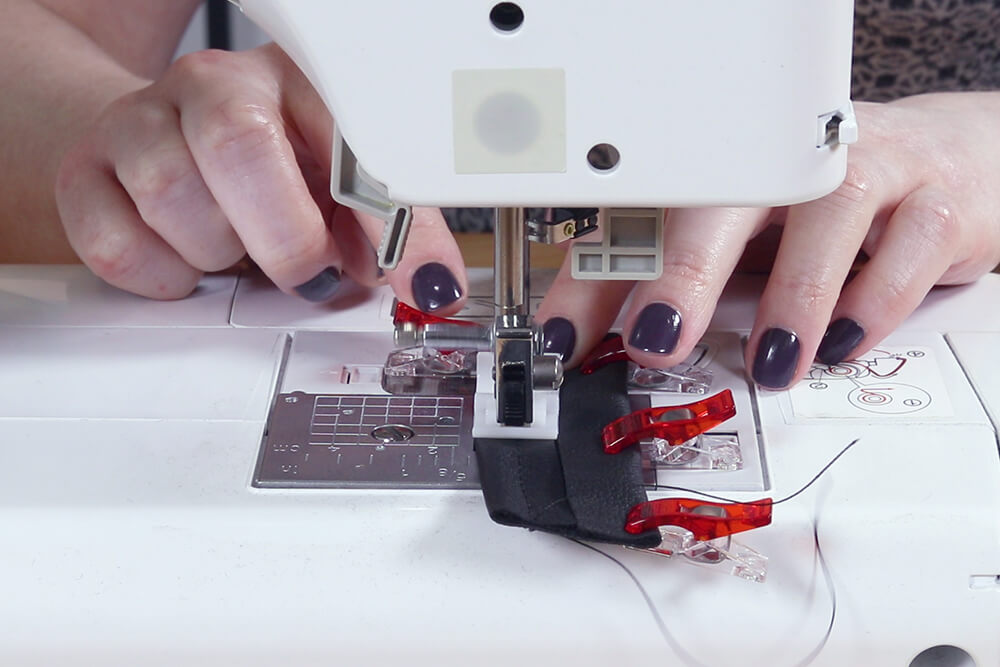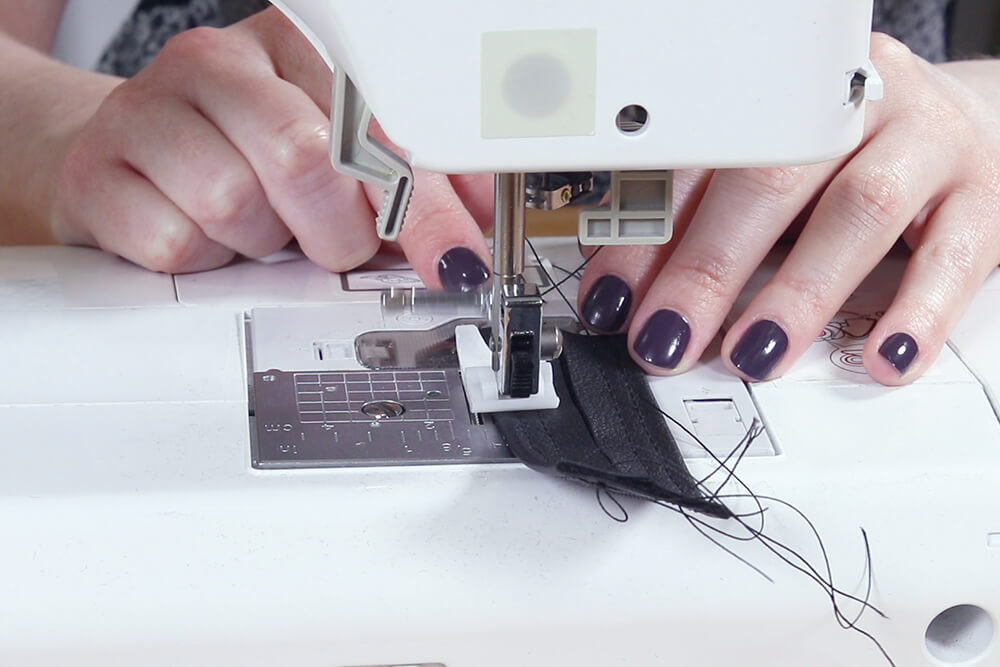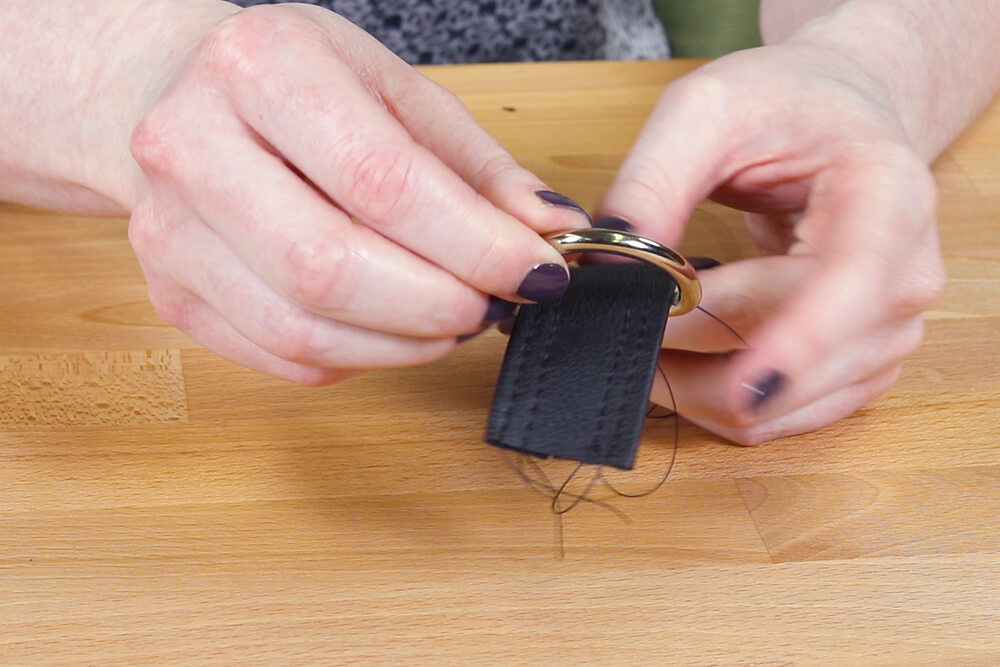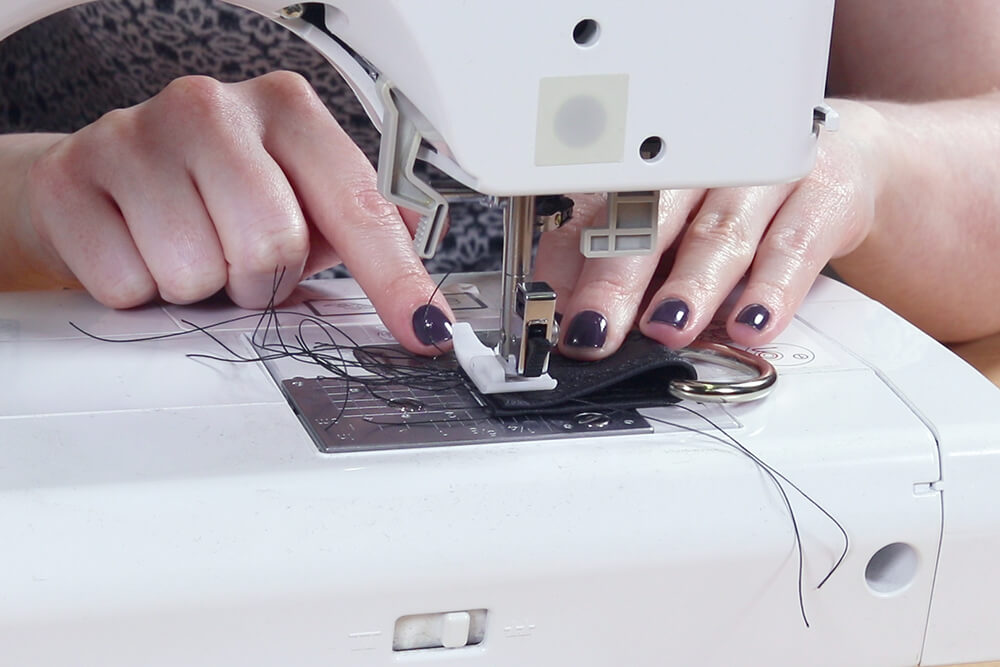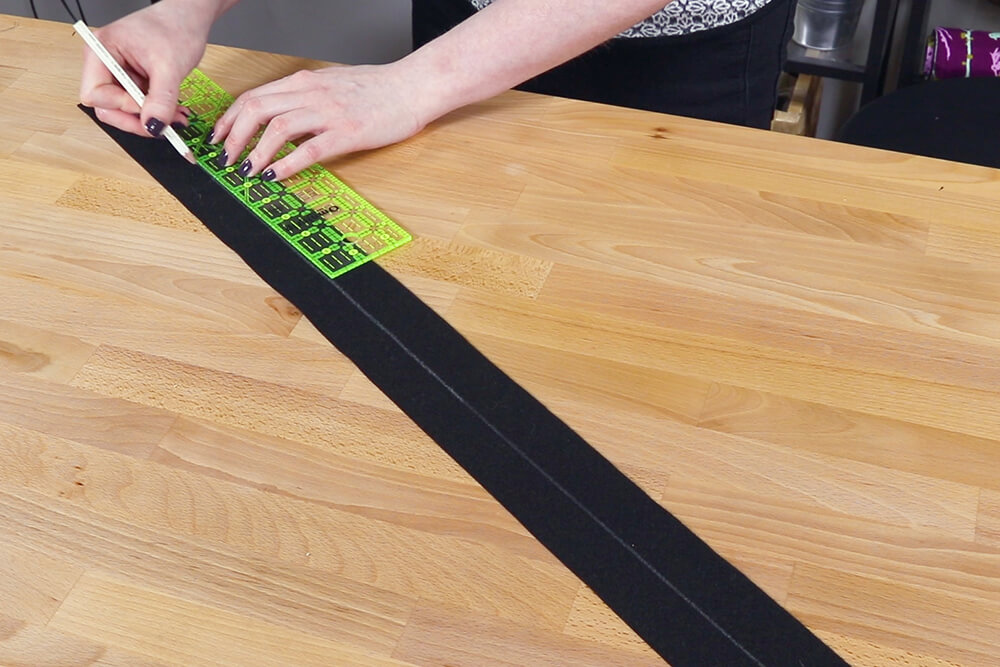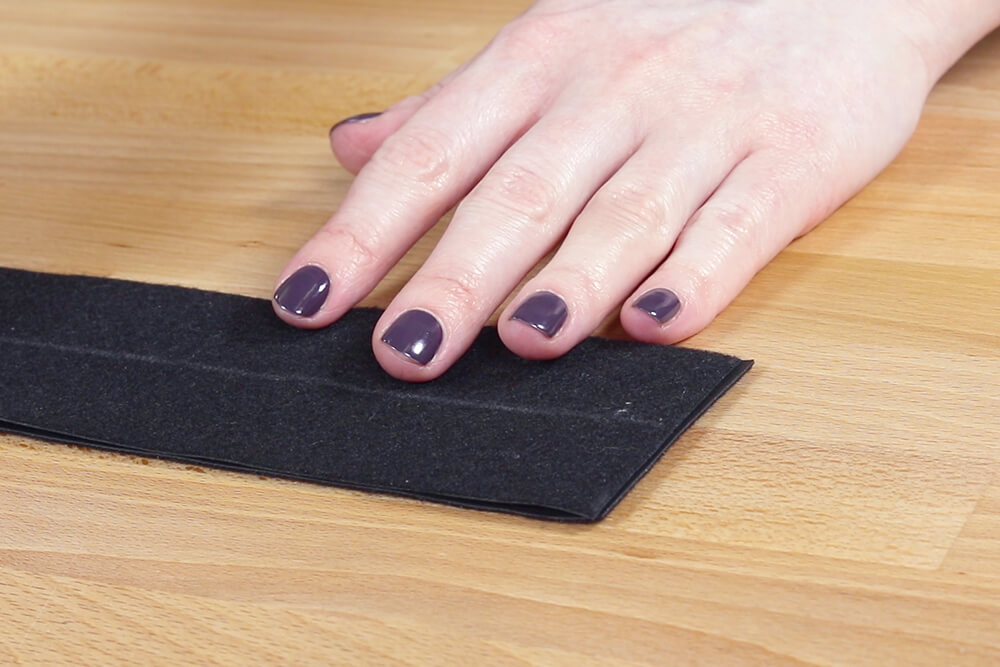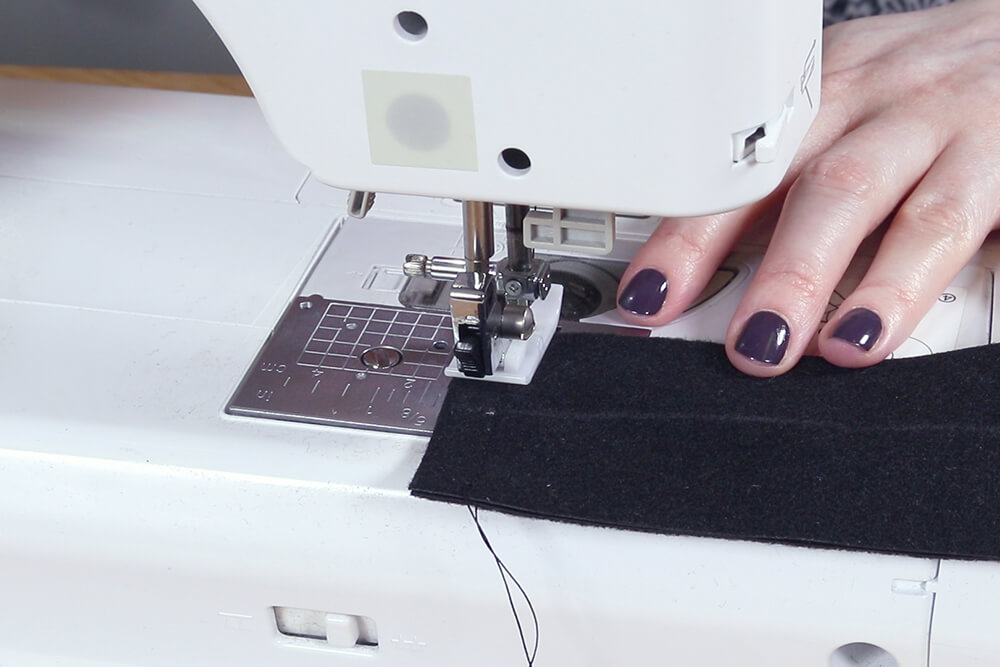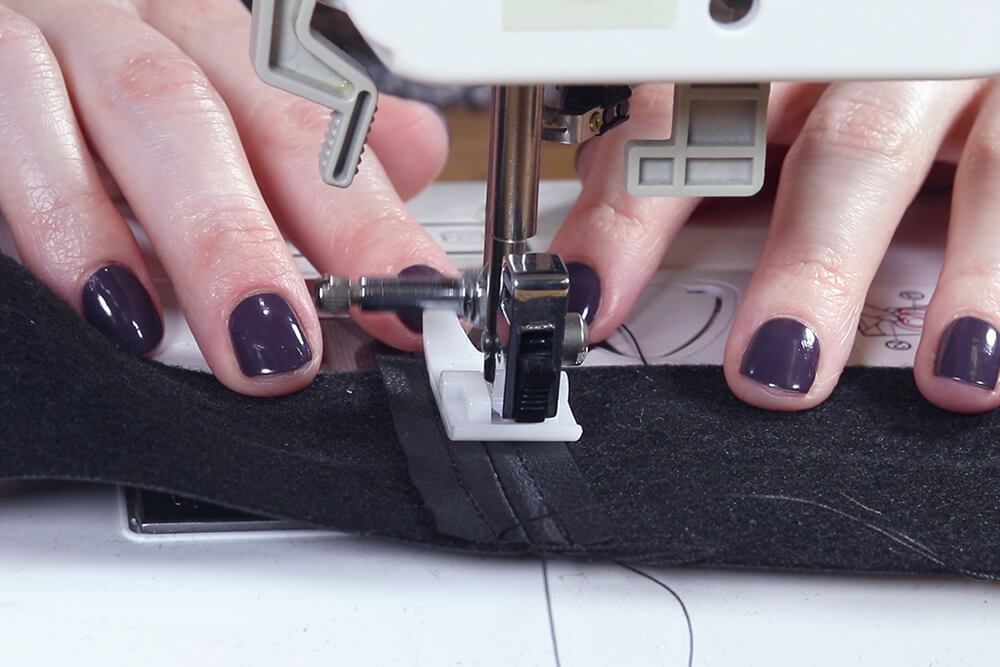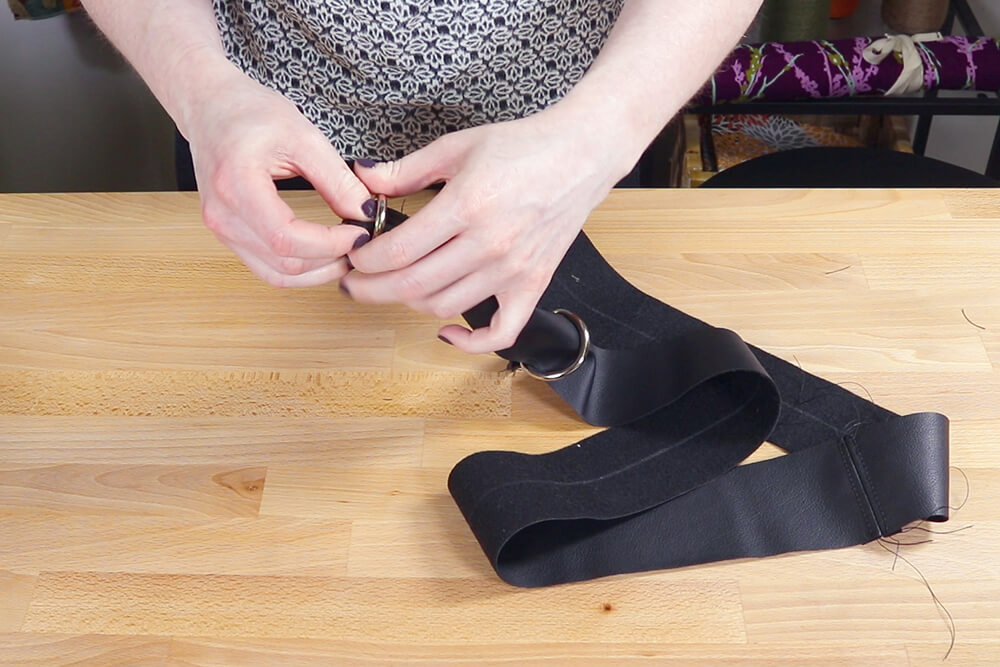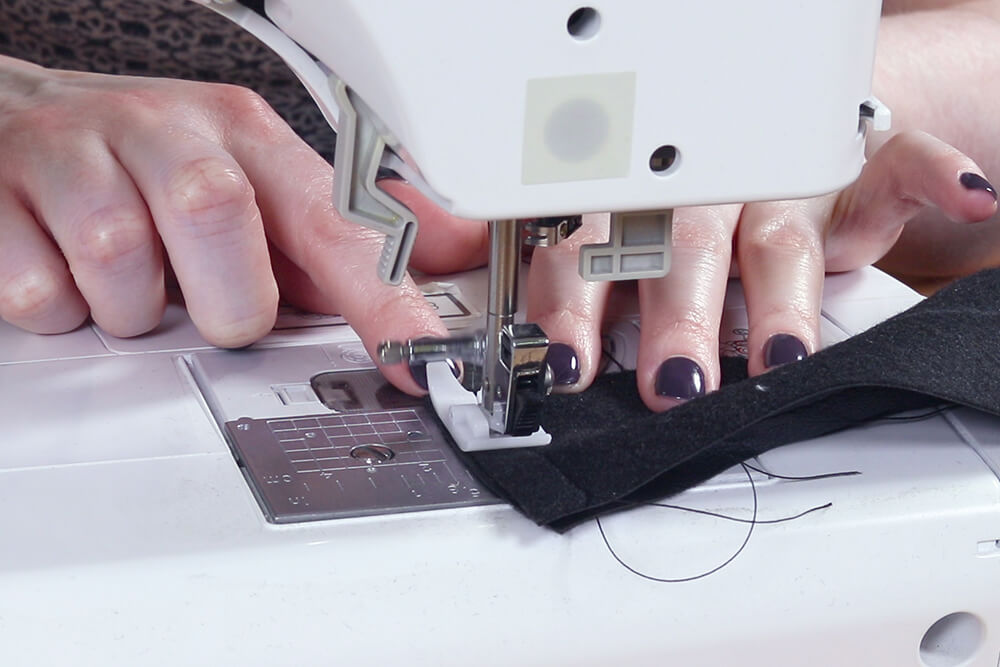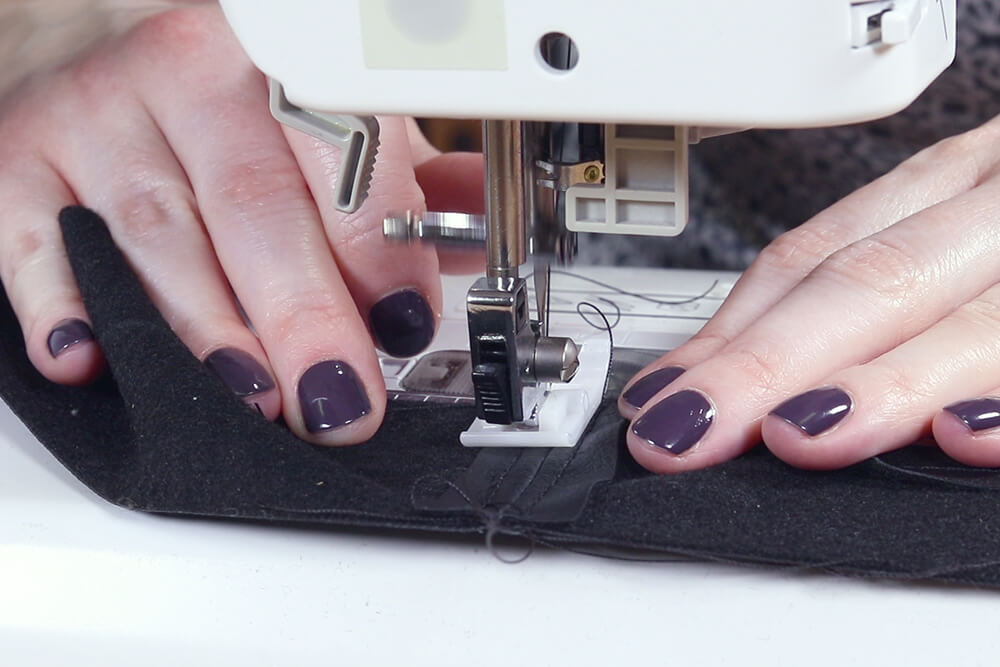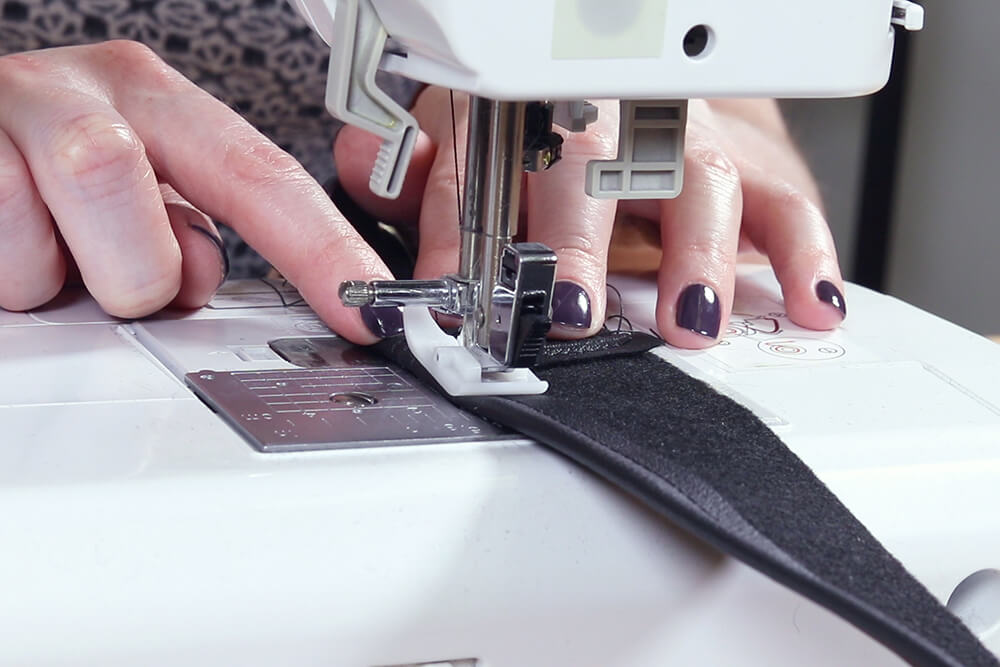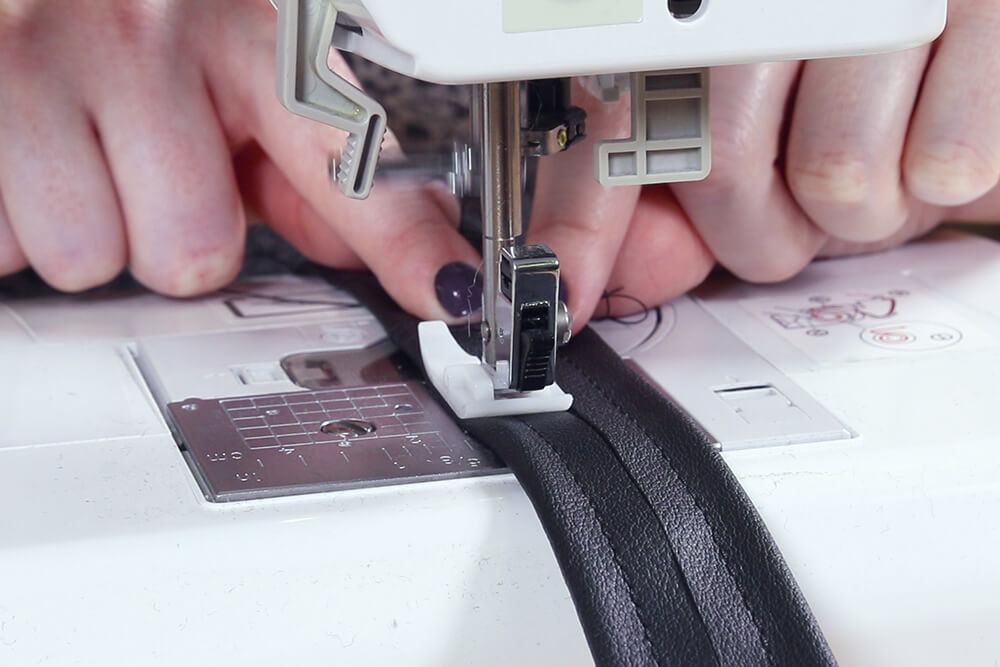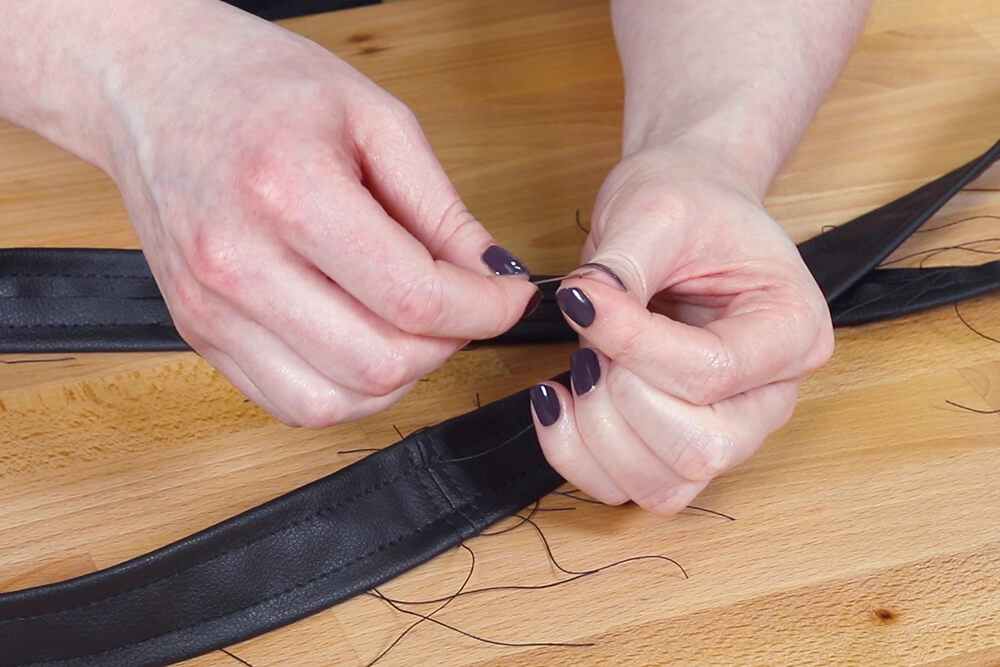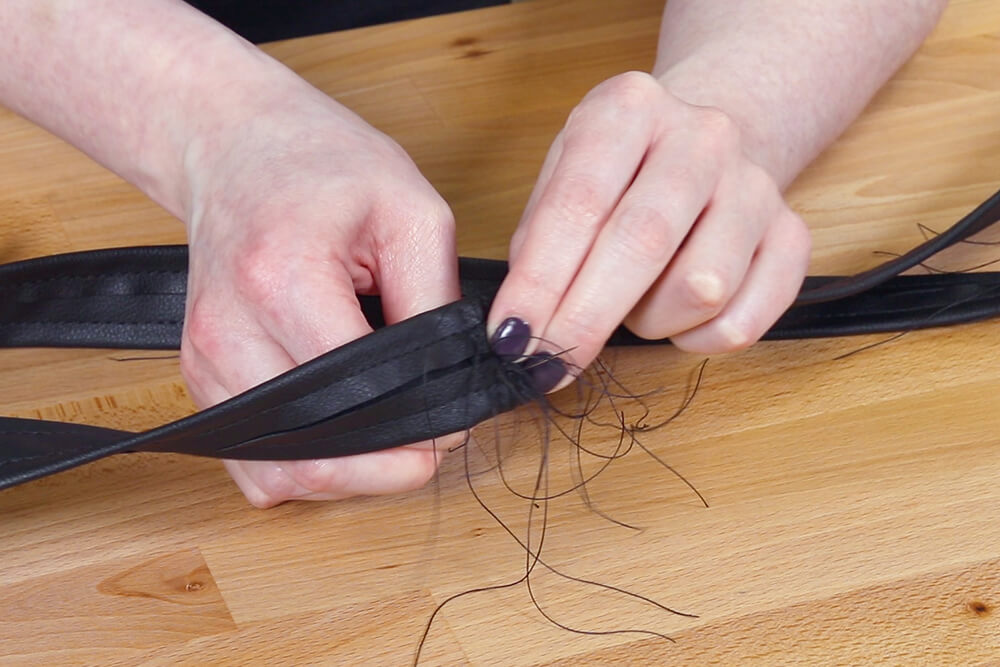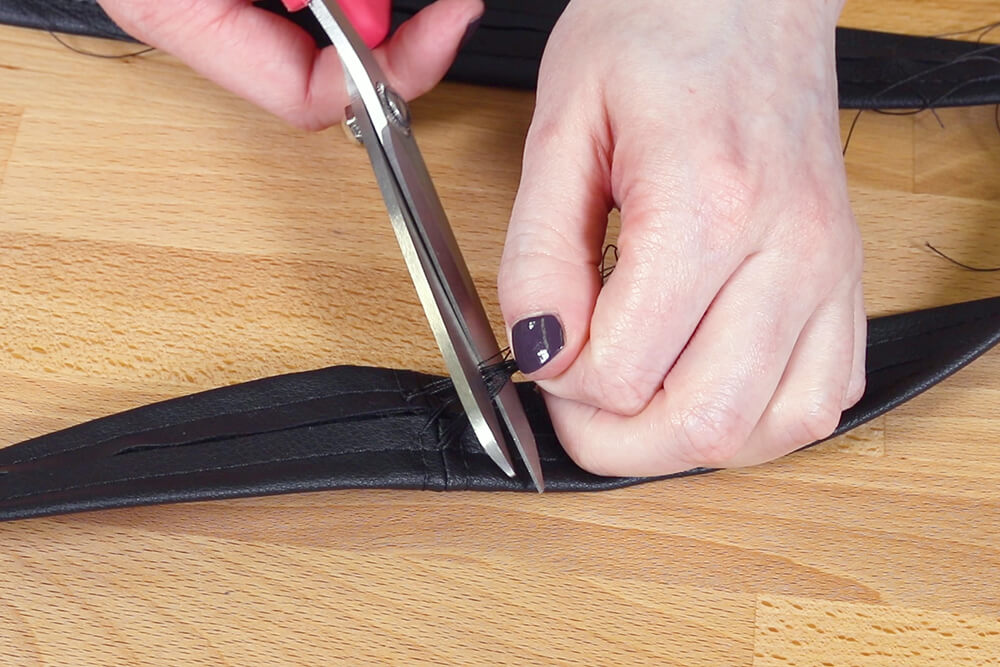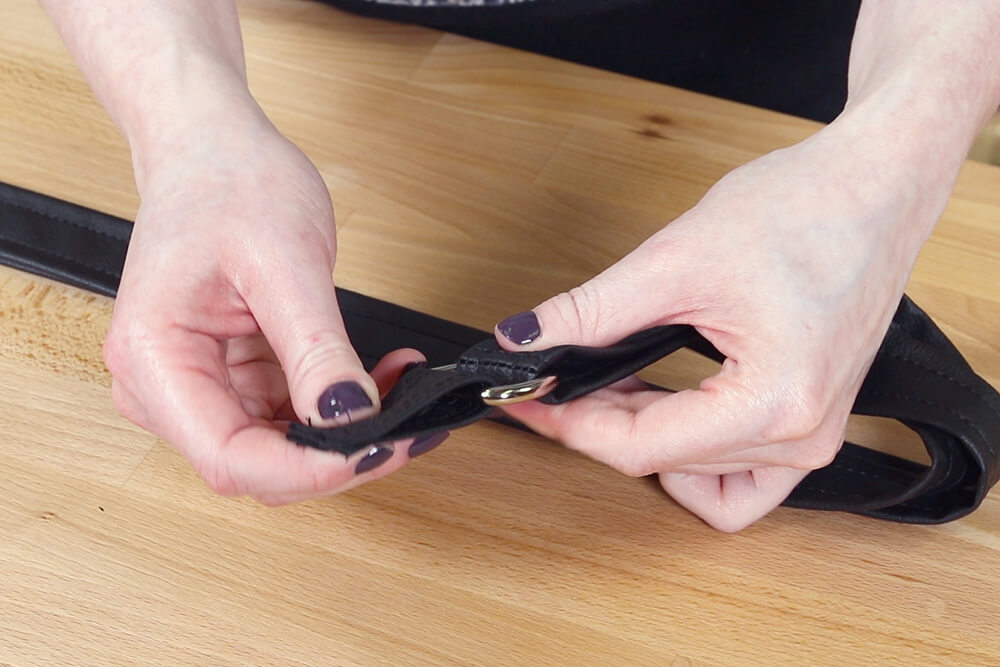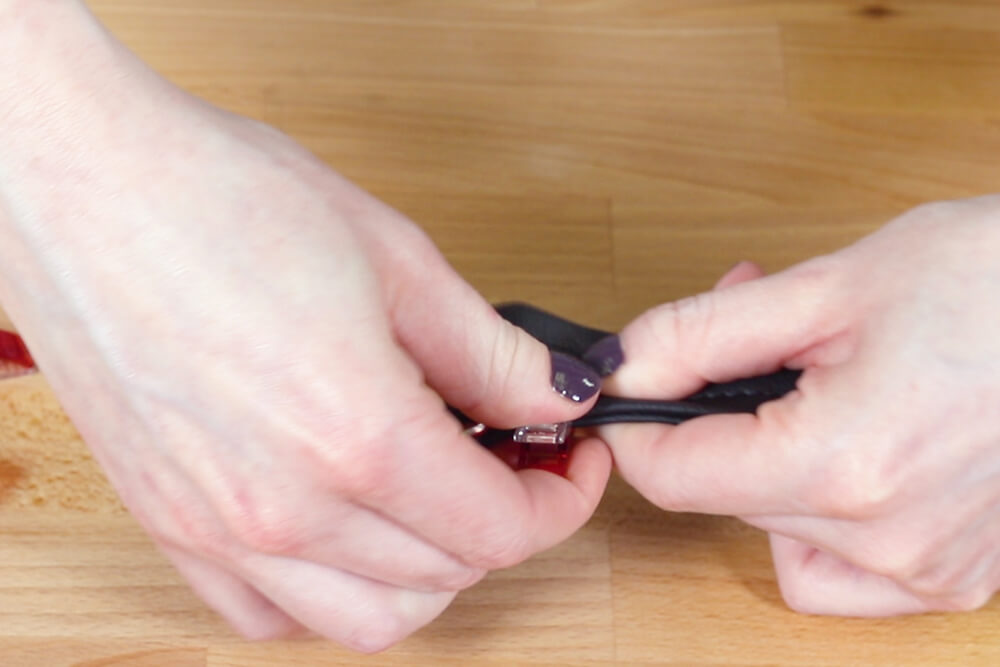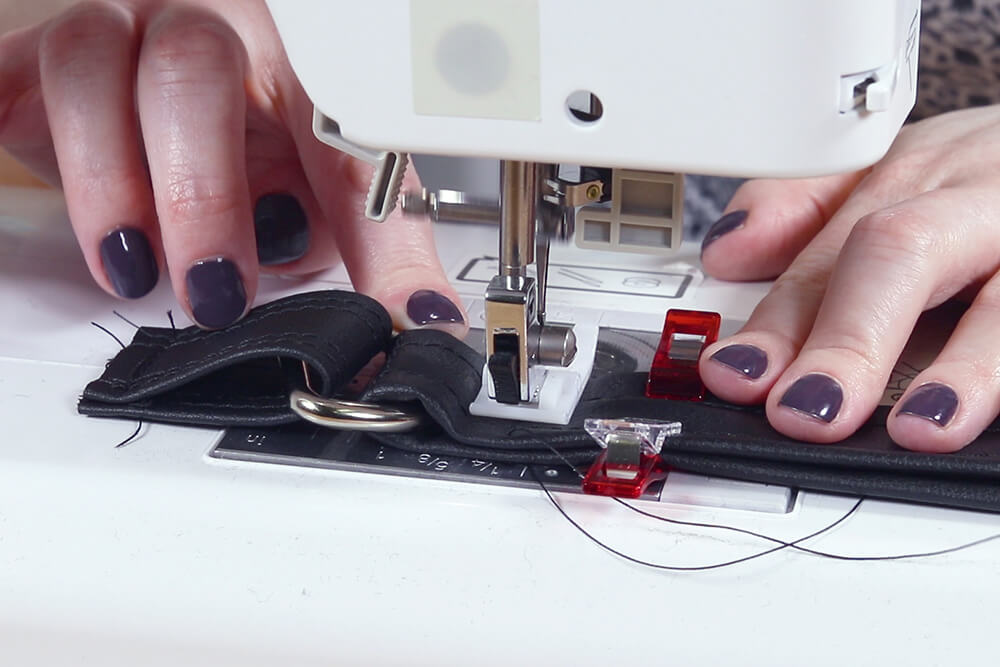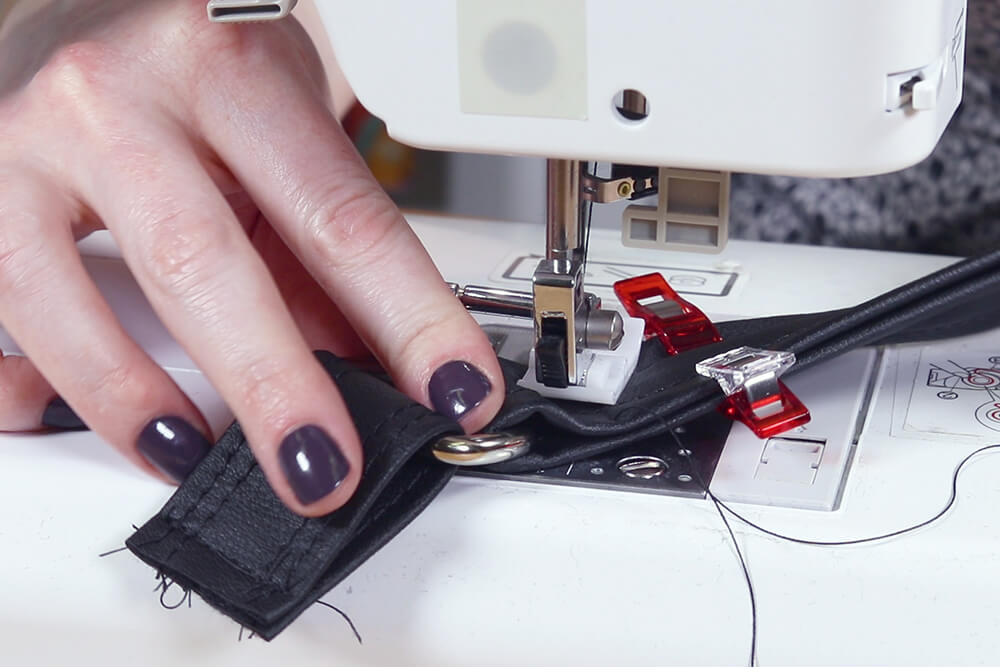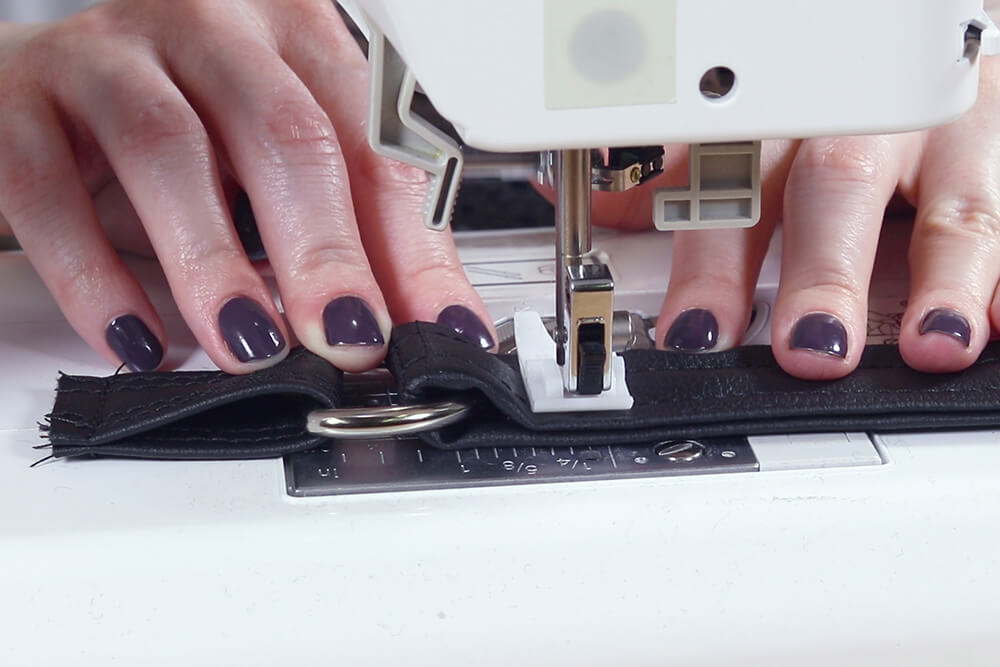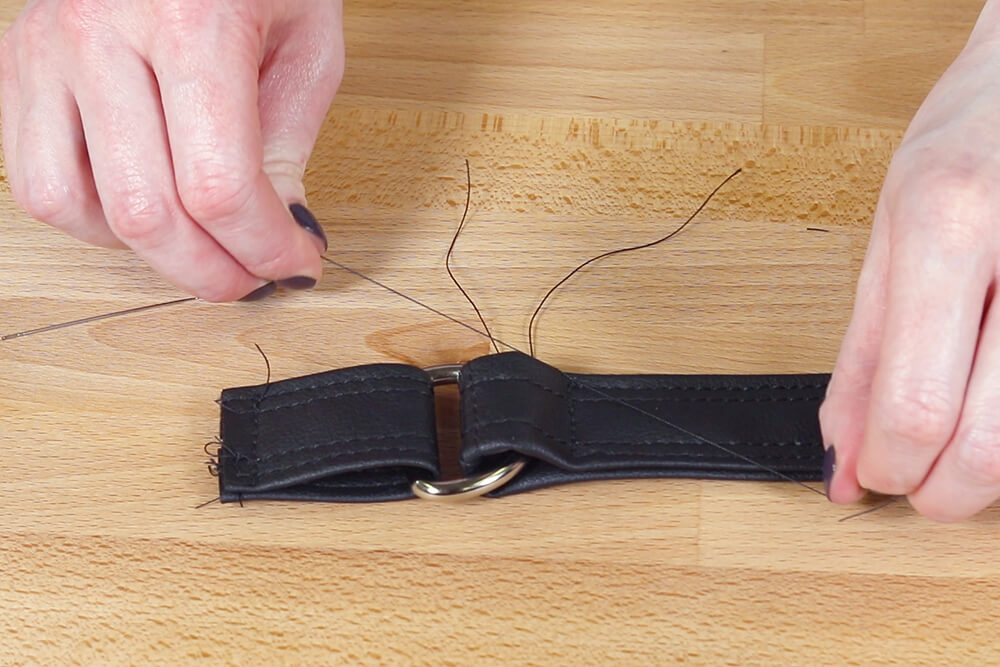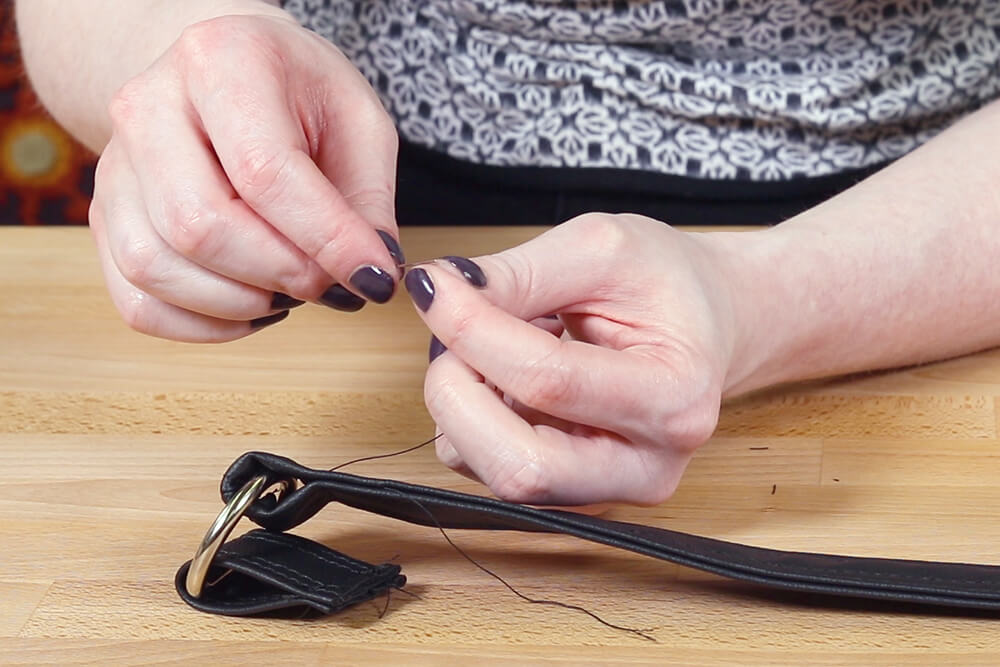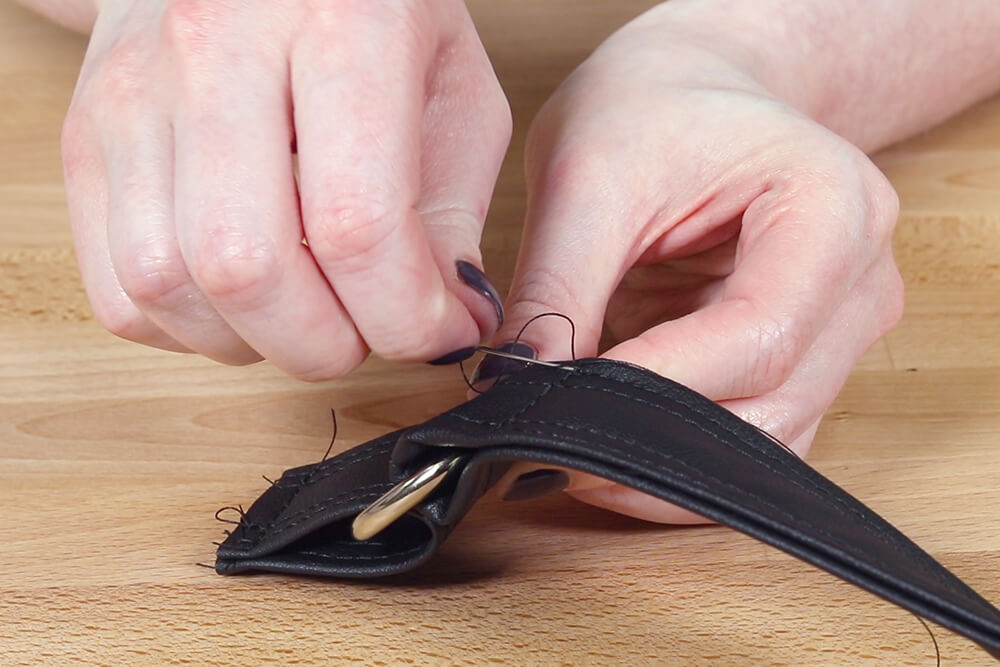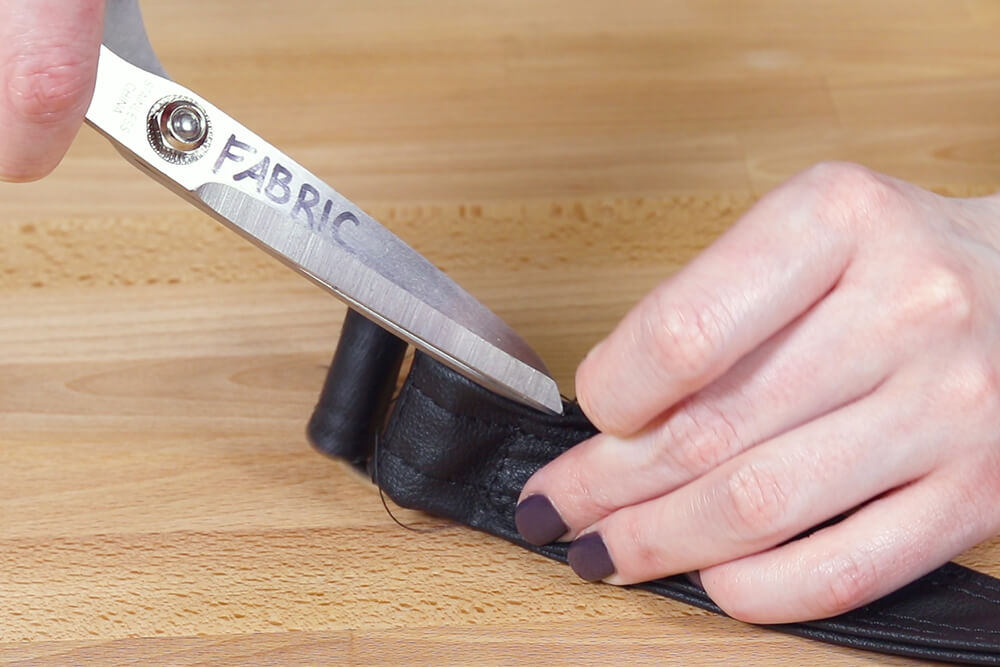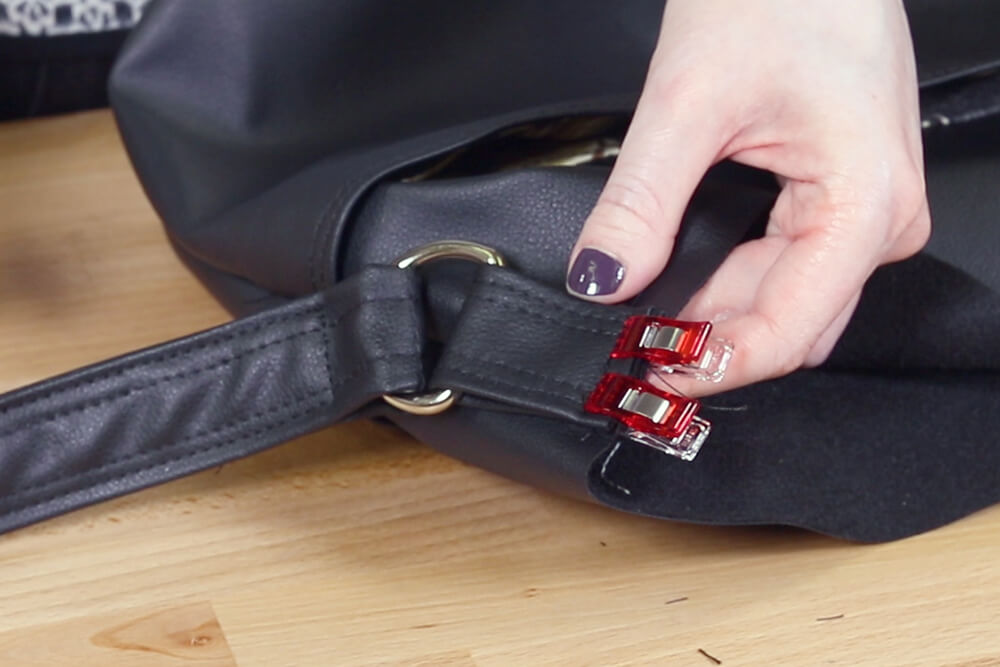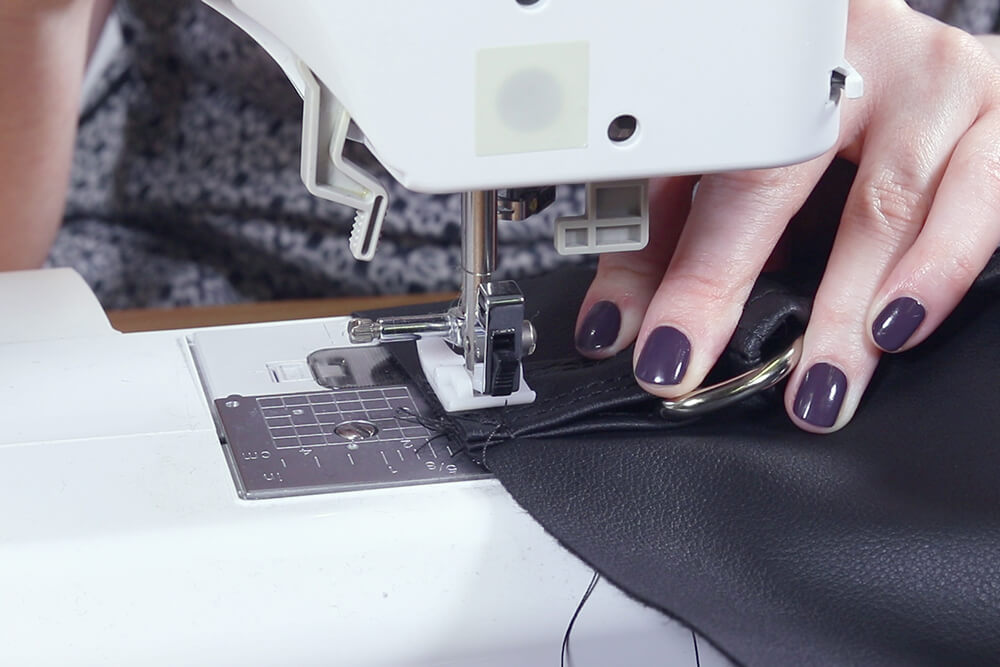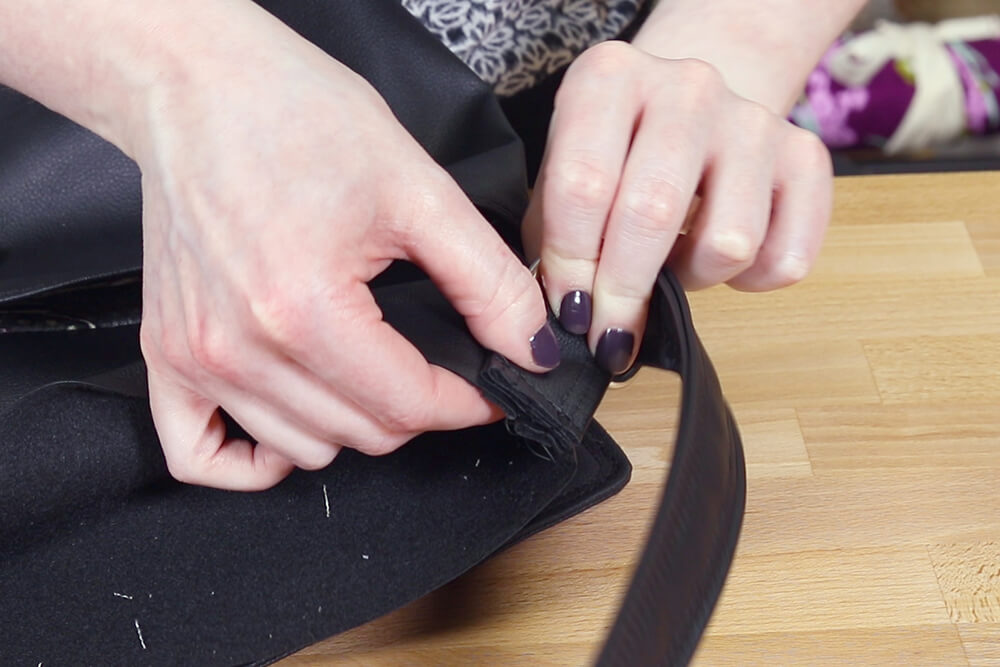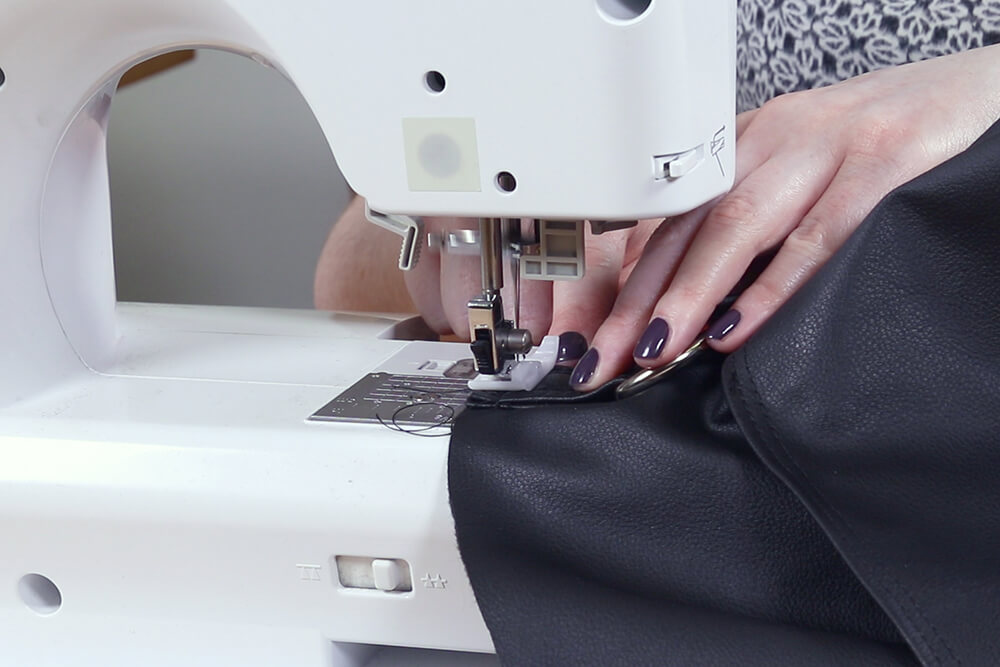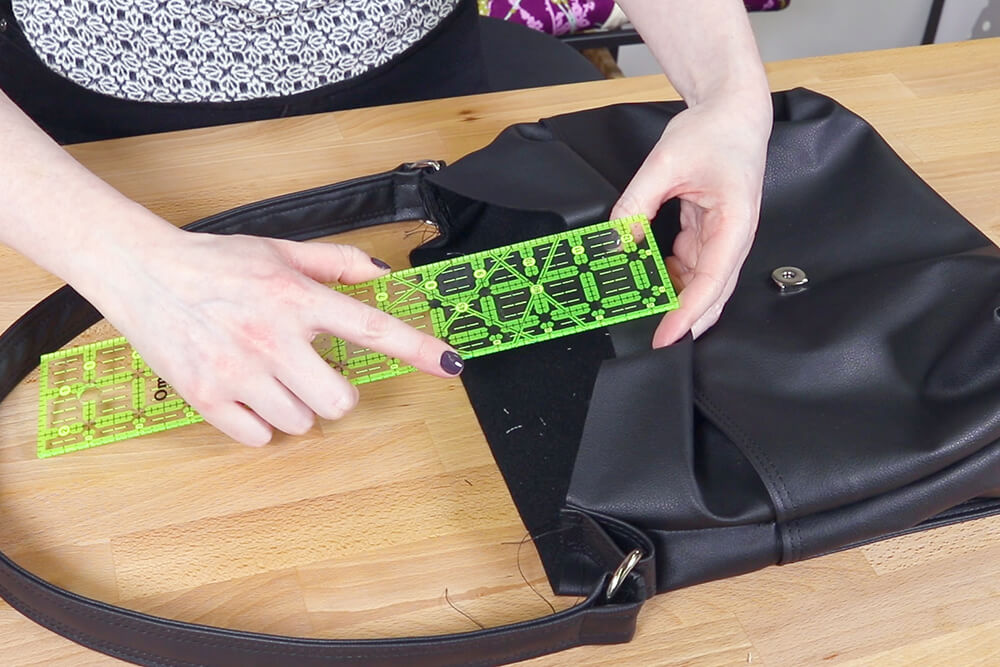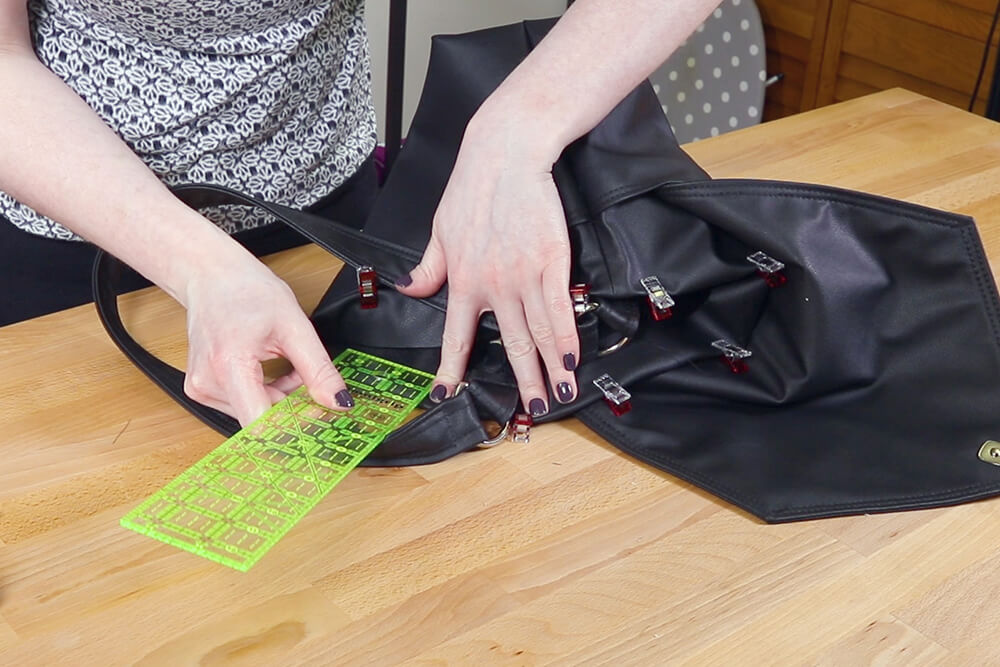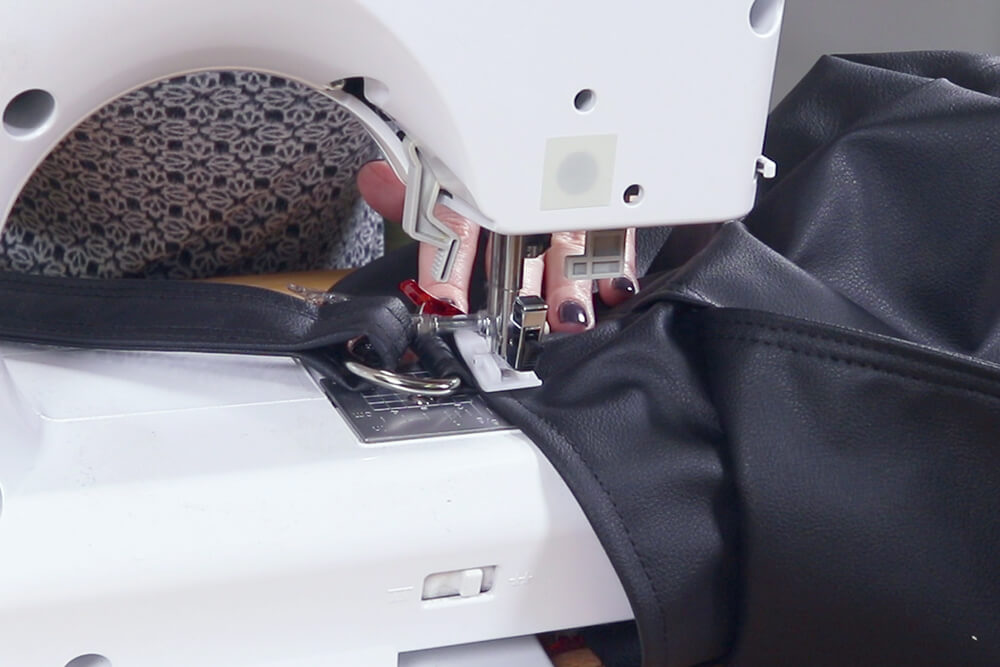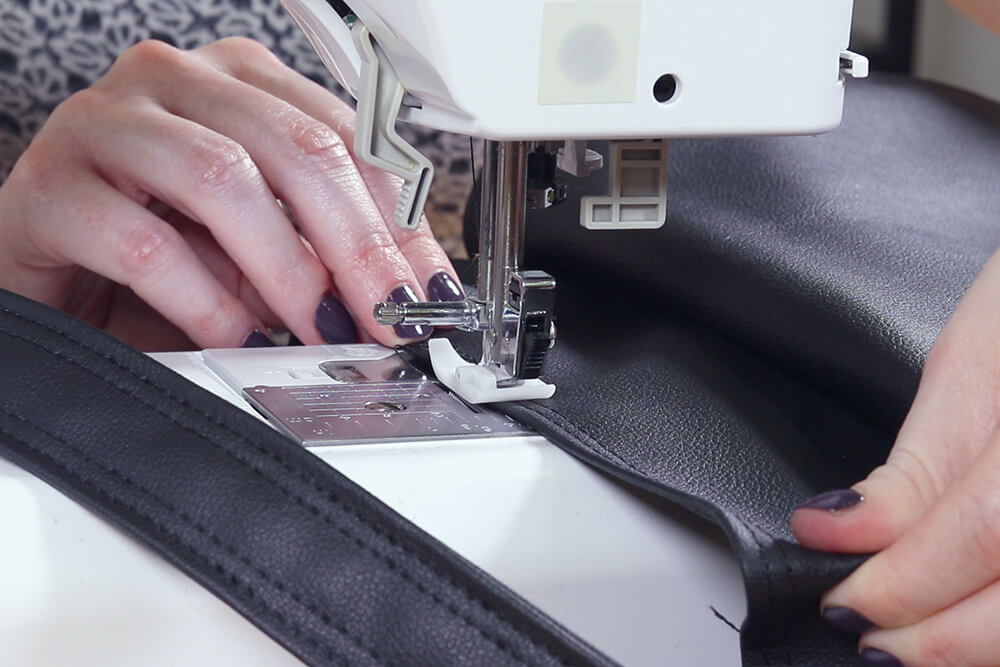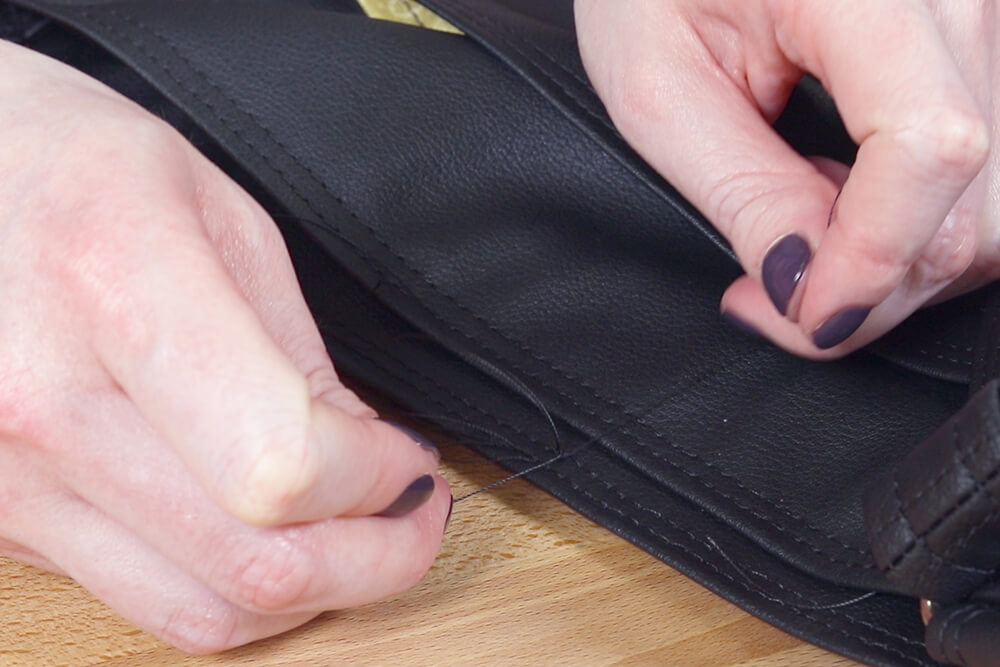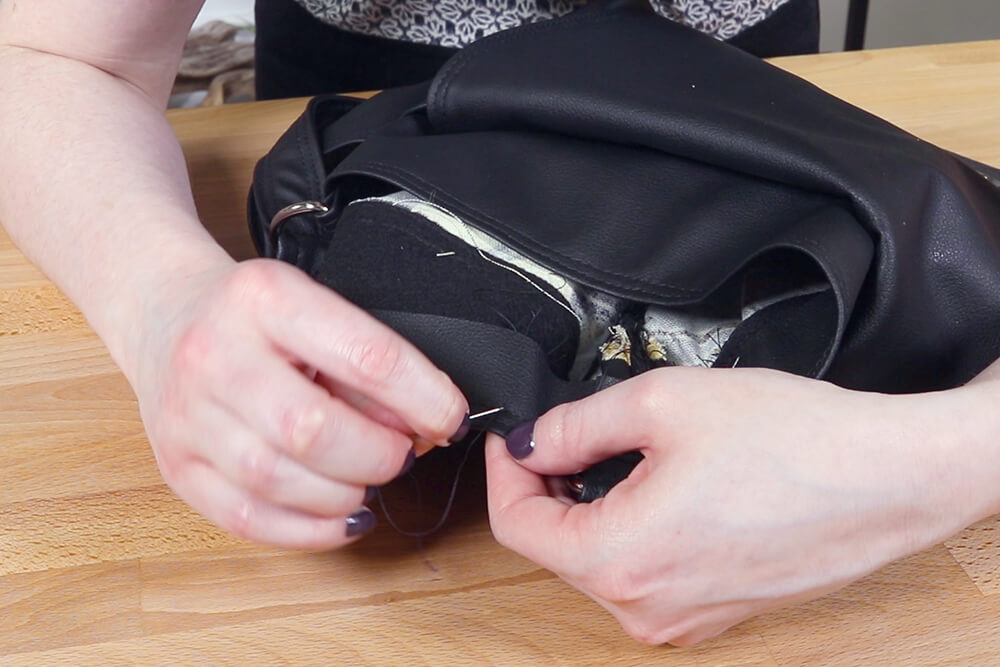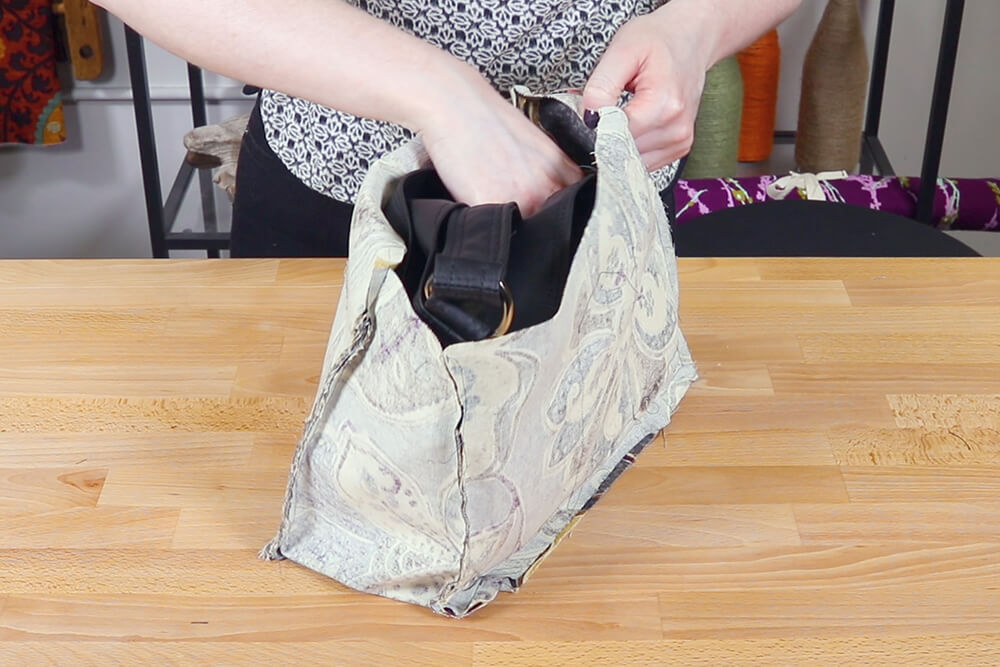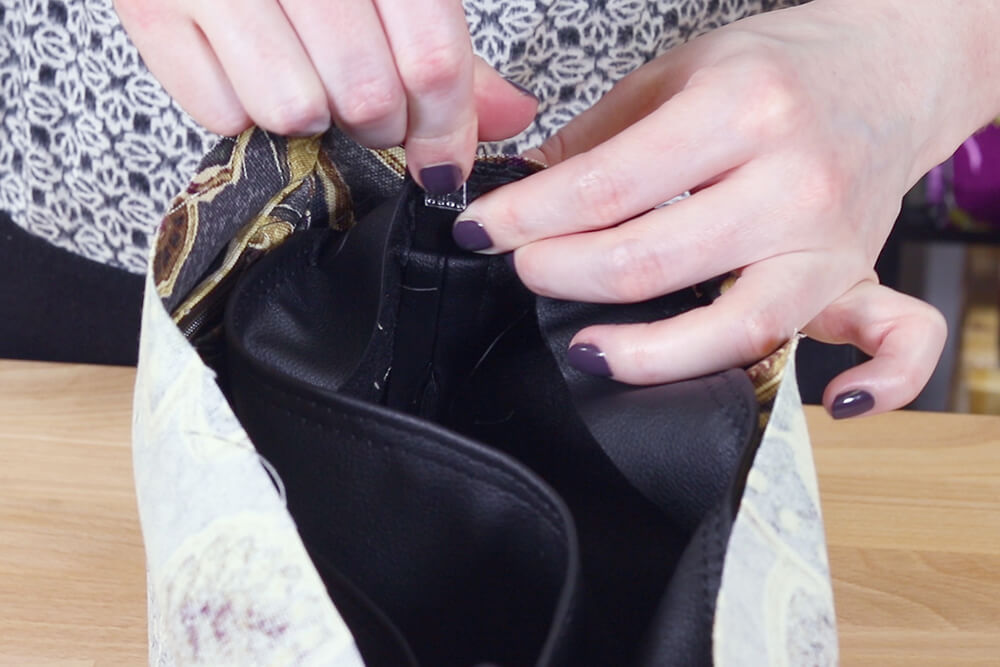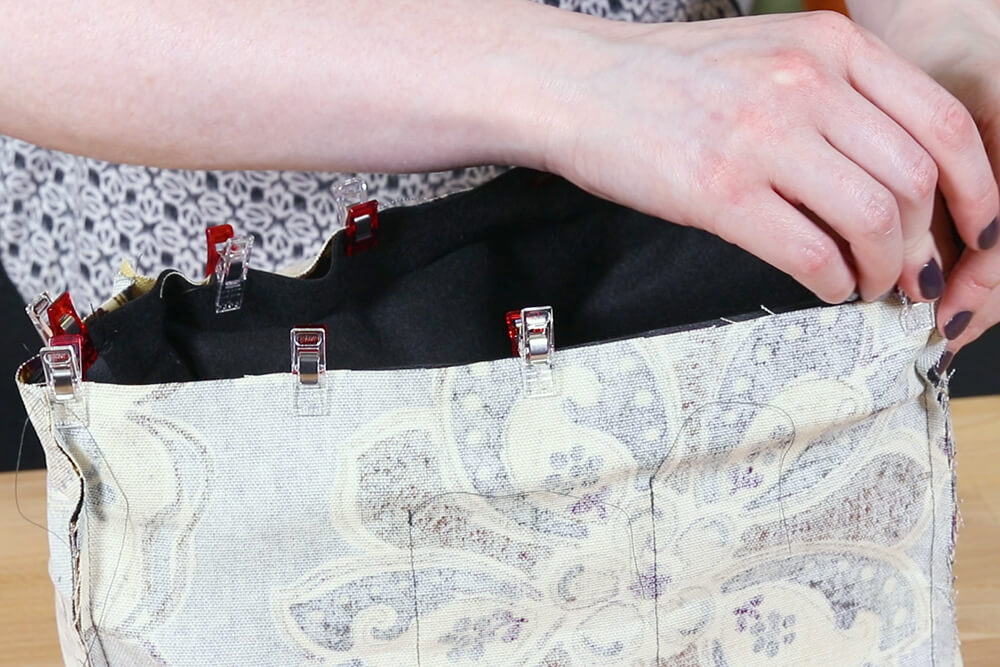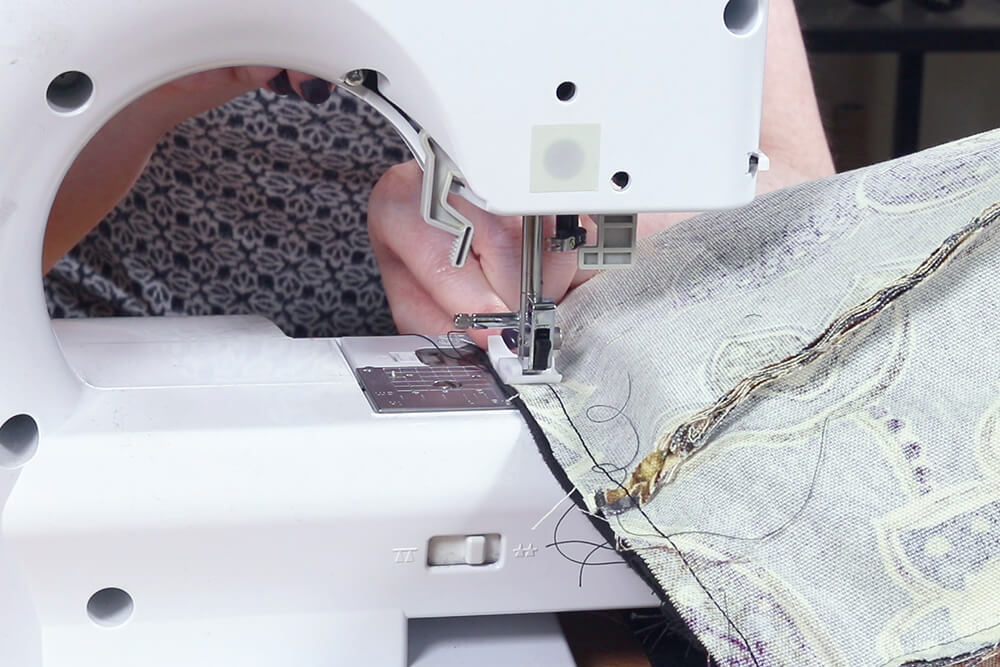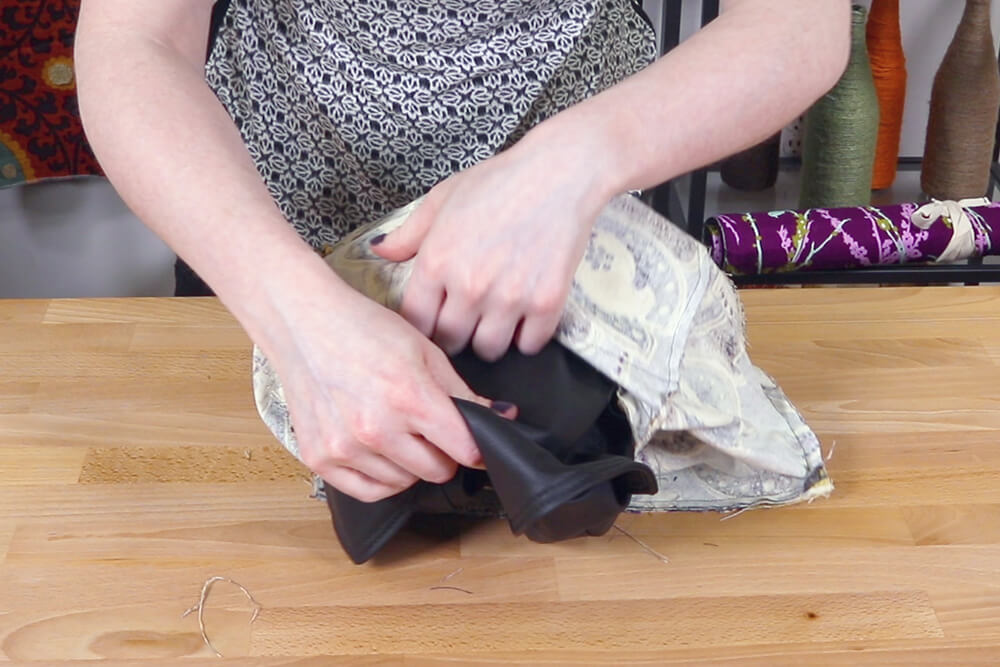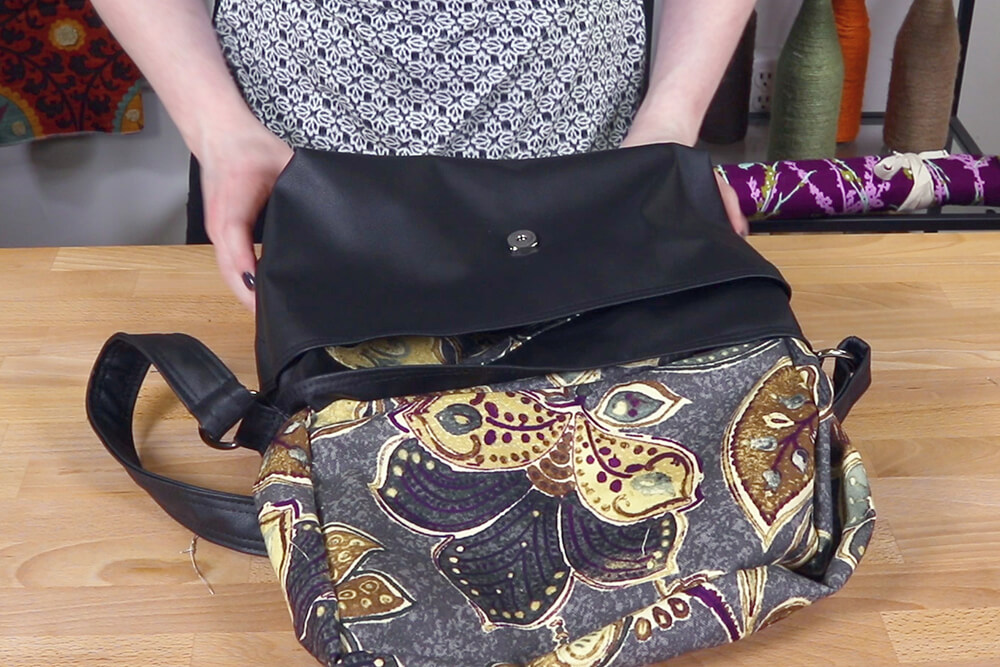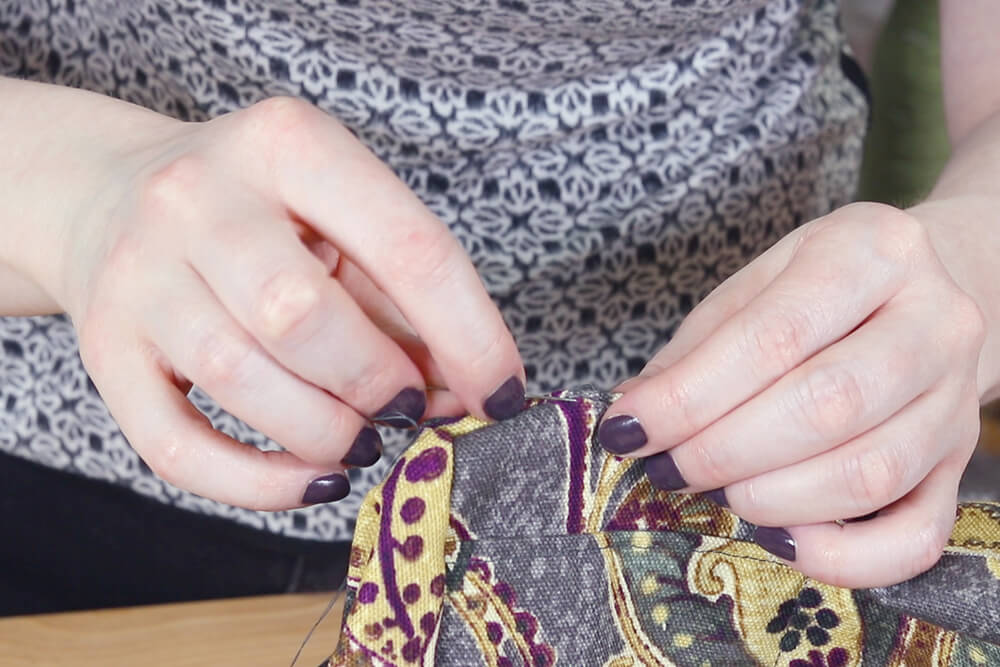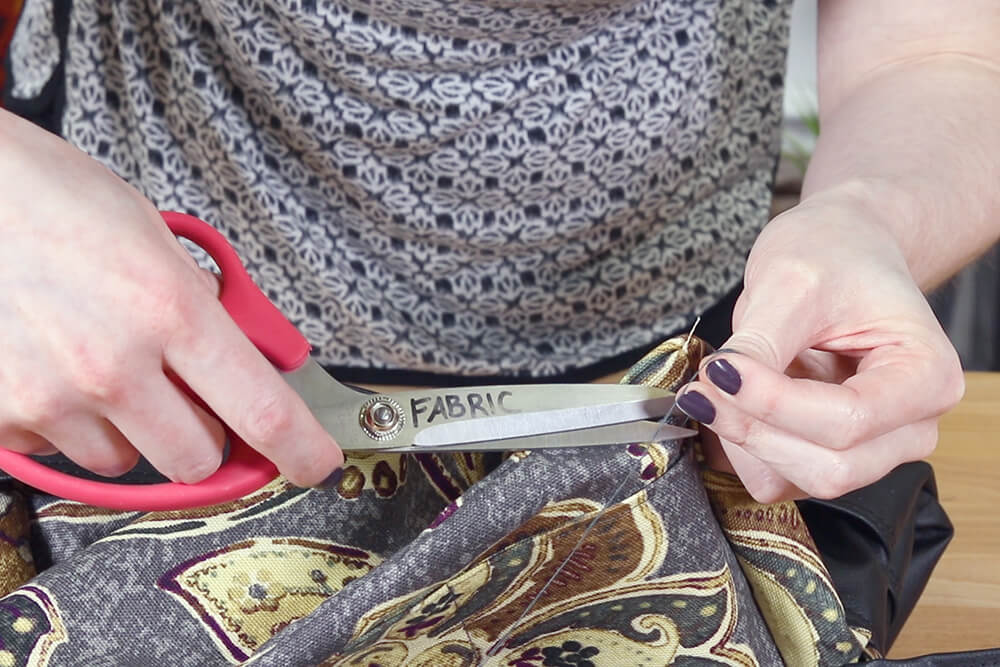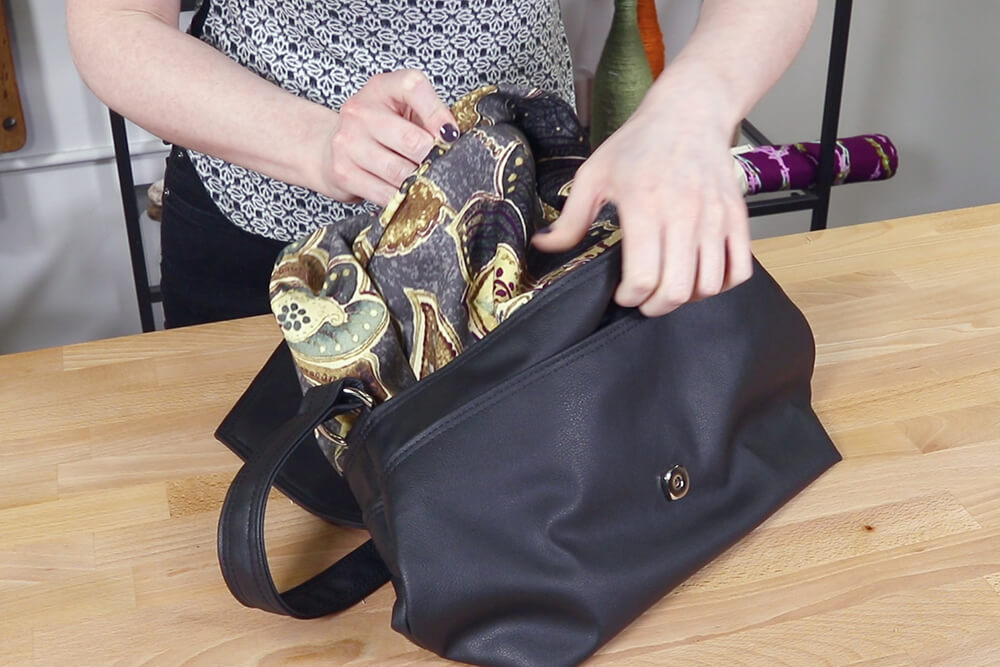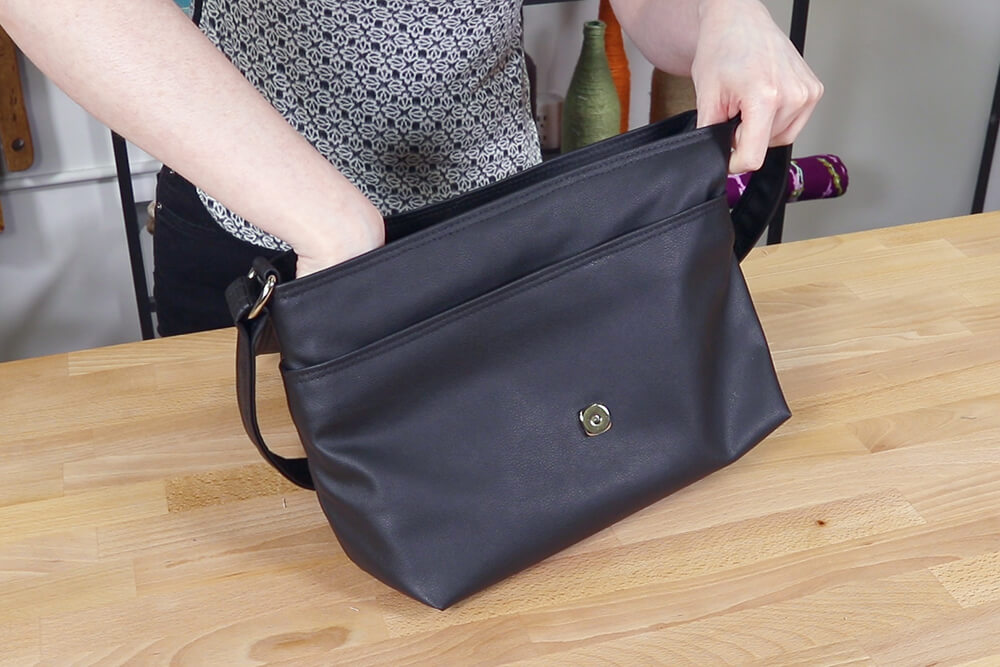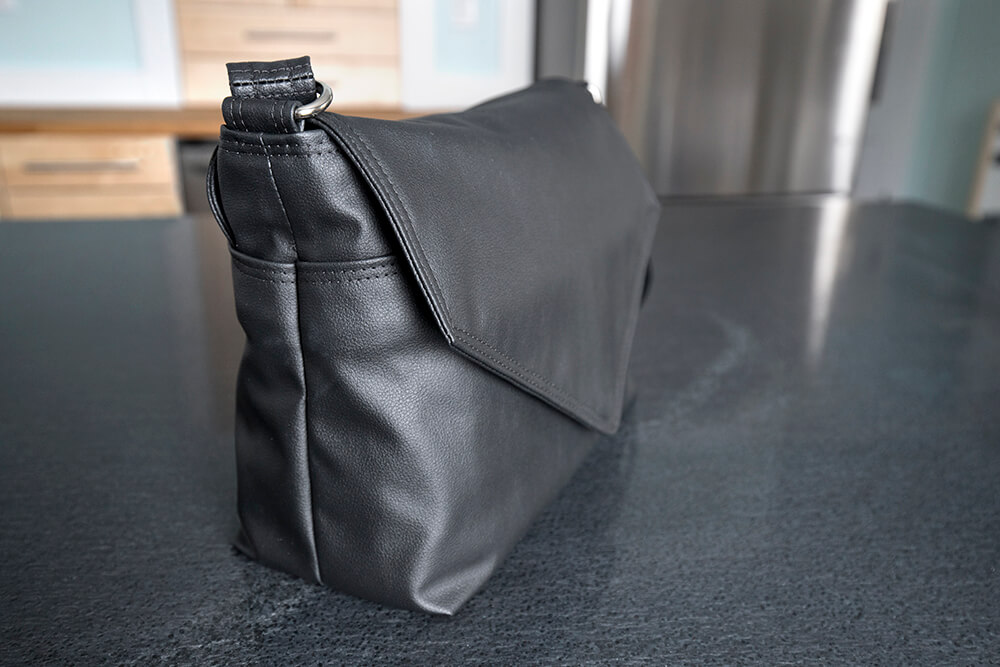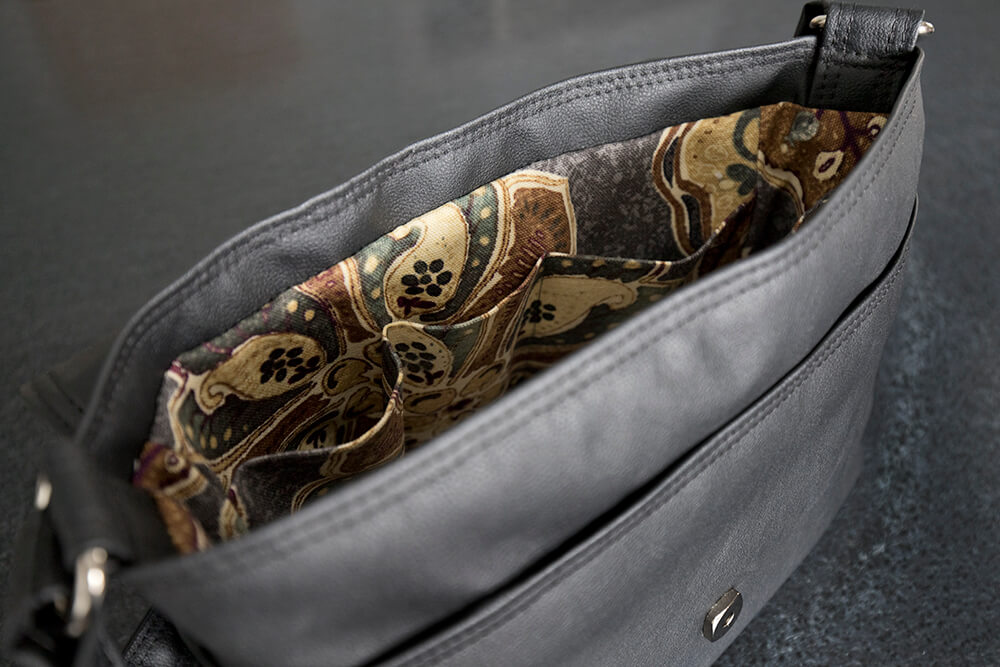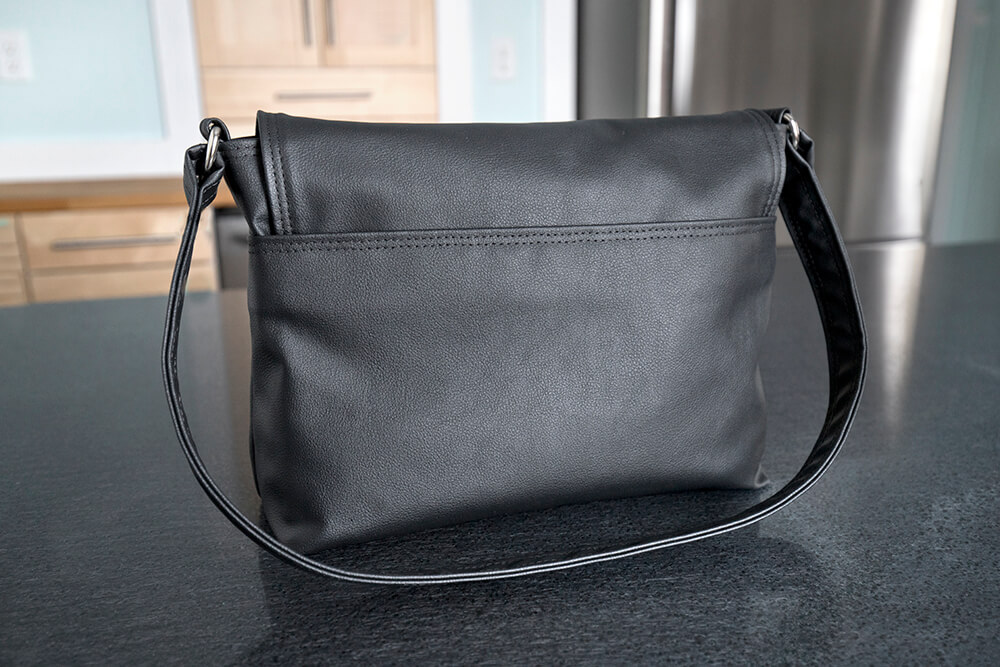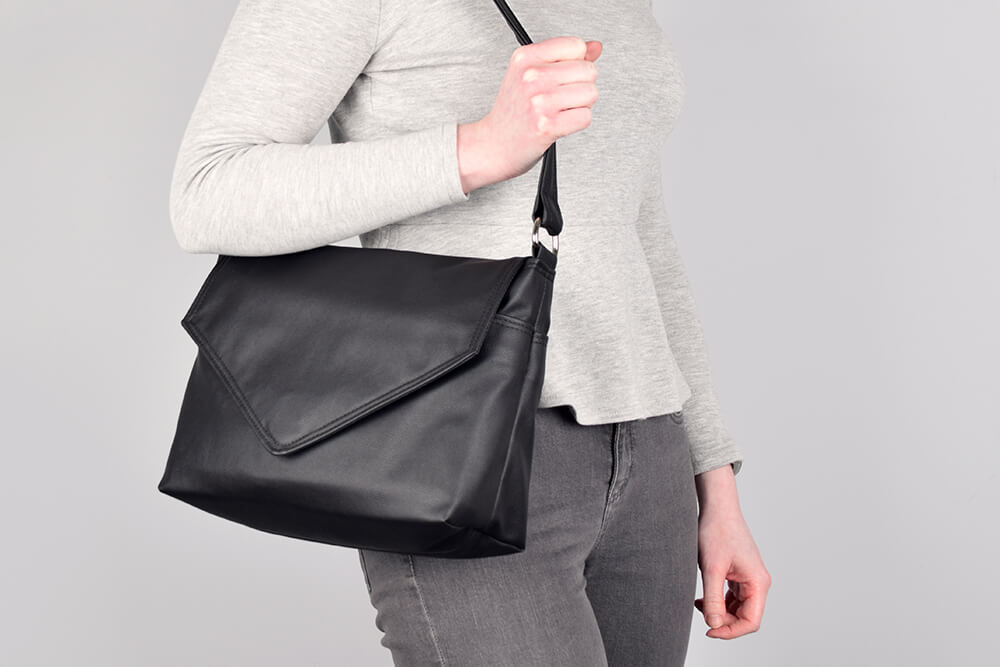How to Make a Faux Leather Vinyl Handbag
- By Clara
- Intermediate
Handbags and pocketbooks can be expensive, so why not make your own? If you’re not a fan of leather, vinyl is a great alternative because it’s less expensive and easier to work with. This handbag has pockets on the front and back, great for easy access to your phone and keys. There’s also plenty of interior storage space including a zipper compartment and interior pockets.
Sign up to our mailing list to get the FREE pattern and the printable PDF instructions.
Materials
- 1 yard of vinyl
- 1 yard of lining fabric
- Upholstery thread
- All-purpose thread
- 9" zipper
- Scissors
- Seam ripper
- Clips
- Pins
- Fabric marker or pencil
- Heavy stabilizer or cardboard
- Teflon presser foot
- Zipper foot
- Magnetic snap
- 2 D-rings (1 1/4")
- Contact cement (optional)
- Hand sewing needle
- Iron
Video
Instructions
Step 1: Cut out the fabric
Trace pattern pieces onto the vinyl.
Cut out 2 each of the outer top, the outer pocket, outer flap, and strap loops.
When choosing a vinyl fabric, you want to make sure it’s not too thick for a regular home sewing machine. I’m using Nassimi Persuasion vinyl, which is 28 ounces per square yard. It’s best to get a sample, fold it in half twice creating four layers, and test sewing it with your machine. You also want the vinyl to be soft and pliable.
To add more stiffness to the lining, iron a stabilizer like Pellon #809 Decor Bond Fusible Stabilizer to the back of all the lining pieces.
You can use many different types of fabrics for the lining. We’re using a drapery fabric.
With your lining fabric, cut out 1 piece of the lining gusset and lining pocket.
Step 2: Make the interior zipper compartment
Sandwich the ends of the zipper between the fabric and sew across 1/8 to 1/4 inch from the edge.
Do the same thing for the other end. You can unzip a little so the tab isn’t in the way.
Place the zipper on the top right side edge of one of the zipper compartment pieces. Place another piece on top with the right side down so all 3 edges line up. Pin or clip in place.
Step 3: Make the interior pockets
Place the pocket on the other lining front/back piece about 1 and 3/4 inches from the bottom and pin.
Step 4: Sew the lining gusset
Use the gusset pattern piece to mark the dotted line on the edges of the gusset fabric.
Center the side with the zipper compartment on the edge of the gusset with right sides facing and clip. Make sure you’re clipping the bottom of the zipper compartment here.
Step 5: Attach the magnetic snap
Place the pattern on one of the flap pieces. Poke a hole through the snap marking with a pin and mark the center dot.
Line up the metal backing on the dot and mark the two slots.
Use a seam ripper to cut slits just big enough for the prongs to fit through from the front side of the fabric.
You can use a heavy stabilizer or a piece of cardboard to reinforce the snap on the back.
Cut out a piece a little larger than the snap and cut the slits.
Slide it onto the back followed by the metal support. Use your fingers or pliers to bend down the prongs so they lay flat.
Step 6: Prepare your machine for vinyl
Before you start to sew, set up your machine for vinyl. We recommend using a Teflon presser foot because vinyl tends to stick when fed through the metal presser foot and needle plate. If you don’t have one, you can use matte tape on the bottom of your presser foot.
I’m using nylon upholstery thread because it’s stronger and thicker than regular thread. Thick thread looks best for top stitching.
You may need a larger needle, like a size 16, for this thread. Use a new universal needle or one made specifically for vinyl.
You’ll want to use a longer stitch length than usual with vinyl because having lots of needle holes close together perforates the vinyl, making it more likely to tear. I’m using 3.5mm, and for top stitching 4.5mm, because longer stitches look nicer.
Test out your stitching before starting. The tension will probably have to be adjusted because of the thickness of the fabric and thread. If you use a normal tension, knots will show on the back of the fabric, and the stitches might look loose. Set it so the stitches look uniform and the same on the front and back.
Step 7: Sew the outer pockets
Line up the top edges of the outer pocket and outer pocket lining with right sides facing. Clip the fabric together instead of pinning because pins will create permanent holes.
Sew with a 1/2″ seam allowance.
On the outer pocket pieces, fold the vinyl 1 inch above the lining seam and clip.
Change the stitch length to 4.5mm whenever top stitching the vinyl. Stitch 1/4 inch from the fold. Sew slowly and carefully when top stitching vinyl so you don’t have to rip out stitches and leave visible holes.
Sew another line of top stitching between the first and the edge of the vinyl. This is mostly decorative, but also helps flatten the fold.
Step 8: Sew the flap
Next, sew the flap pieces together.
Cut the seam allowance off the sides and bottom of the pattern piece and trace it onto the back of one of the flaps.
Top stitch 1/4″ from the edge of the sides and bottom. Don’t forget to switch to a 4.5mm stitch length for top stitching.
To make the flap stiffer, cut out a piece of Pellon Ultra-Firm Stabilizer and slide it between the two layers of vinyl. This helps the bag keep its shape better when carrying it.
Top stitch again 1/8″ or less from the edge.
The curve can be tricky, so I like to use the hand wheel instead of the pedal to have better control.
Step 9: Sew the outer bag together
Next sew the outer pocket piece with the snap and the outer top piece together.
Line up the bottom edge of the outer top and the lining with right sides facing.
Now we’re going to do the same thing on the other side, but sandwich the flap in between.
Place the outer top piece with the right side facing up. Line up the bottom edges of the flap and outer top piece. The snap on the flap should be facing down. Align the edge of the outer pocket lining facing down.
Sew down the sides with a 1/2″ seam allowance and a 3.5mm stitch length. You may want to use the hand wheel here for the thicker parts.
At this point you can turn it right side out to see if you want to glue the seams open. The seams don’t lie very flat, so if you want them to look crisper you can use contact cement on the side and bottom seams.
Brush on contact cement so a 1 inch area from the edge is covered. I’m also gluing just the top of the side seams.
Let it sit for the specified time on your contact cement, which is 20 minutes for me.
Fold back the edges so they stick.
Turn the bag to the other side and do the same thing.
Pinch the bottom corners together so the seams line up and clip in place. Sew both corners with a 1/2″ seam allowance.
Step 10: Make the straps
On the back of the two smaller strap pieces, mark a center line.
Fold both sides to the middle line and clip.
Top stitch 1/4″ from the edges. Then top stitch again 1/8″ from the edges.
Take the two long strap pieces and mark a center line.
Sew the ends together with right sides facing and a 1/2″ seam allowance.
Open the seam and sew down each side.
Fold one edge to the center line and top stitch 1/4″ from the edge all the way around.
When top stitching, it looks best not to back stitch unless it will be hidden.
Do the same thing for the other edge.
About 1 inch from the ring, sew across, then turn and top stitch 1/8″ from the edge.
Stop when you get 1 inch away from the other ring. Sew across and down the other side until you get back to the beginning.
Make sure to leave extra thread at the ends.
Step 11: Sew the outer bag and lining together
Line up the bottom edge of the strap loop with the top of the bag so it;s centered on the side seam.
Clip in place and sew 1/4″ from the edge. Repeat for the other strap loop.
Fold the top down 1 and 1/2″ and clip all the way around.
Top stitch two lines around the top. When sewing over the straps, use the hand wheel so the needle doesn’t break.
Place the outer bag inside the lining so the right sides are facing. Fold up the raw edge of the vinyl and clip to the edge of the lining.
Sew all the way around with a 1/2″ seam allowance.
Hand stitch the opening in the lining closed.
Learn how to sew an invisible stitch here.
Tuck the lining into the bag, and it’s complete!
Check out our selection of vinyl fabric.

